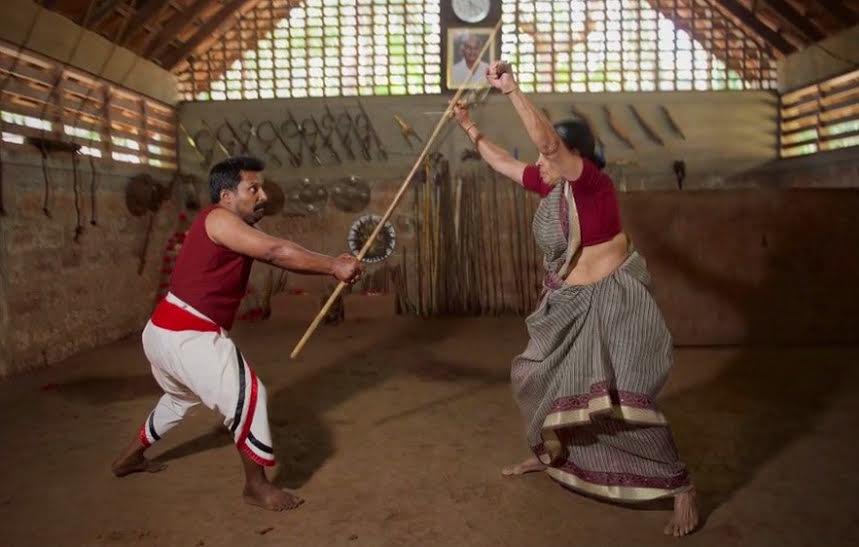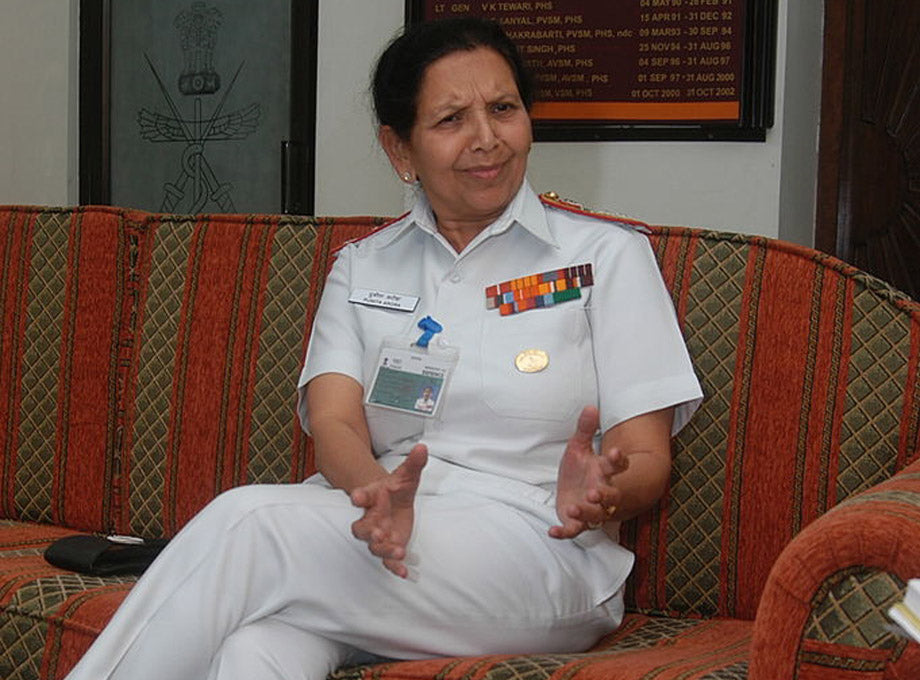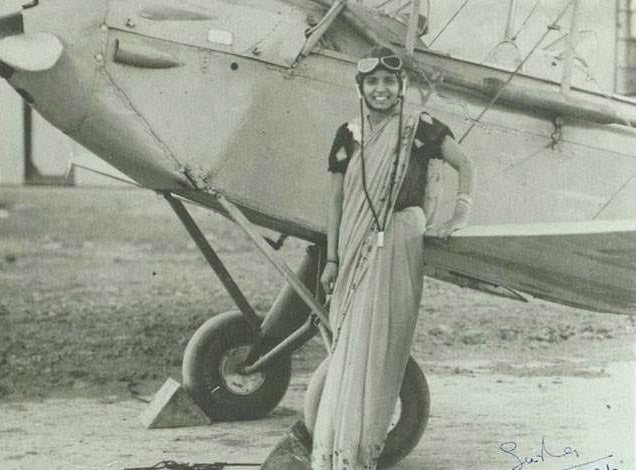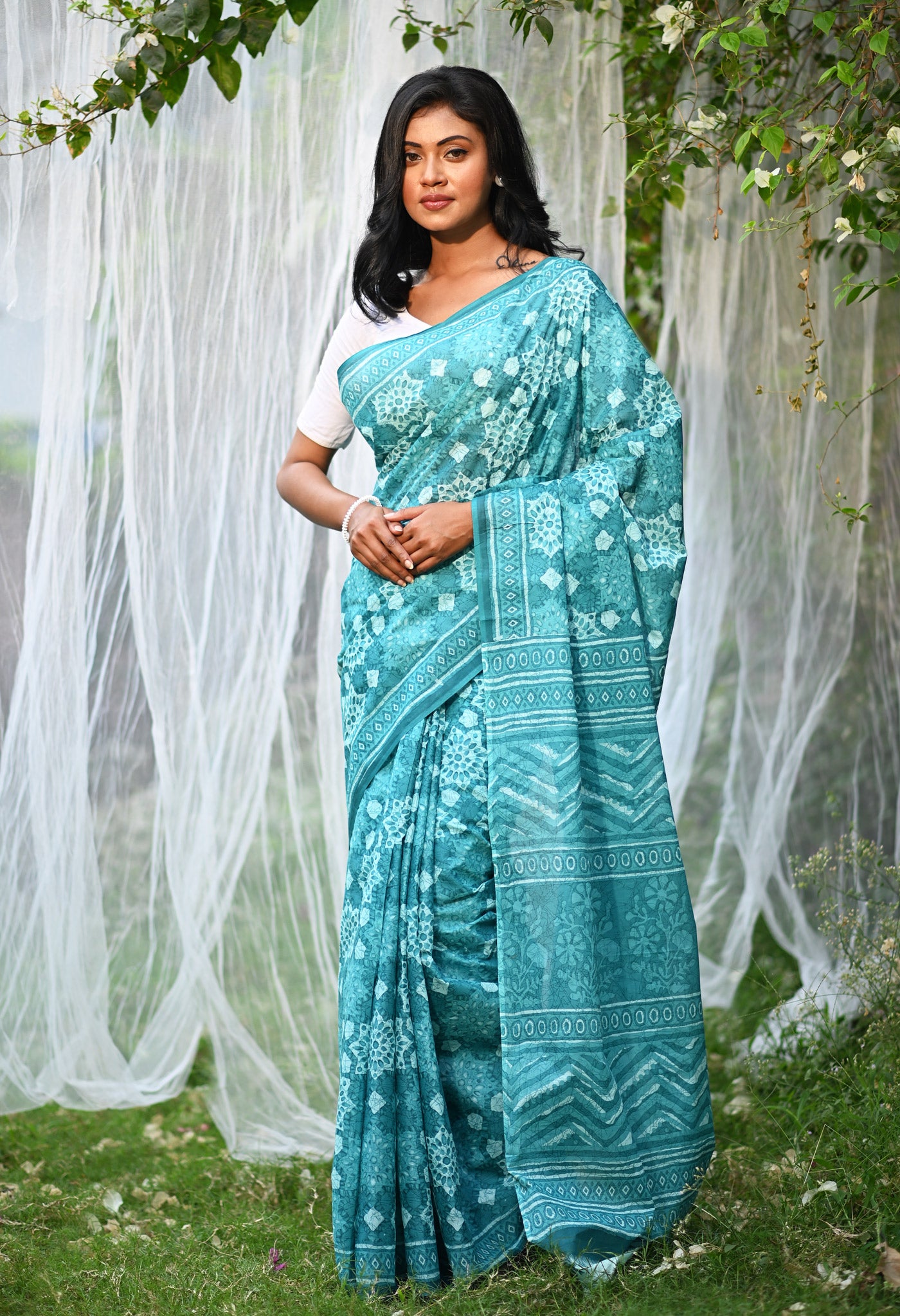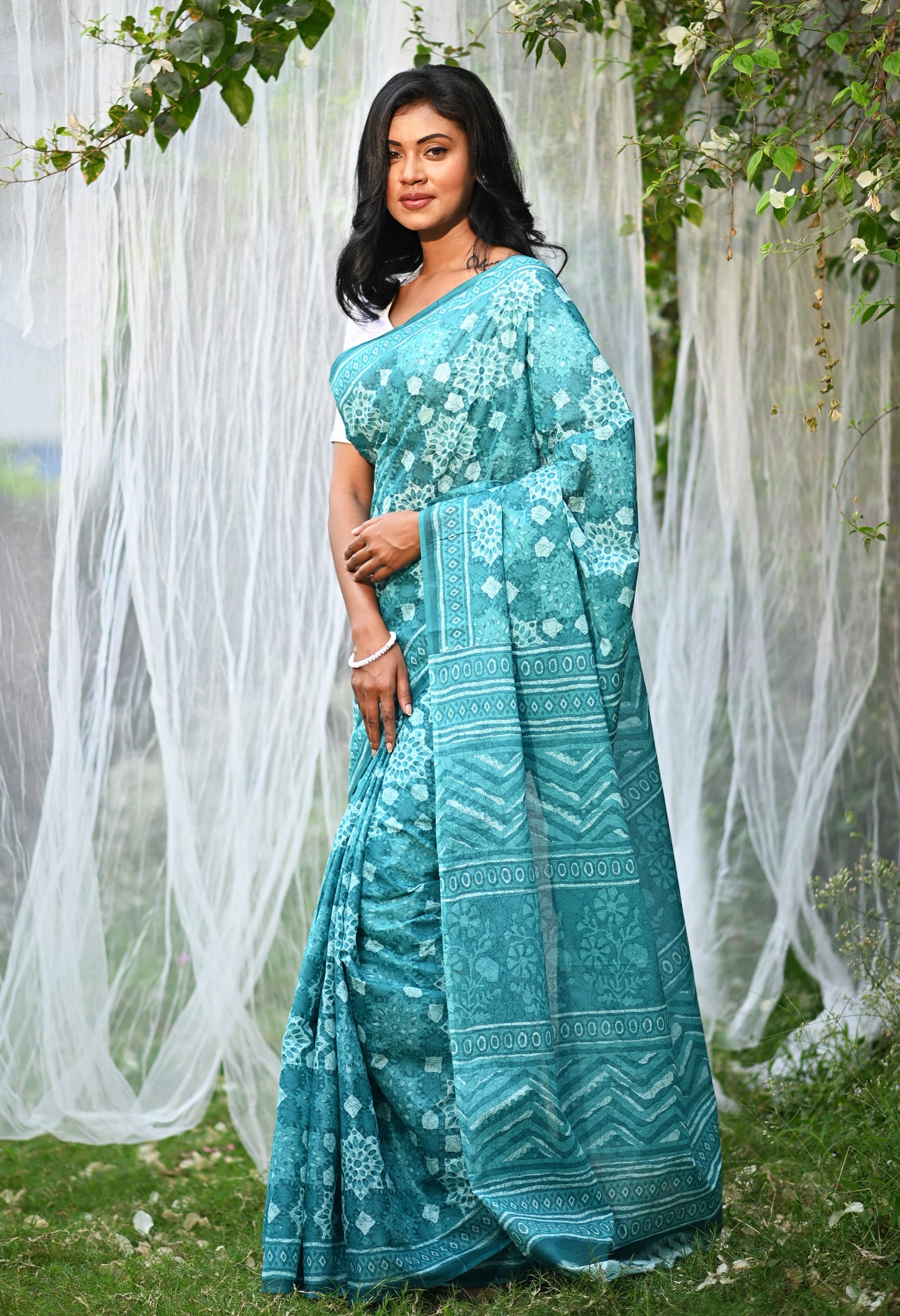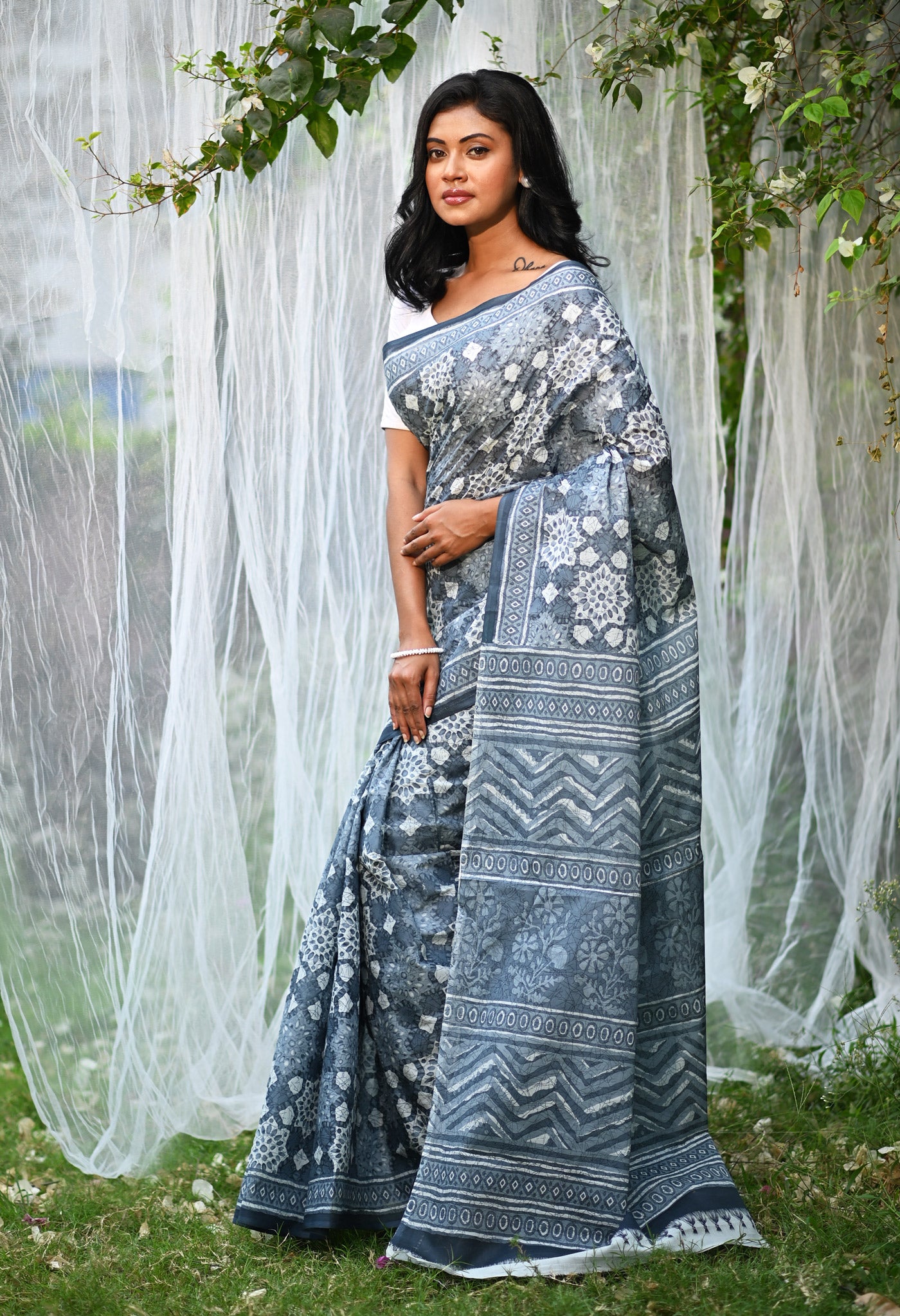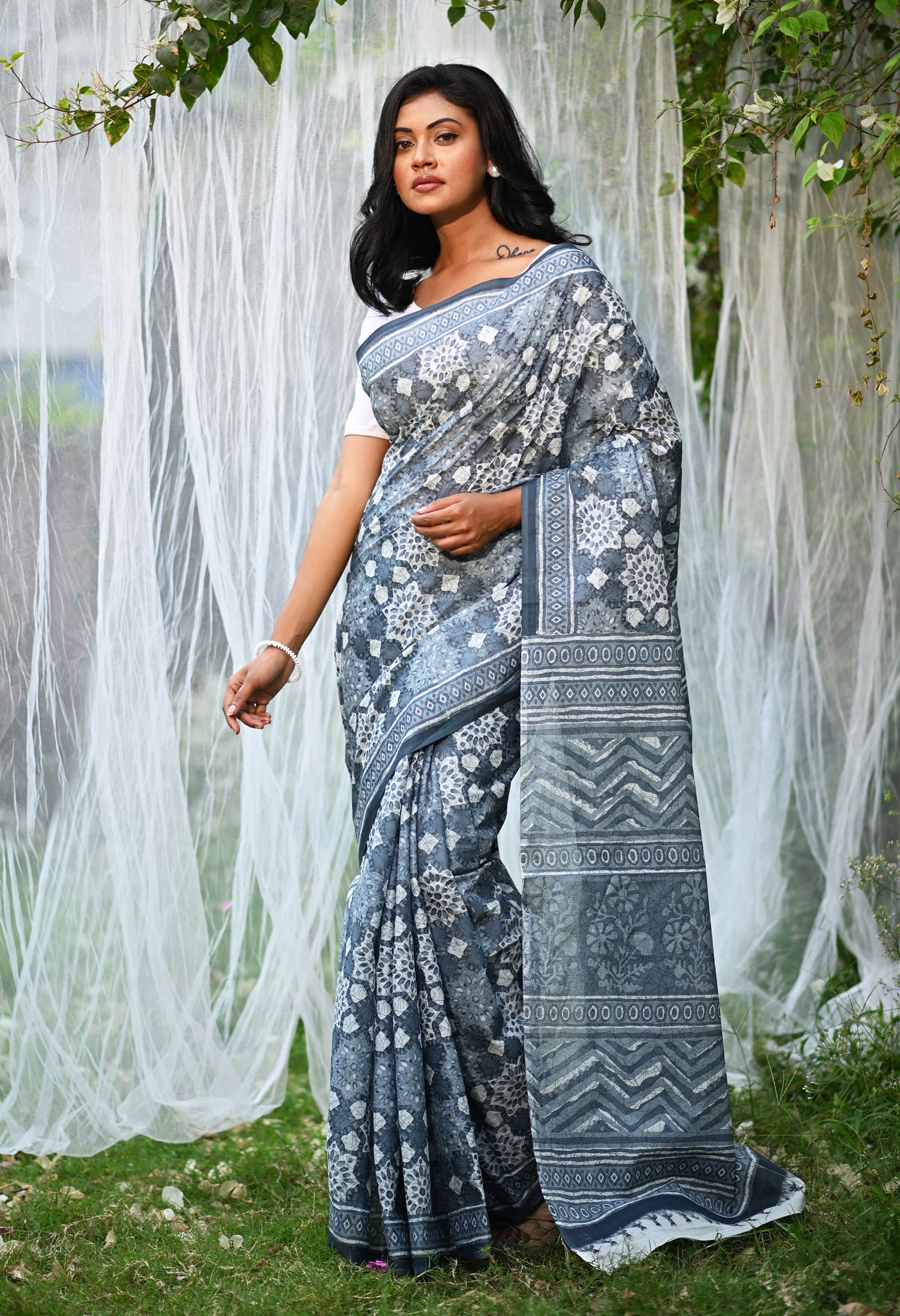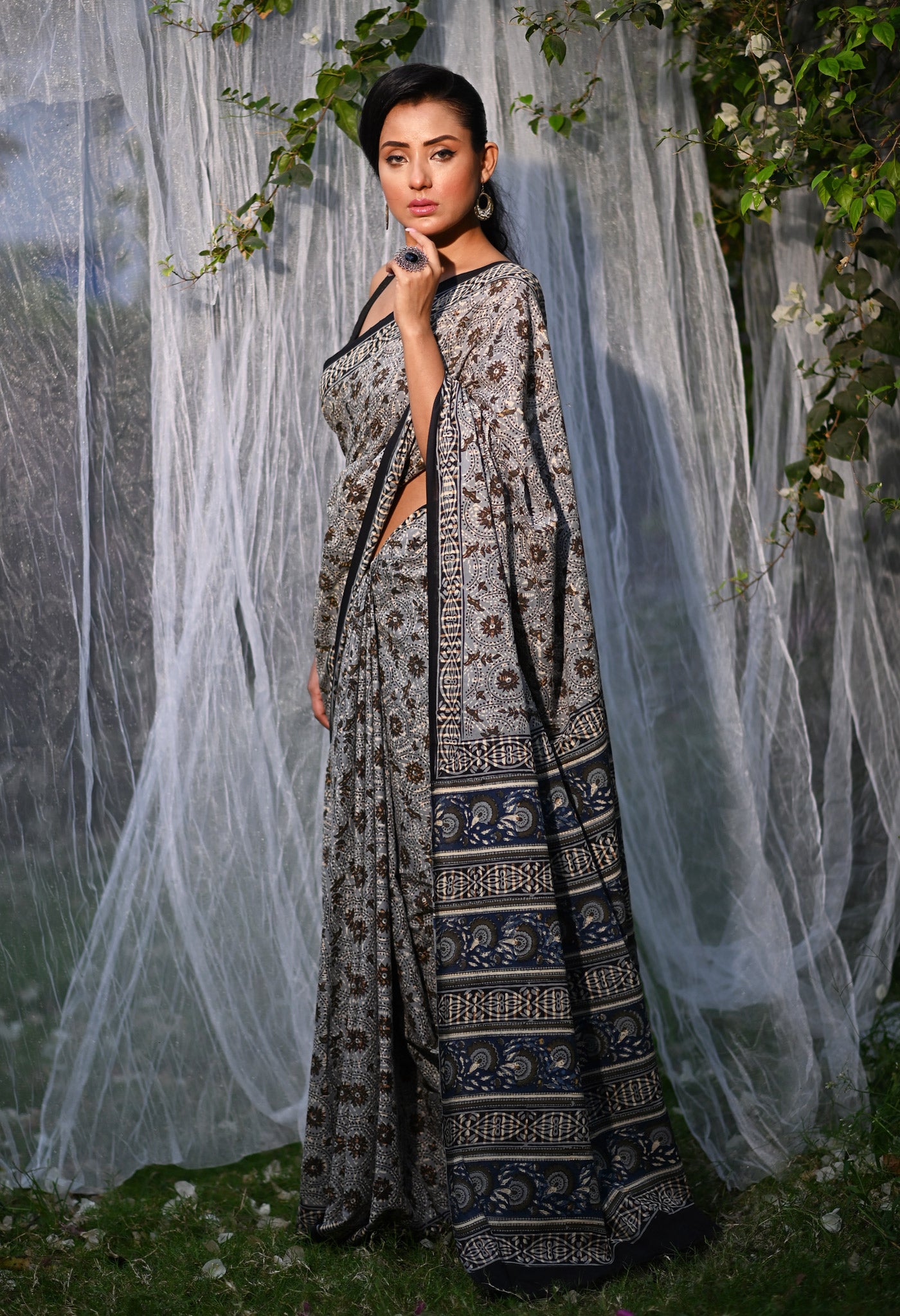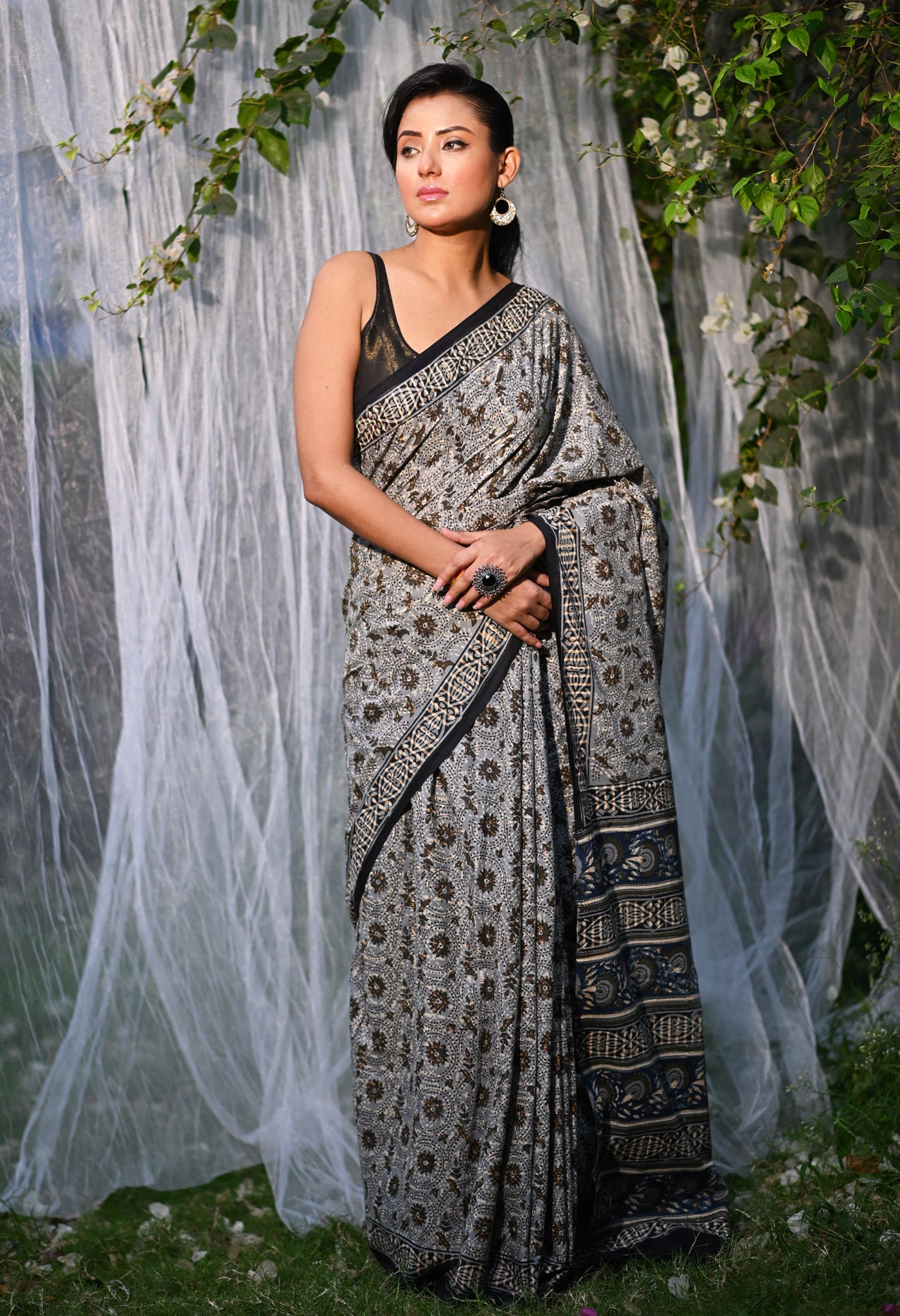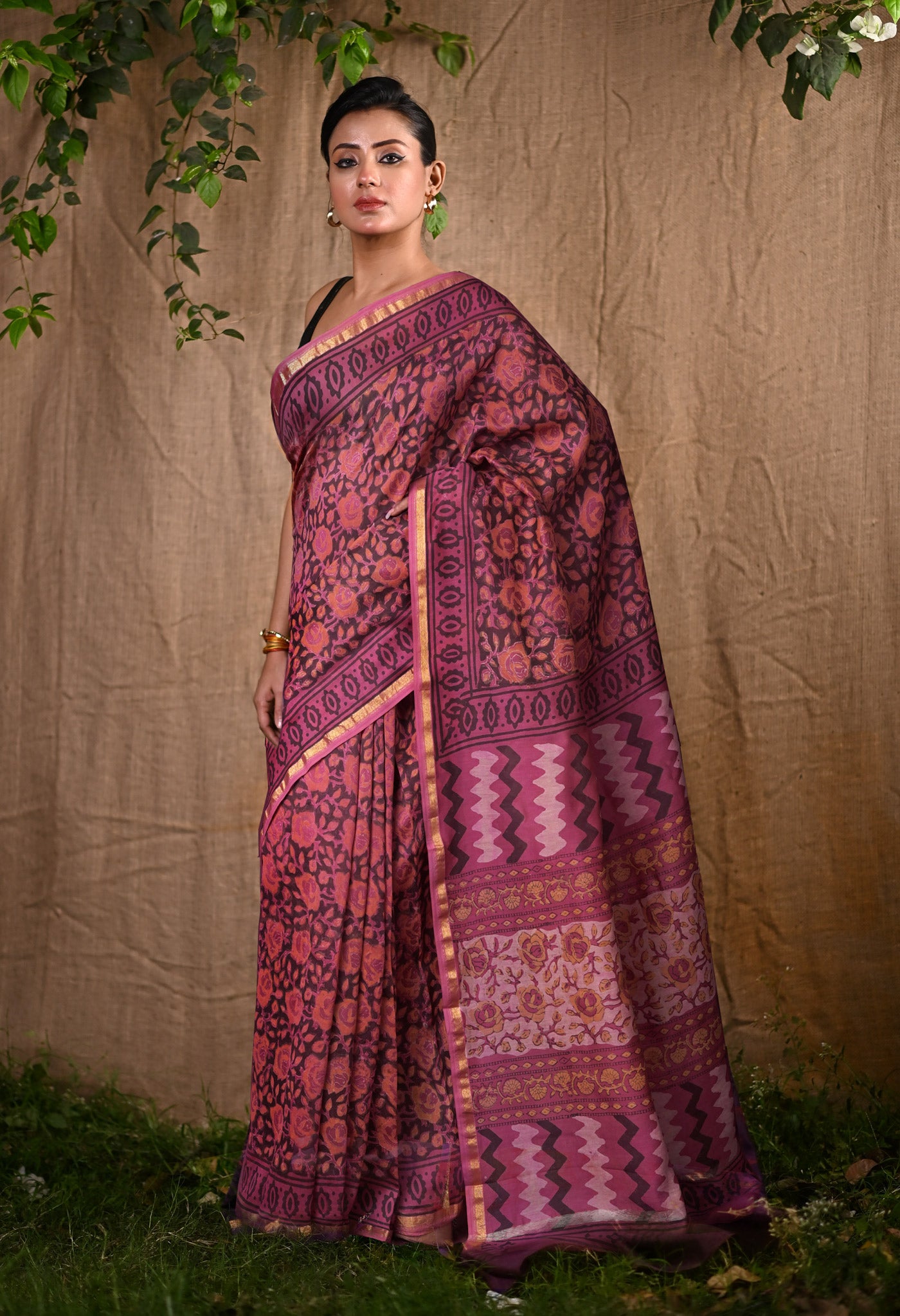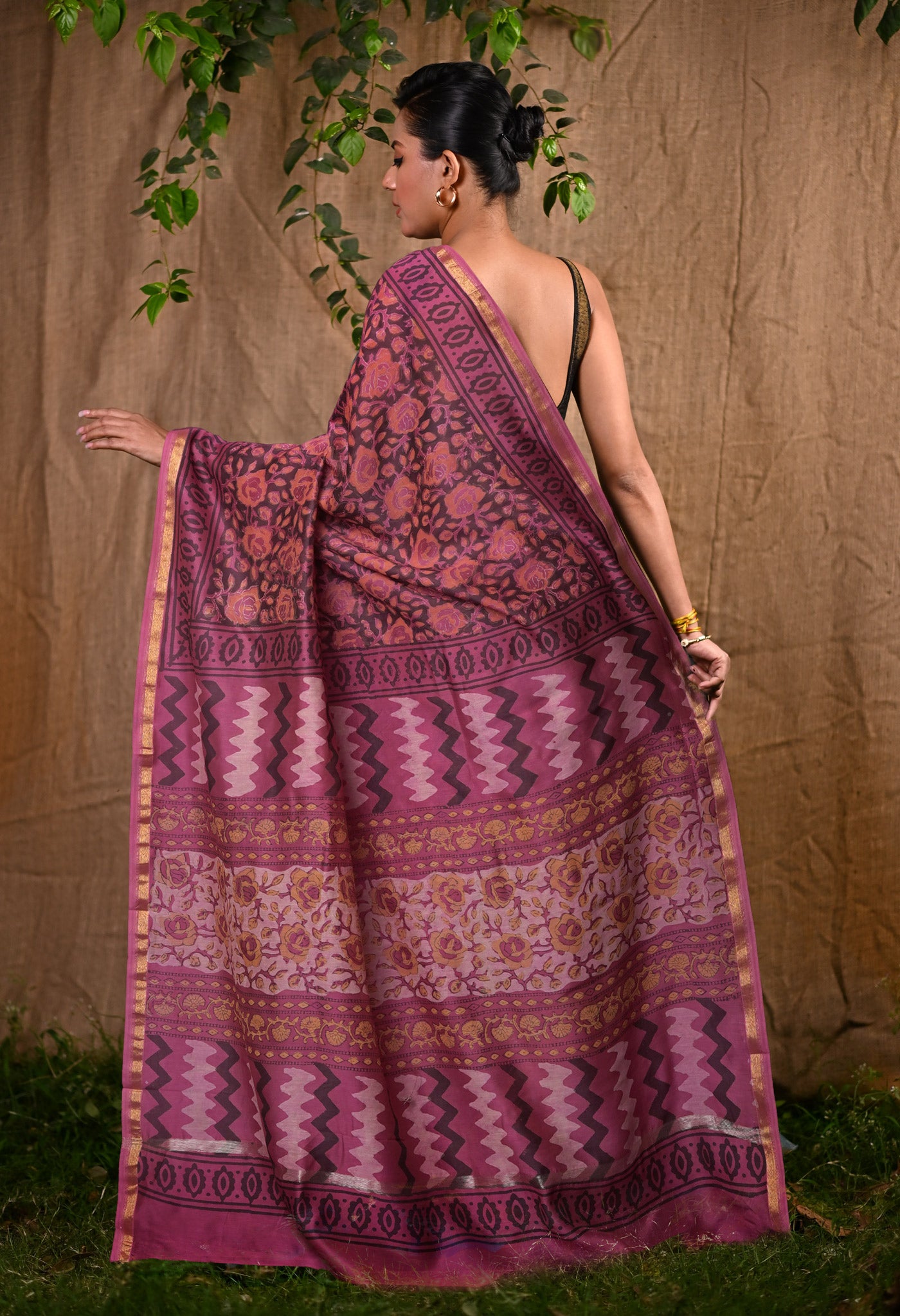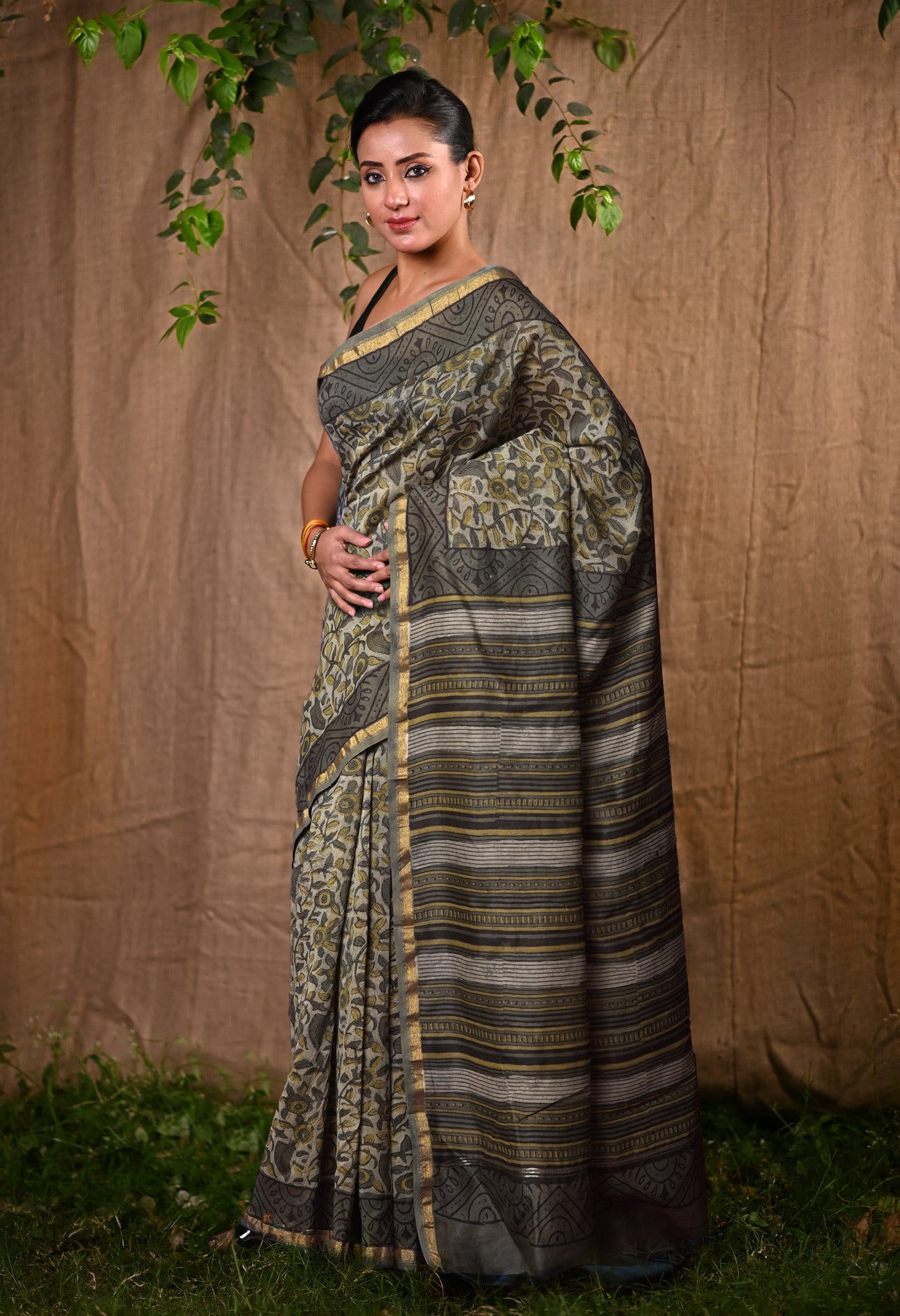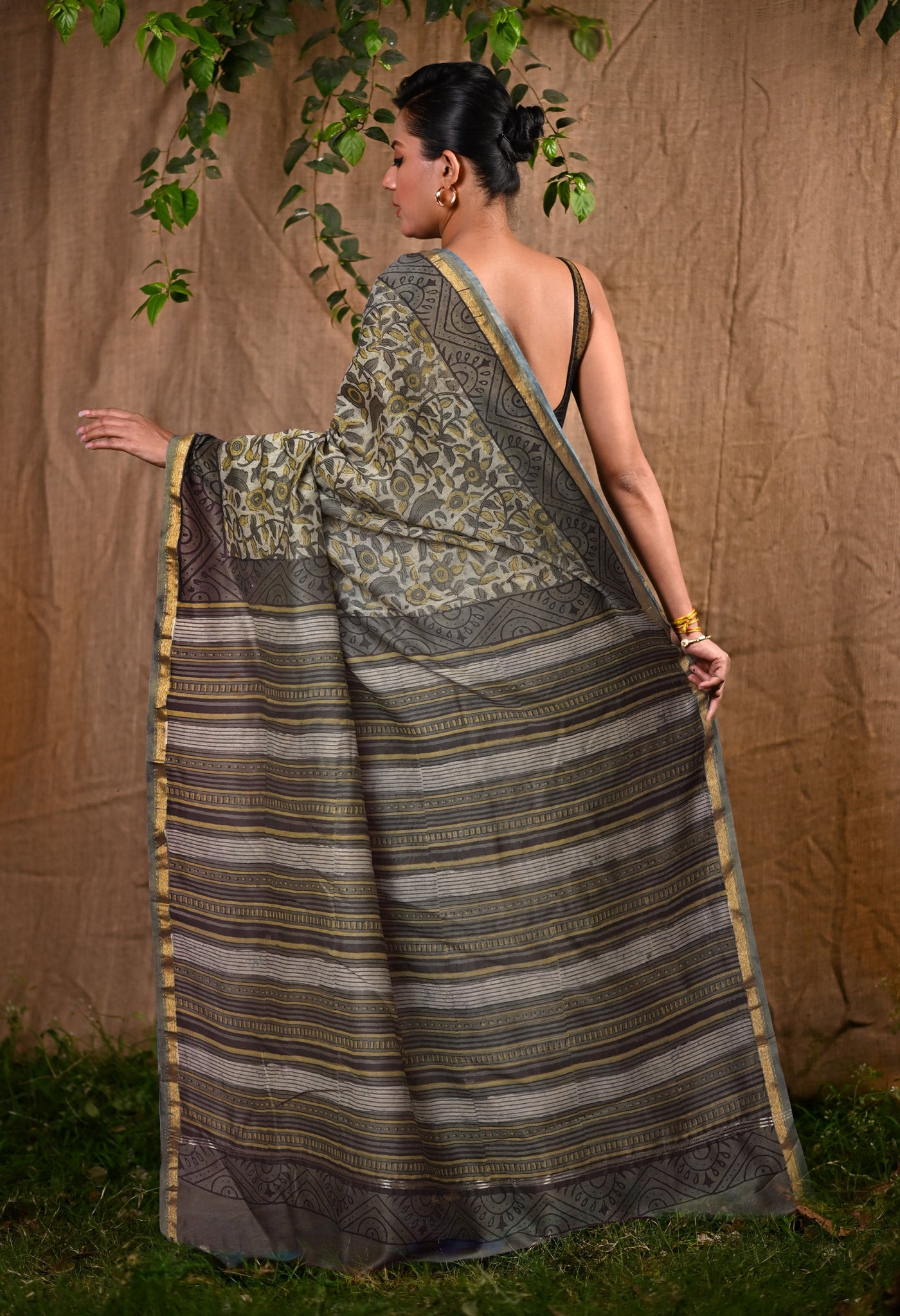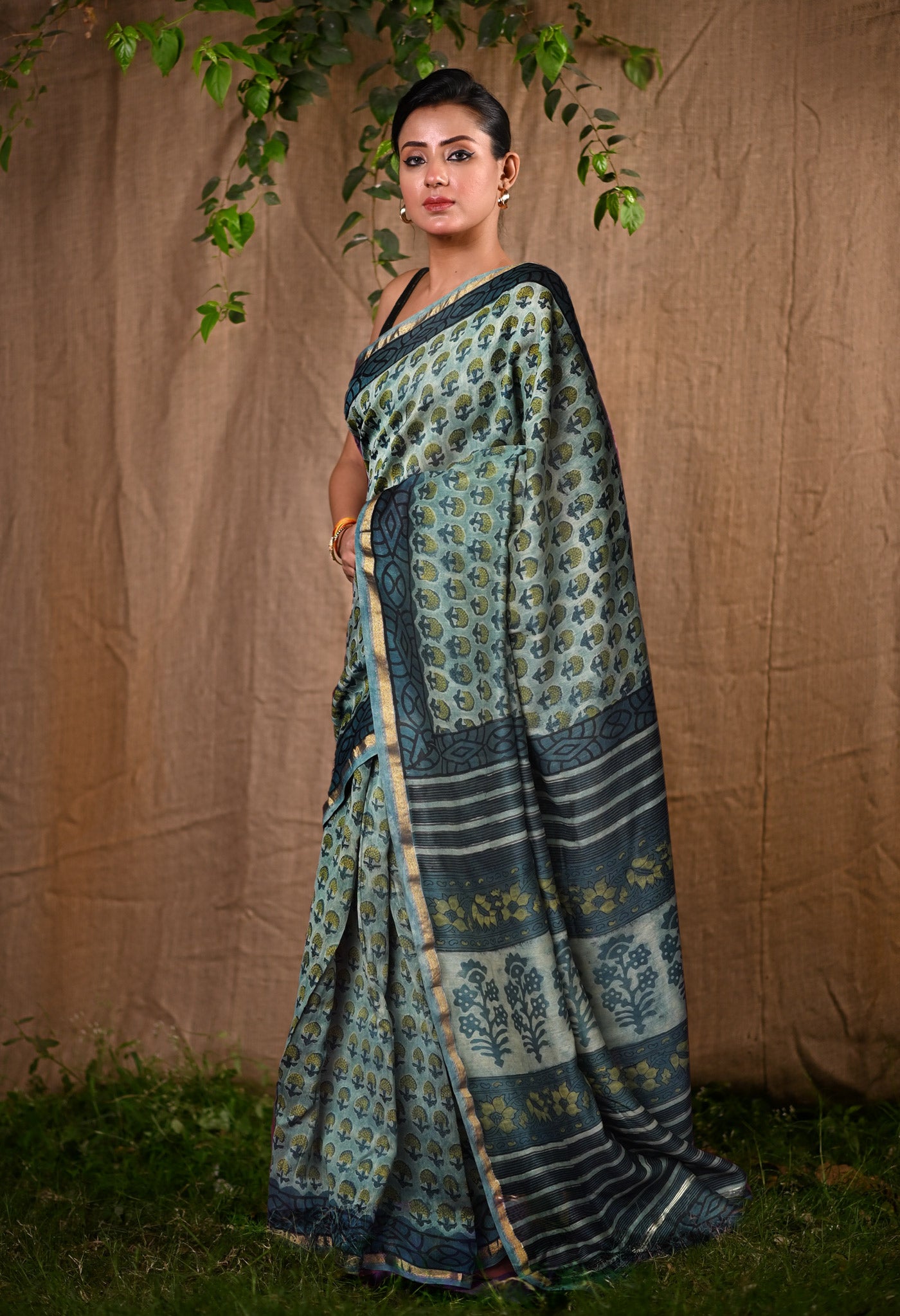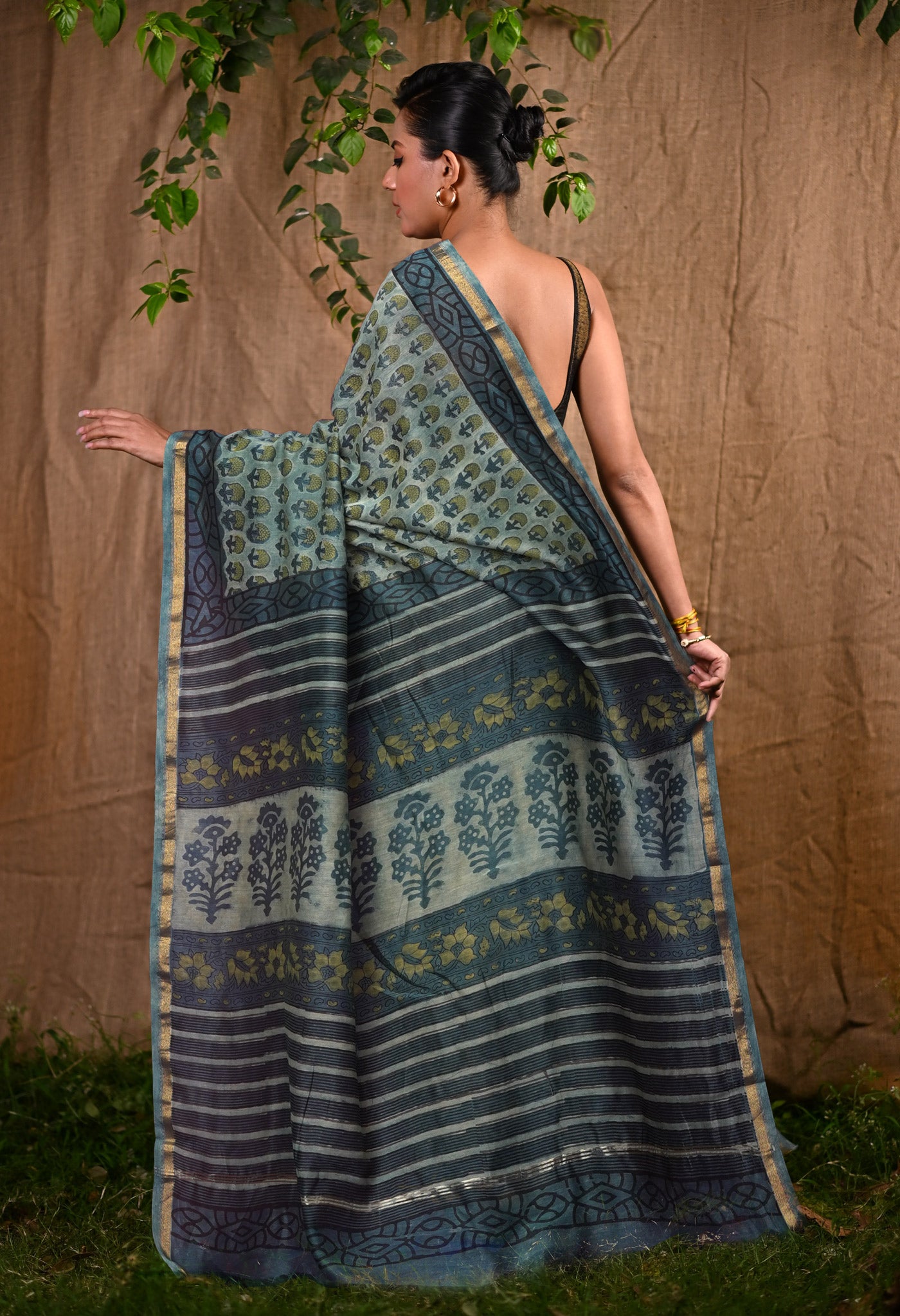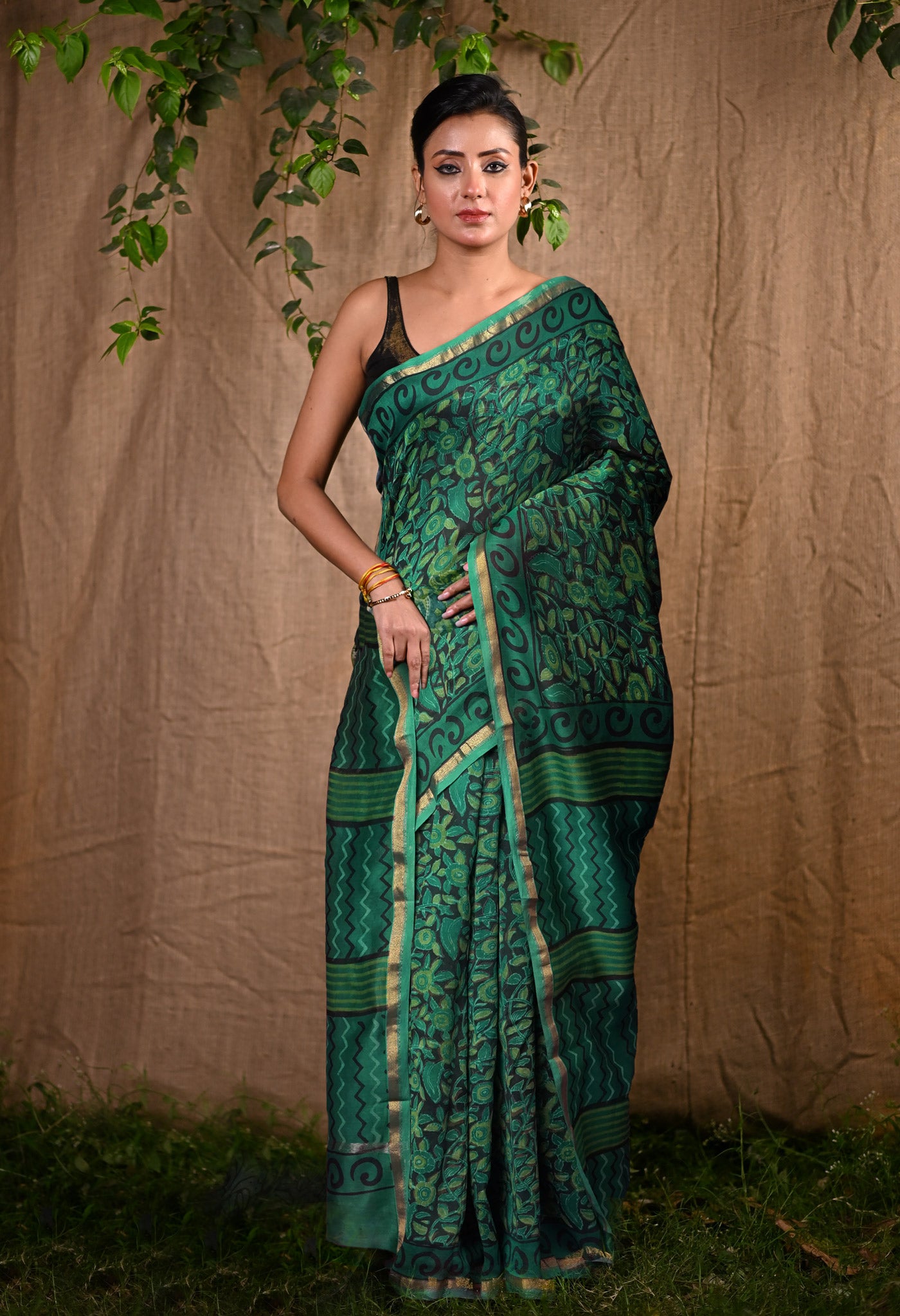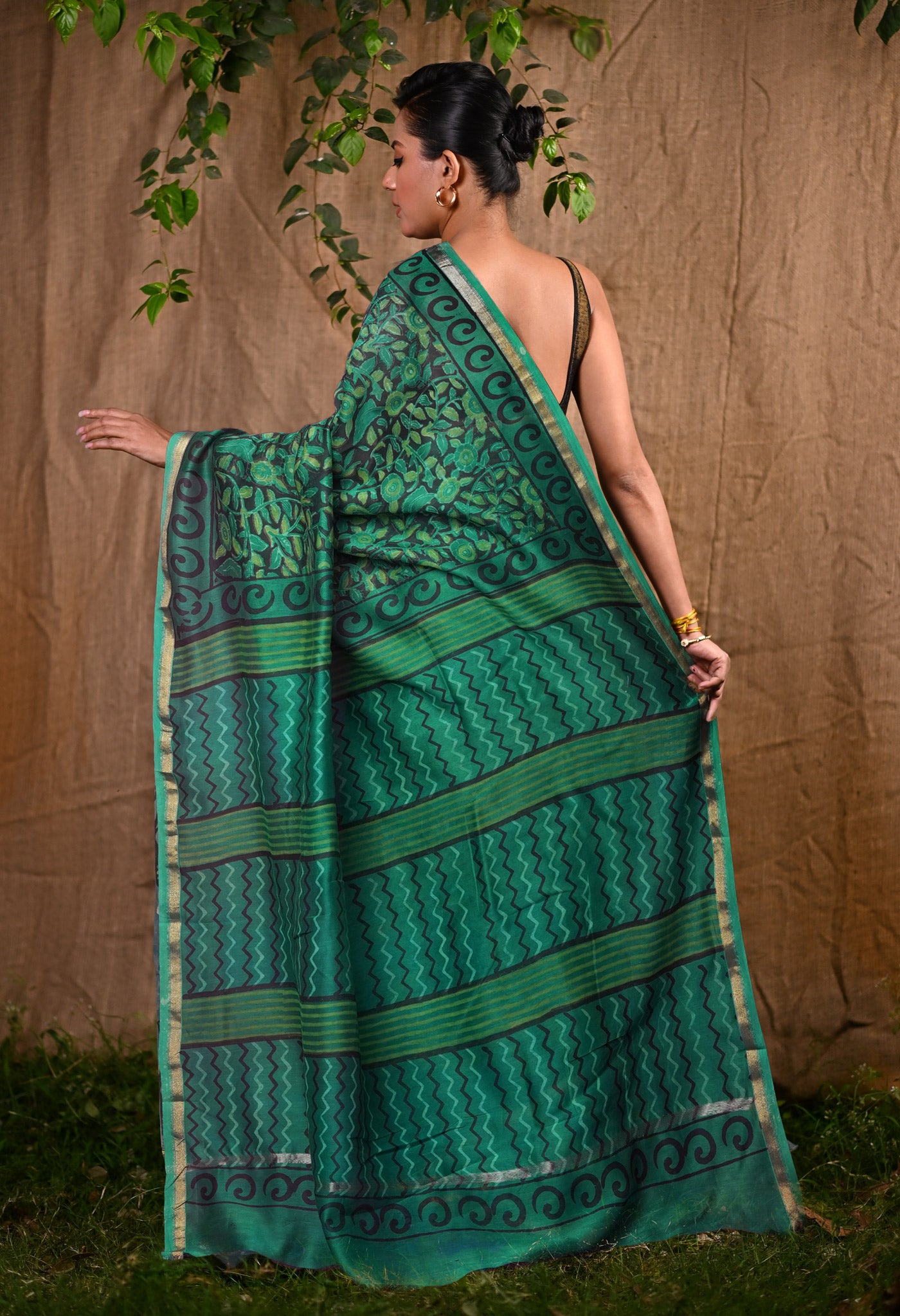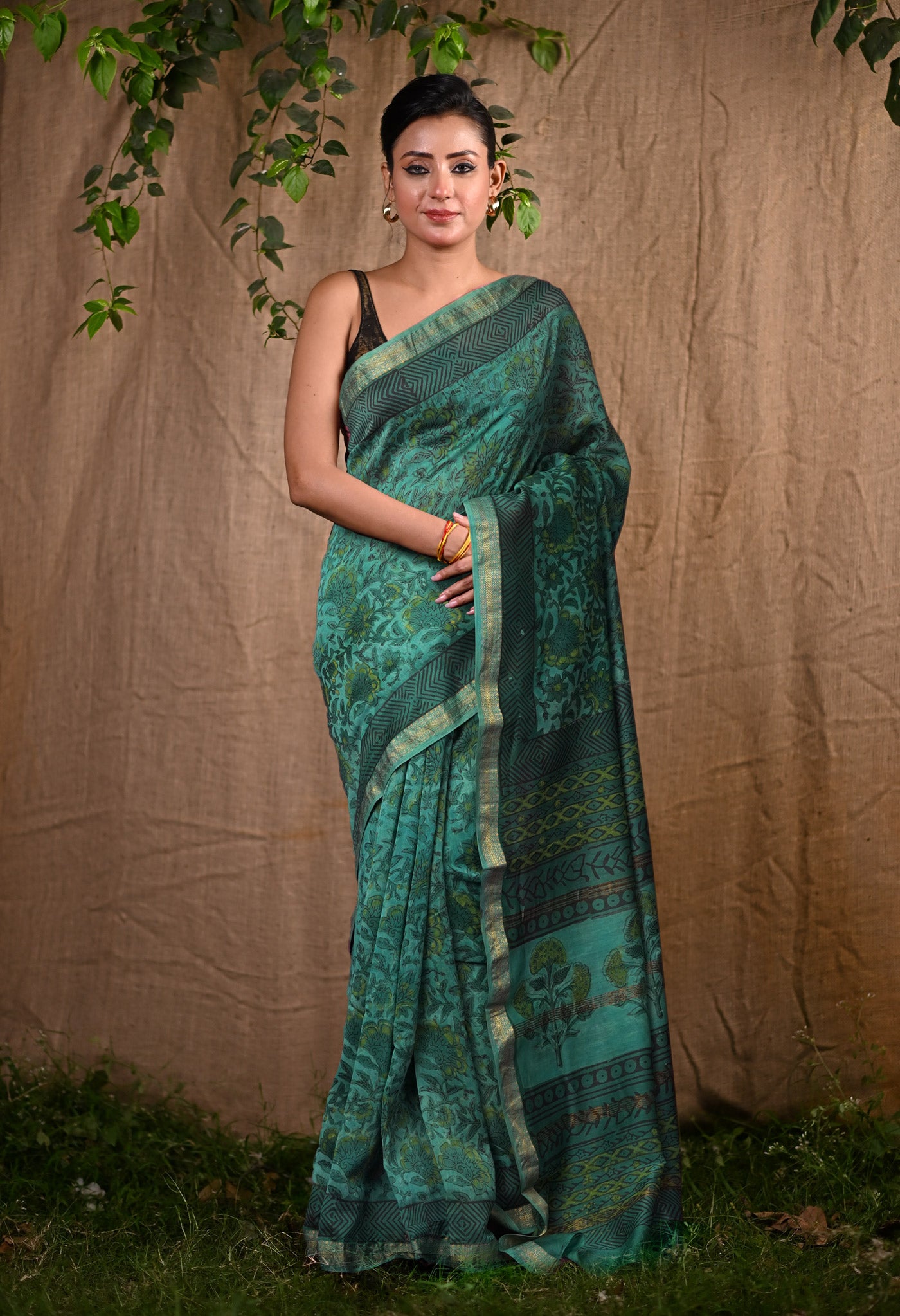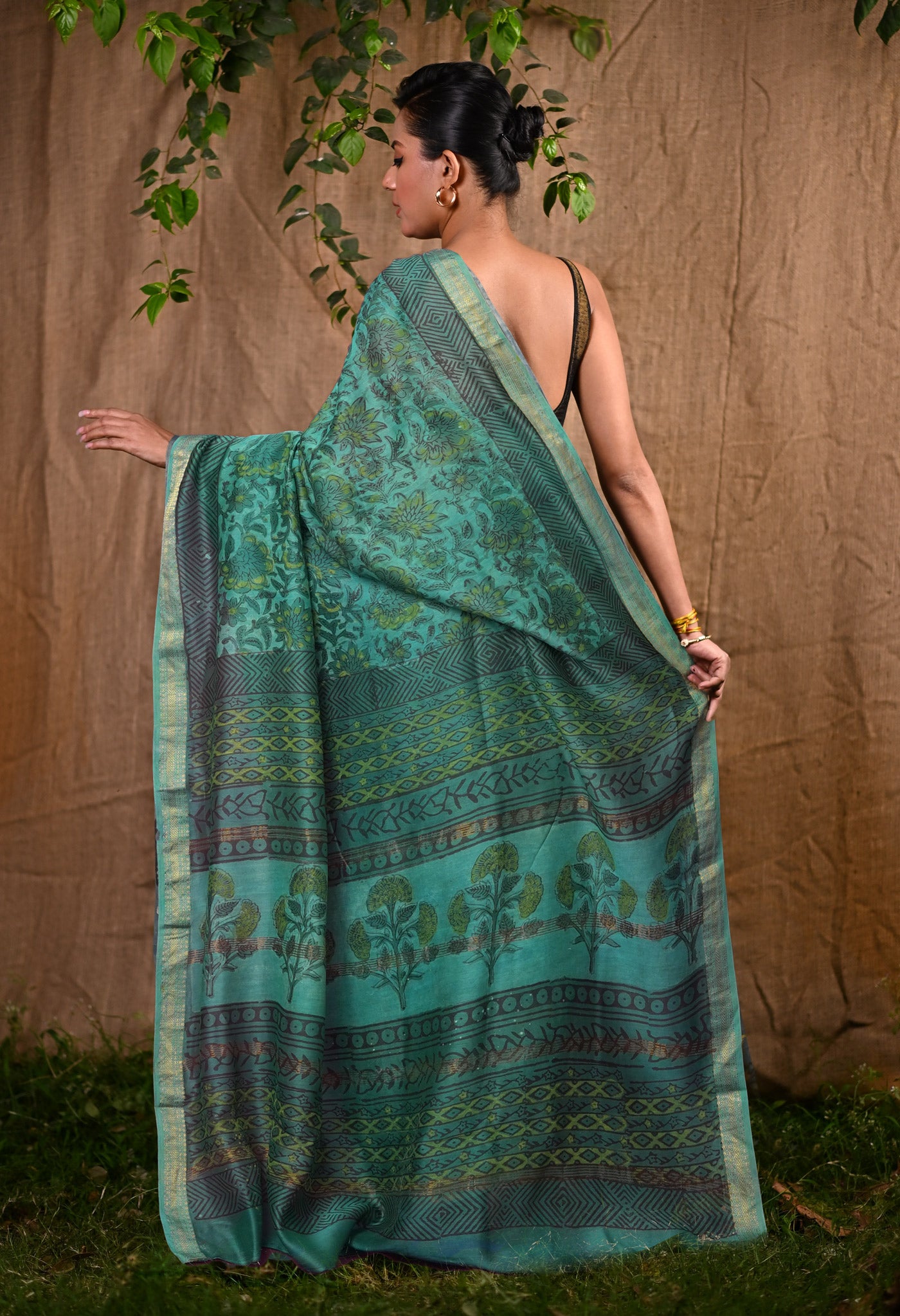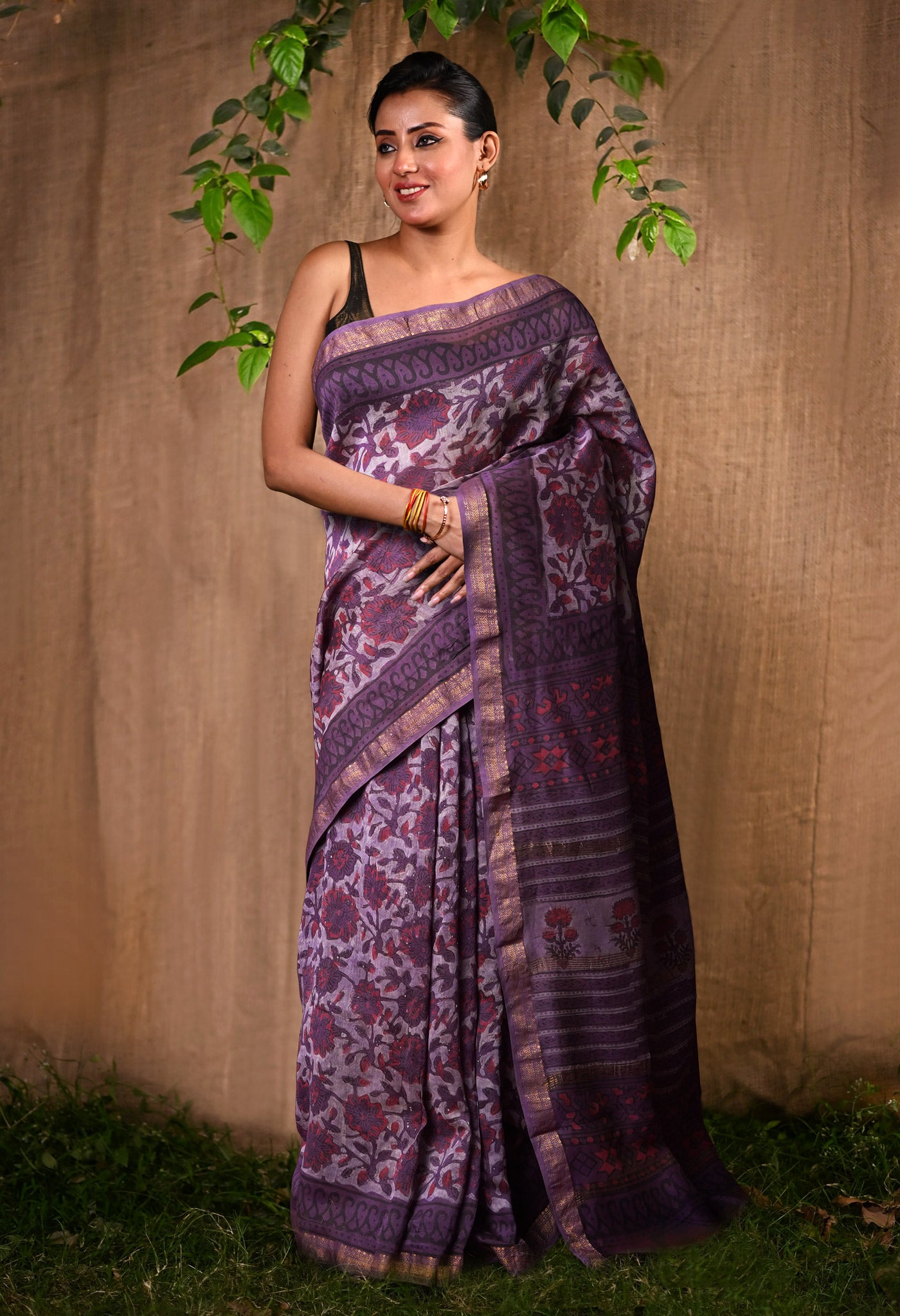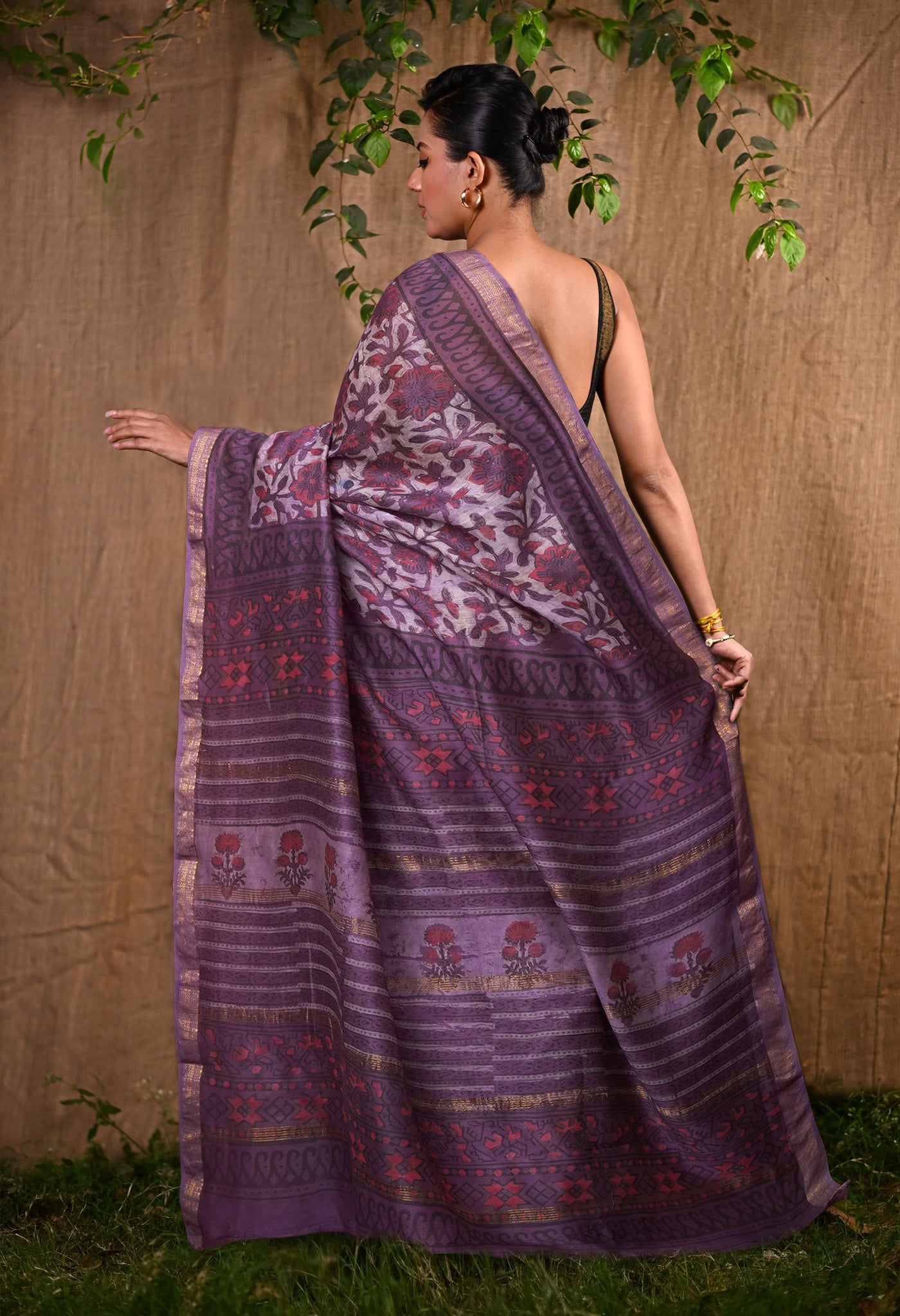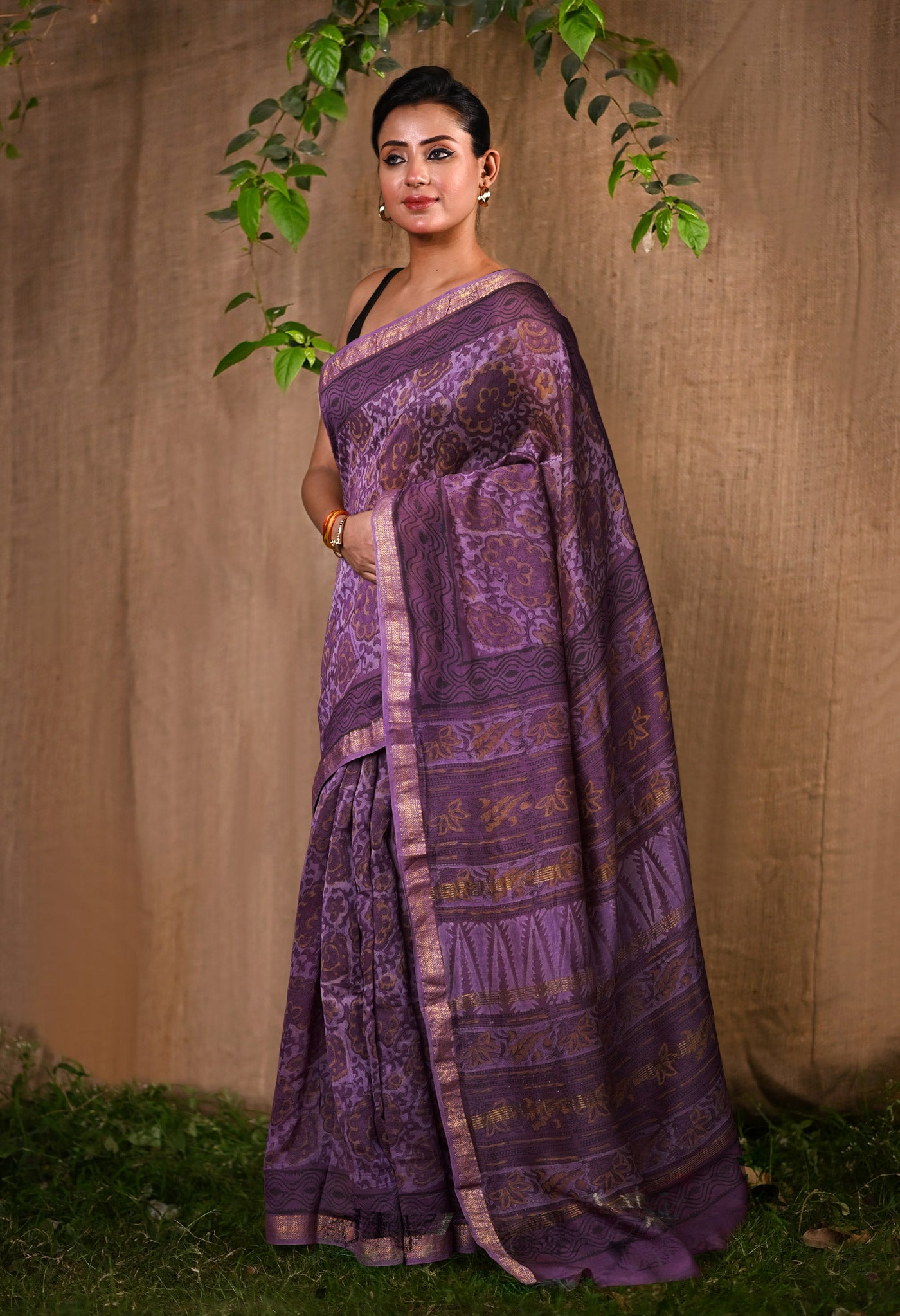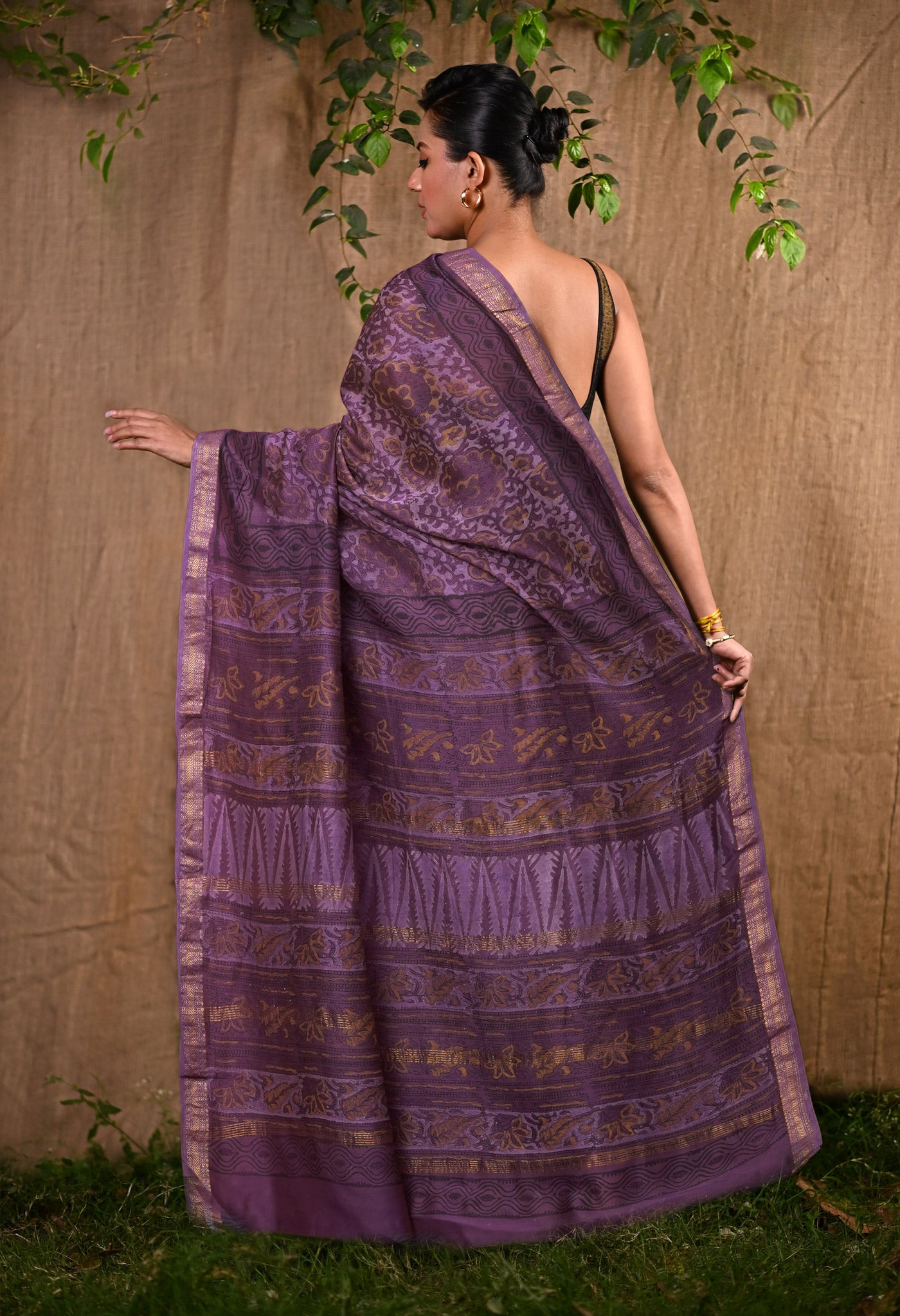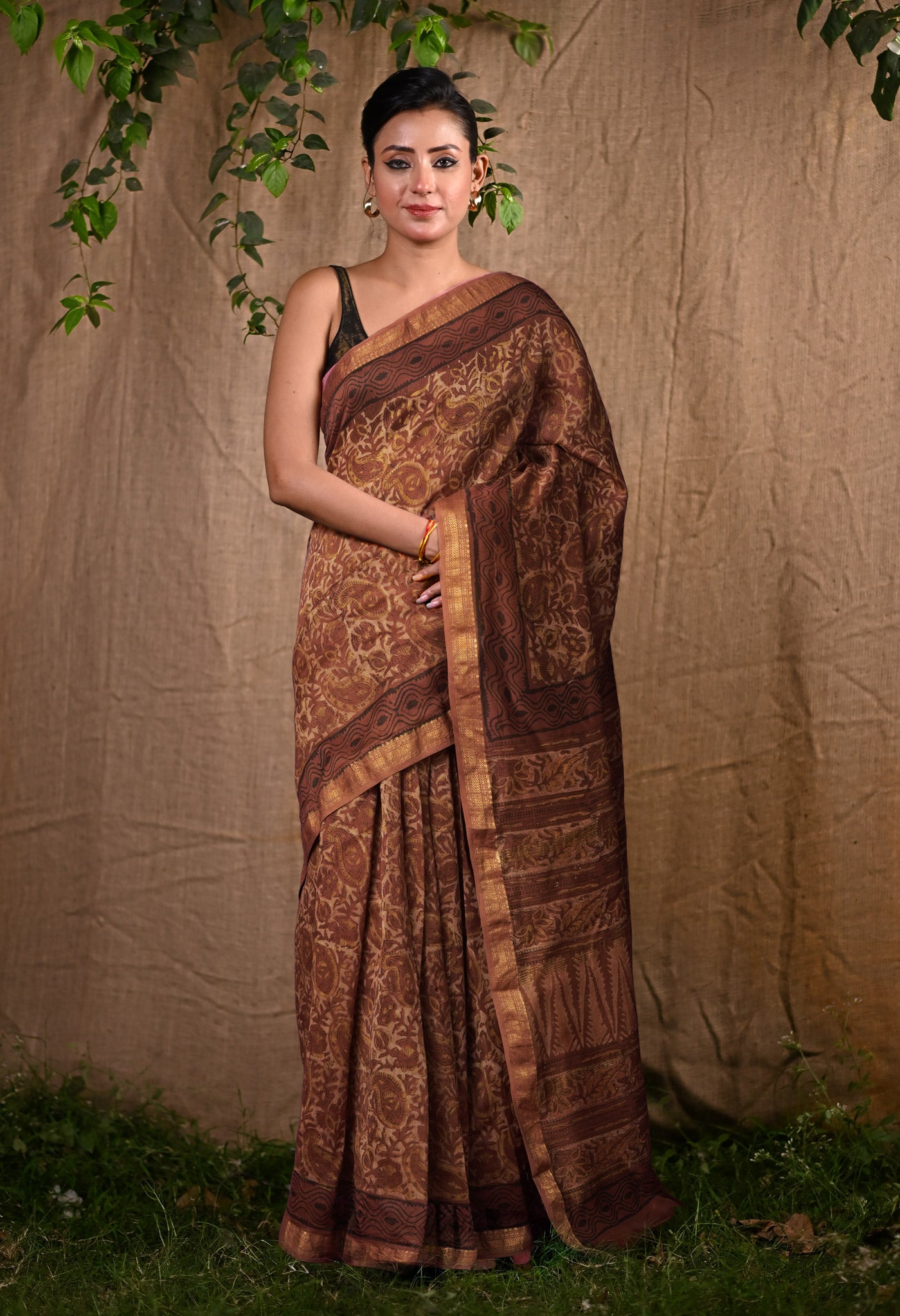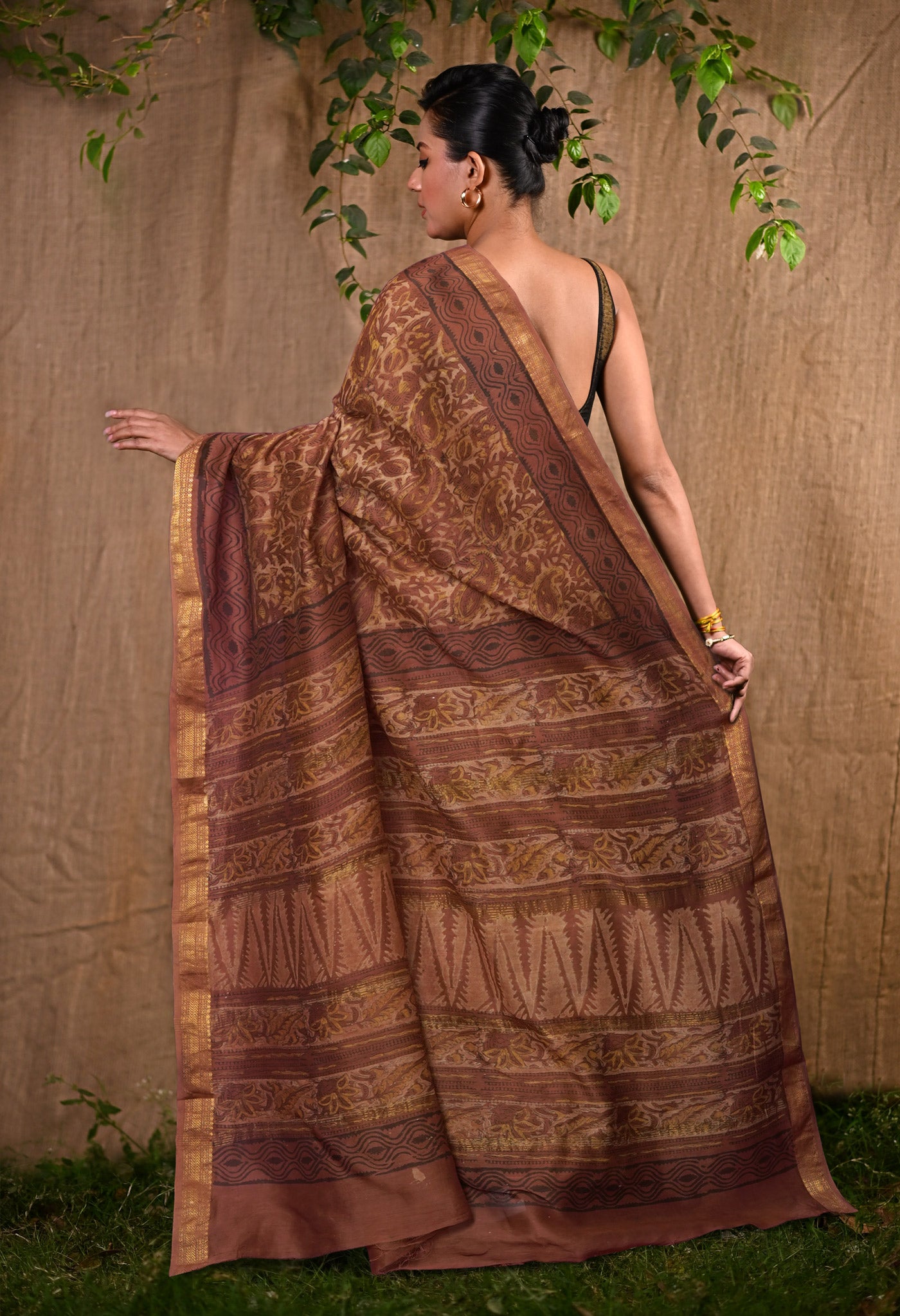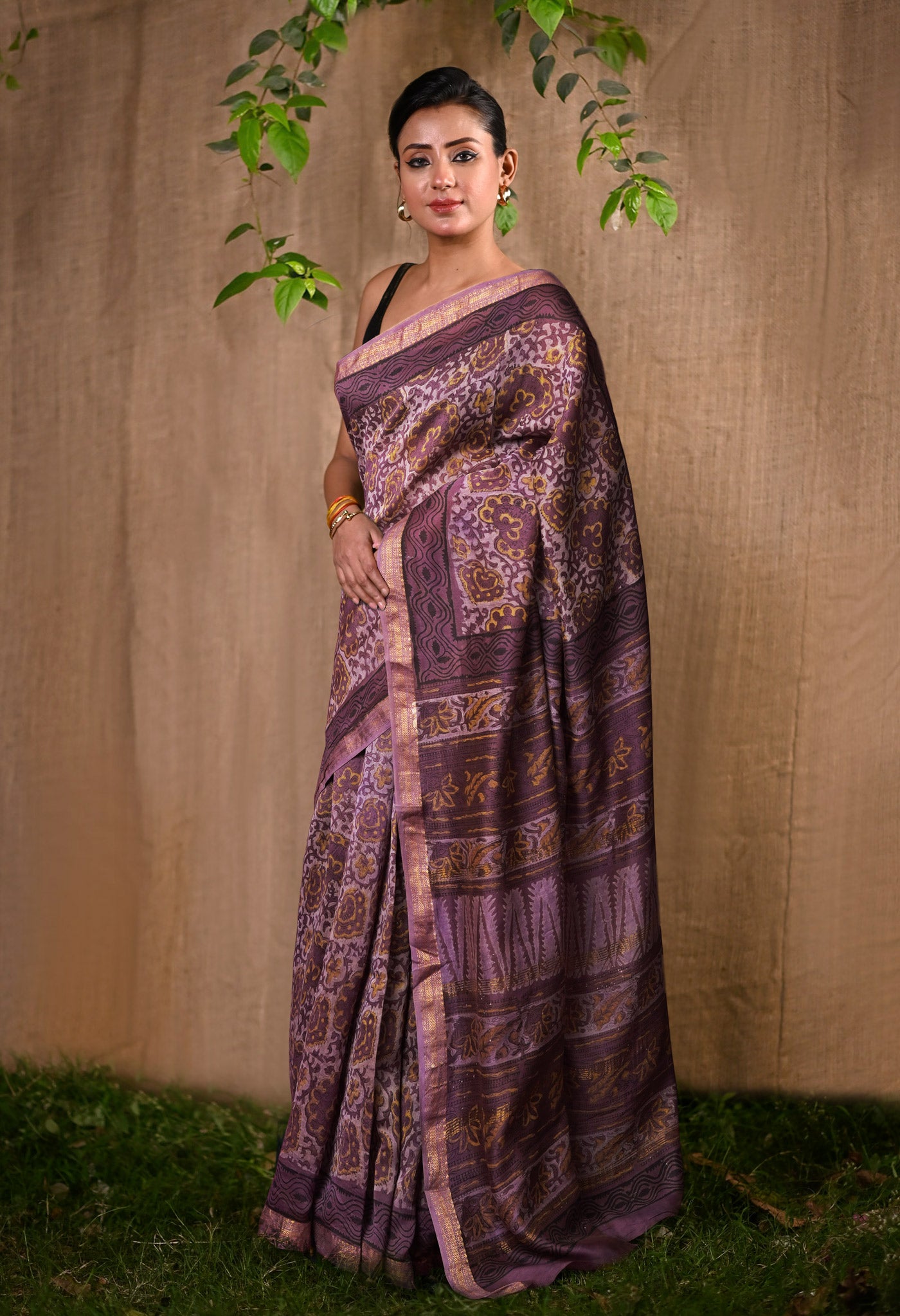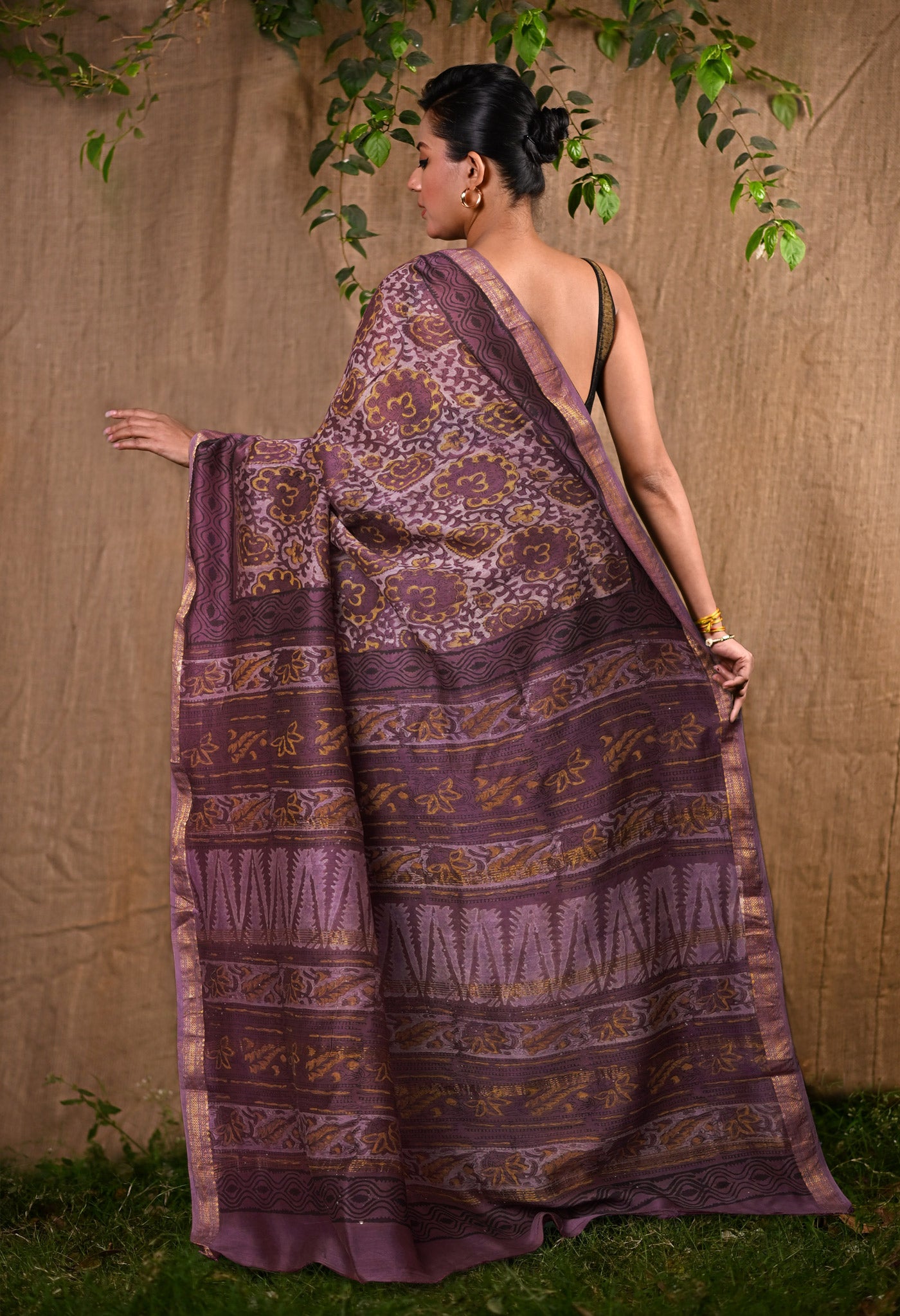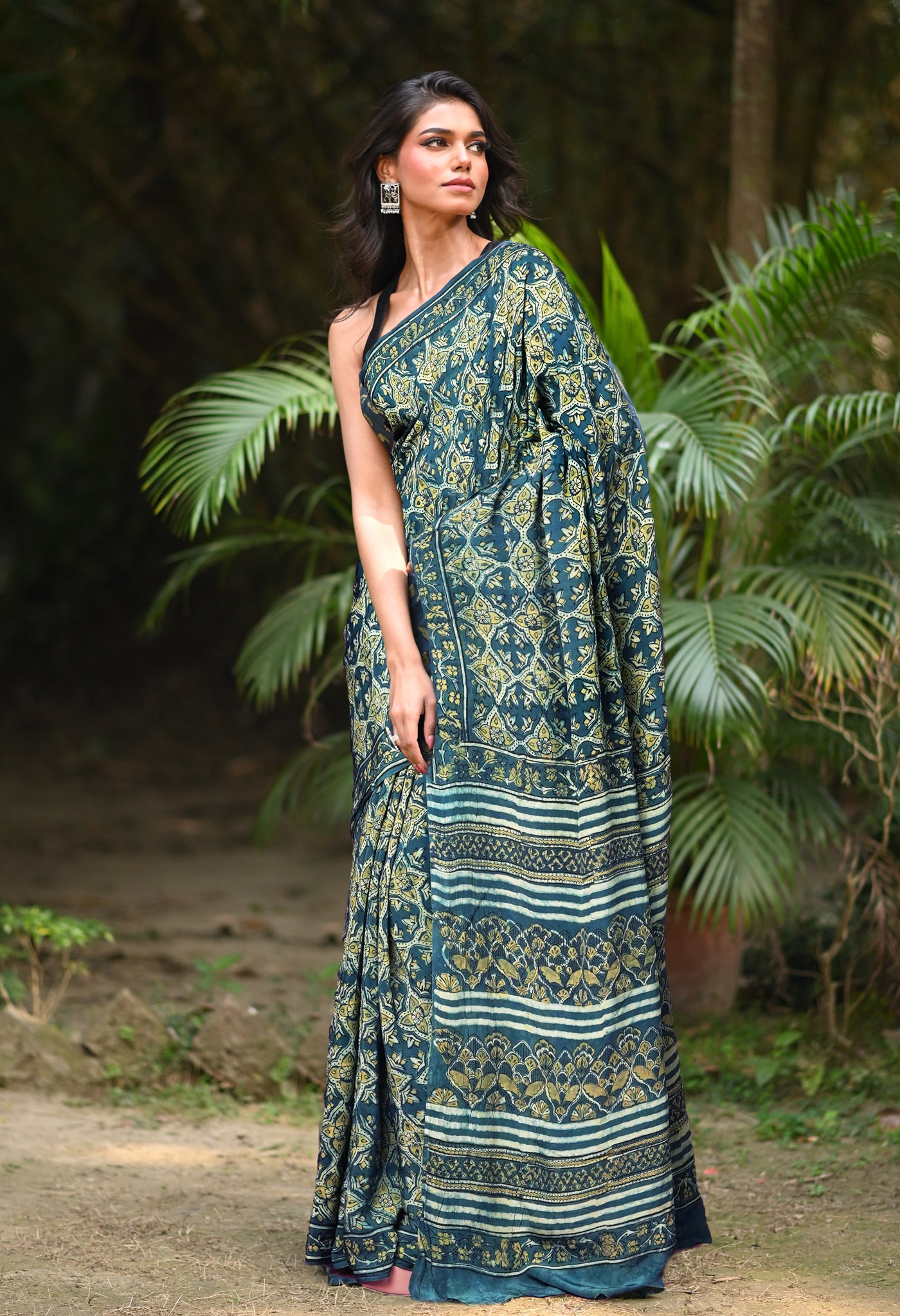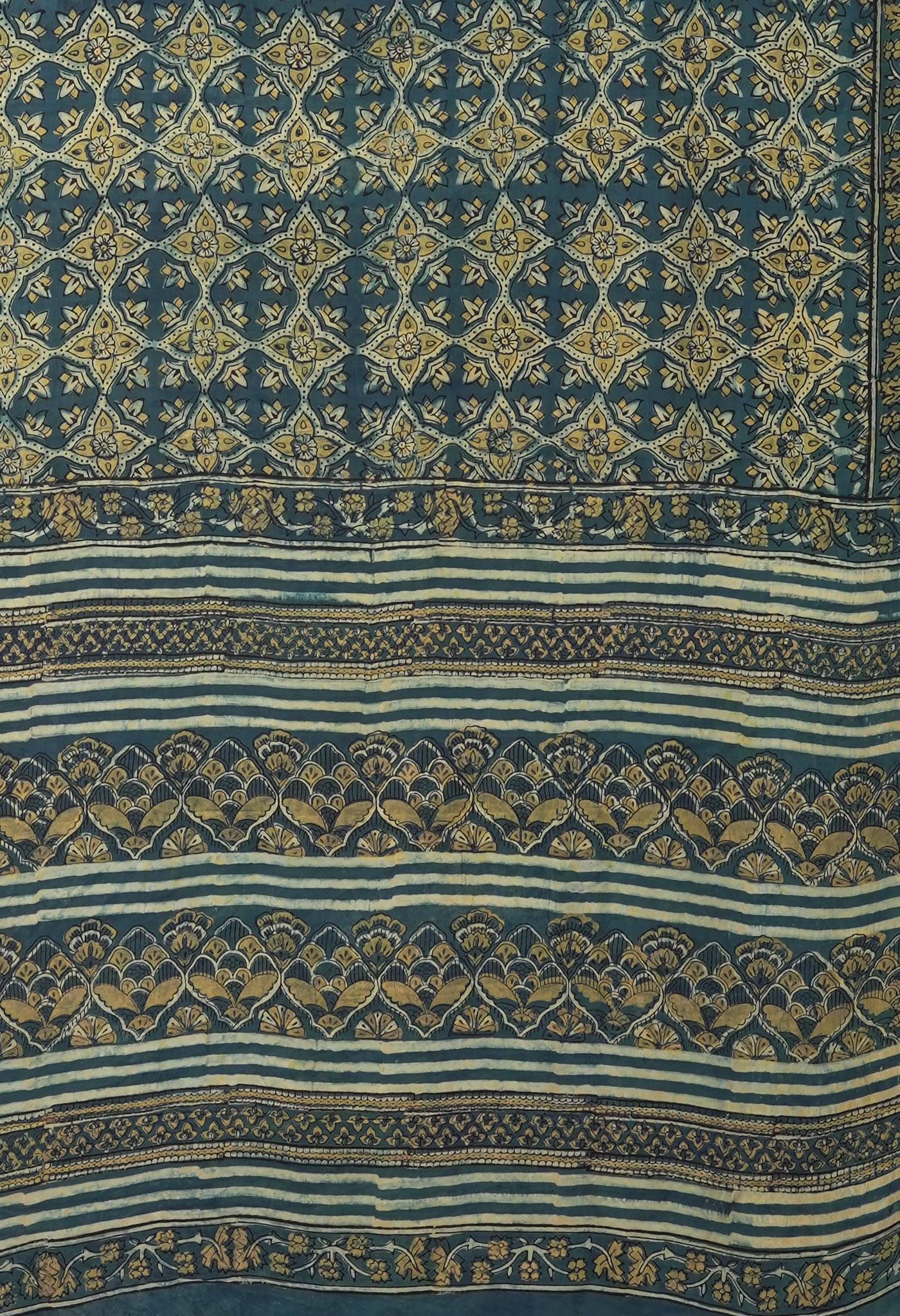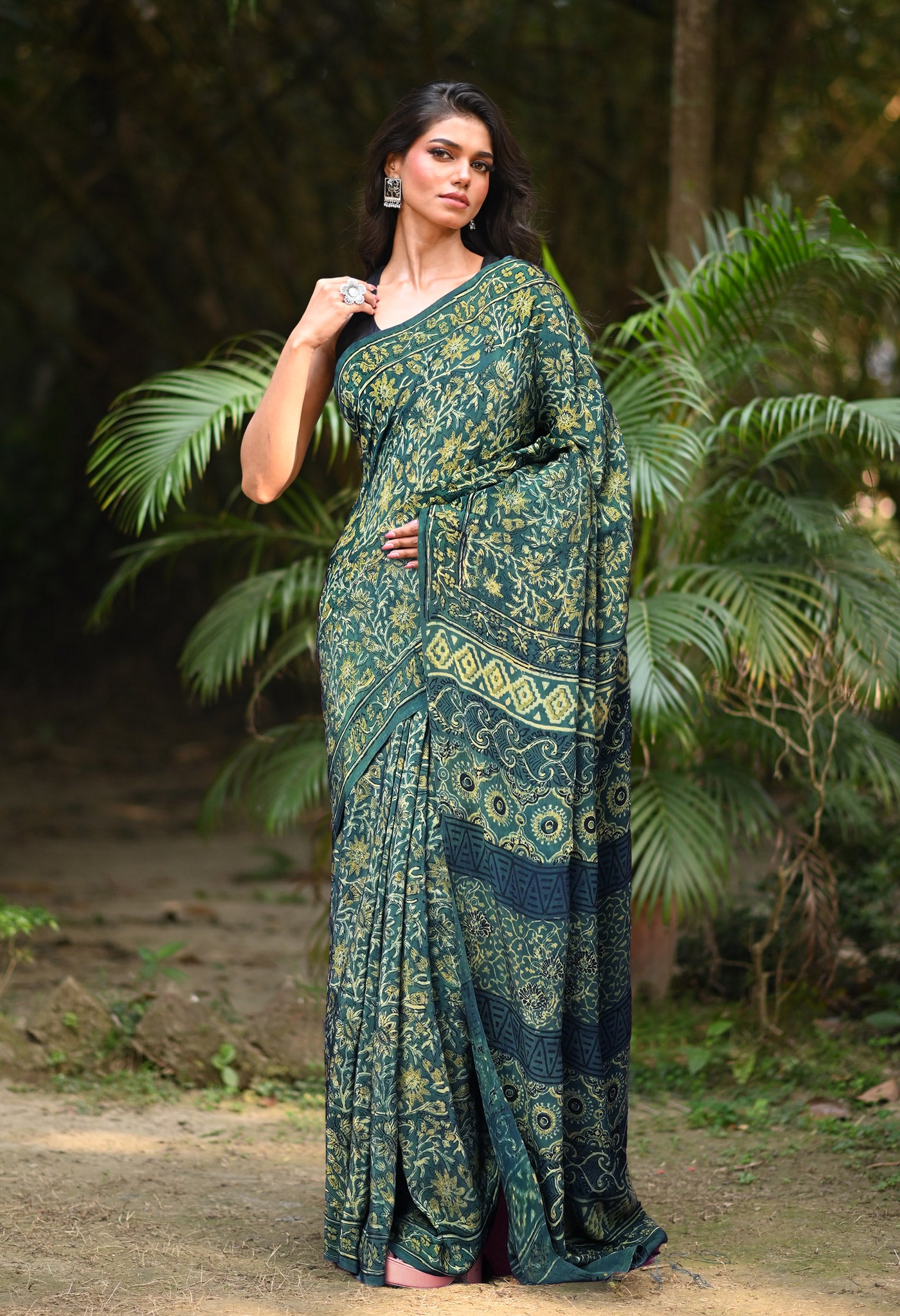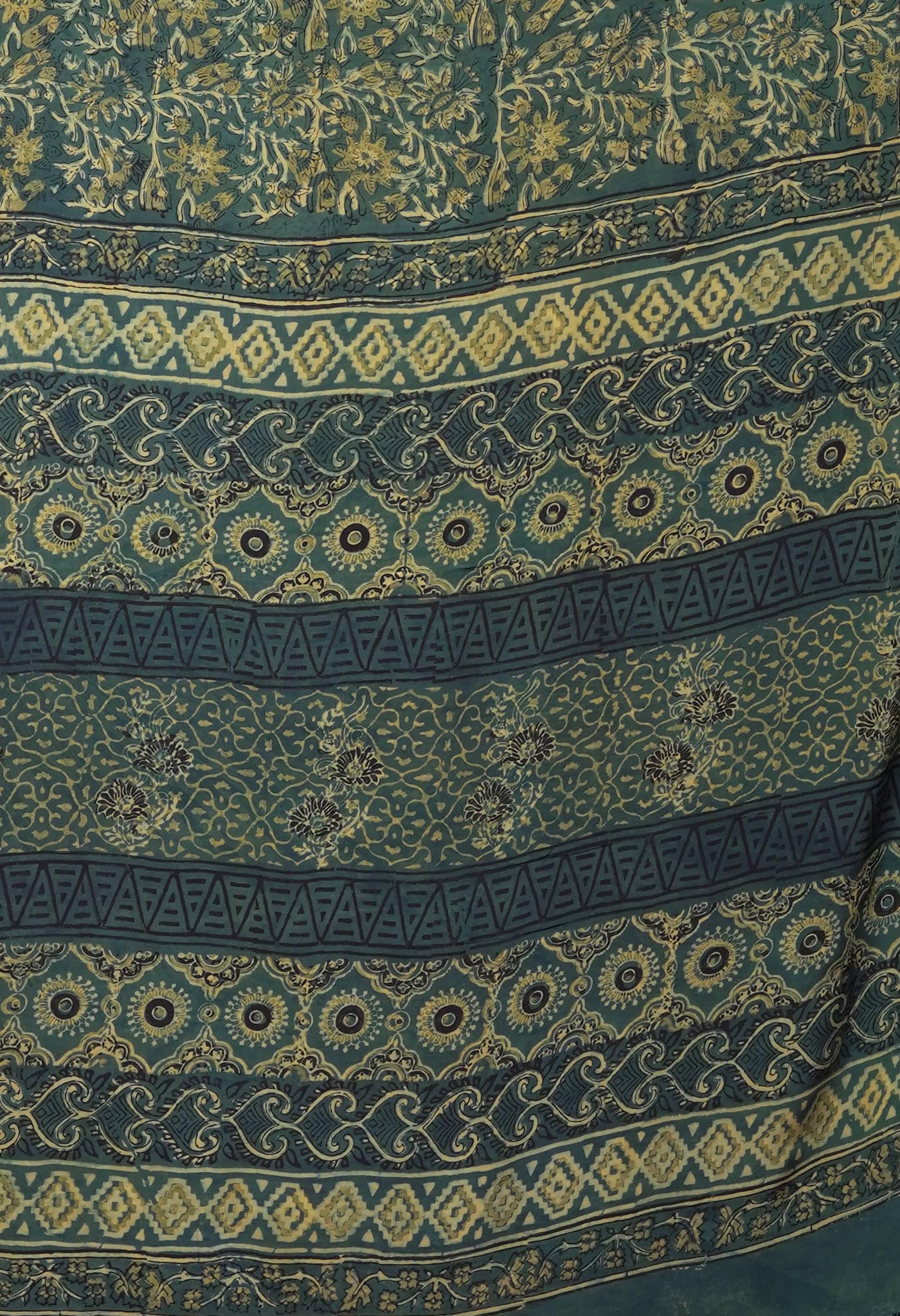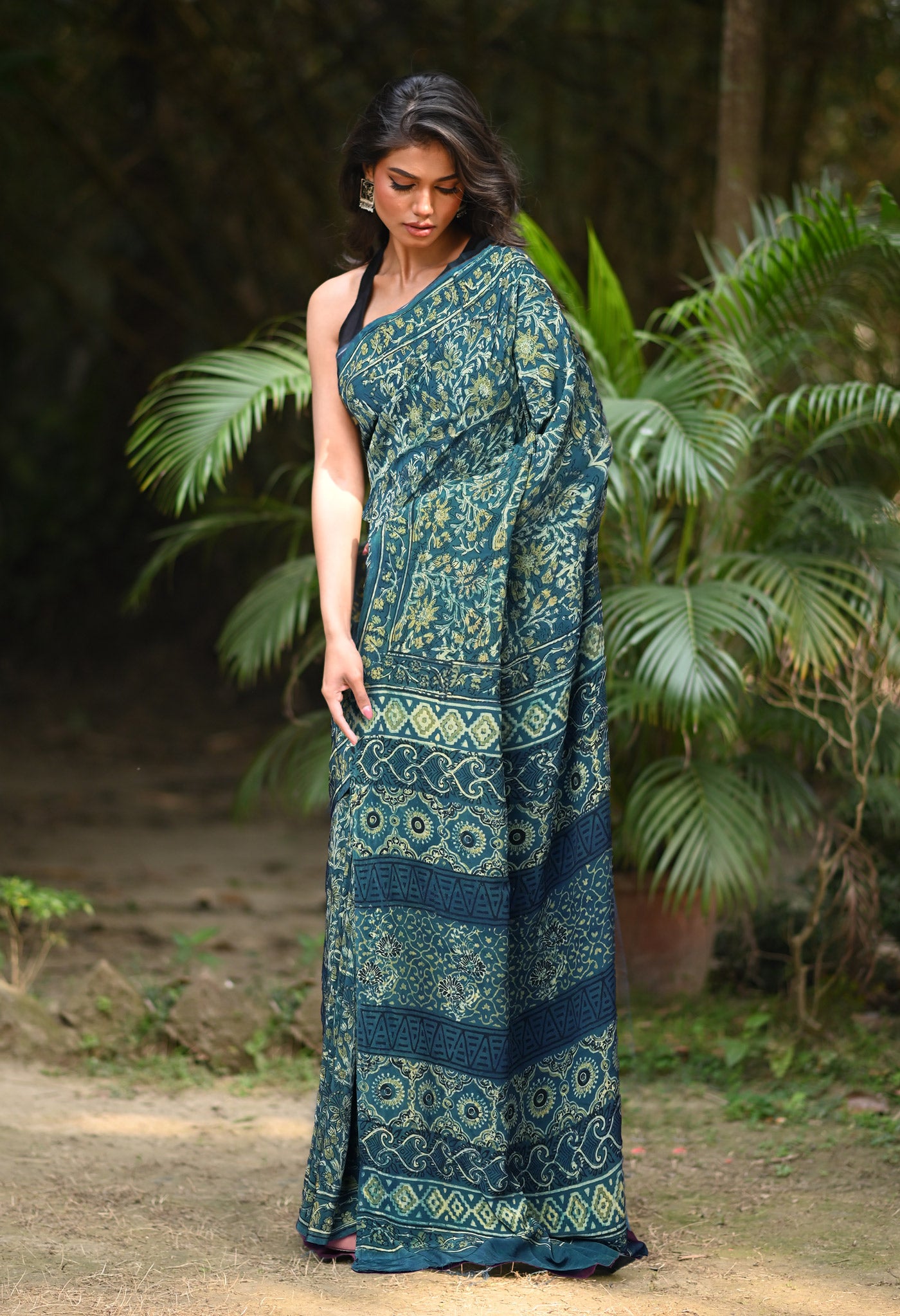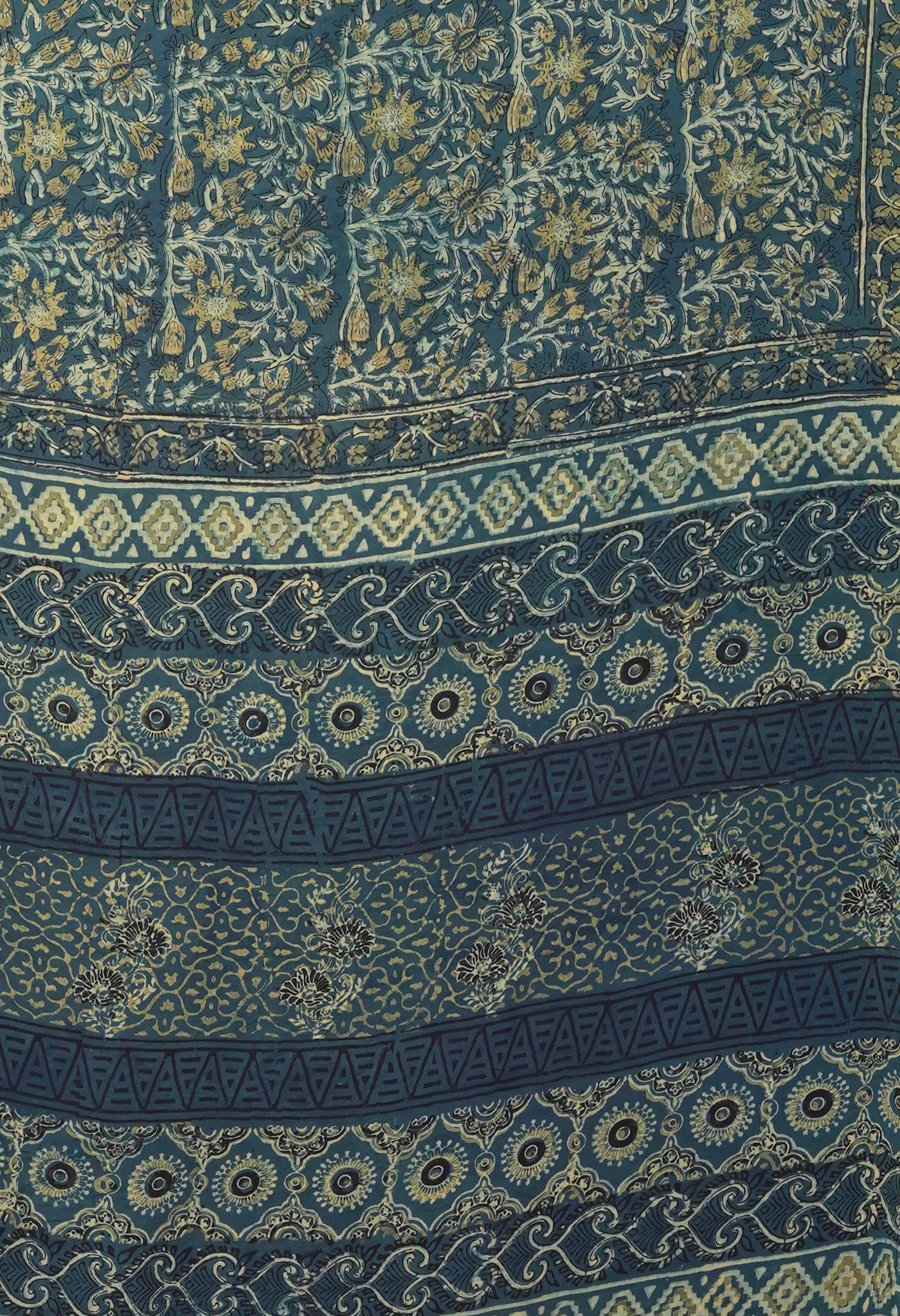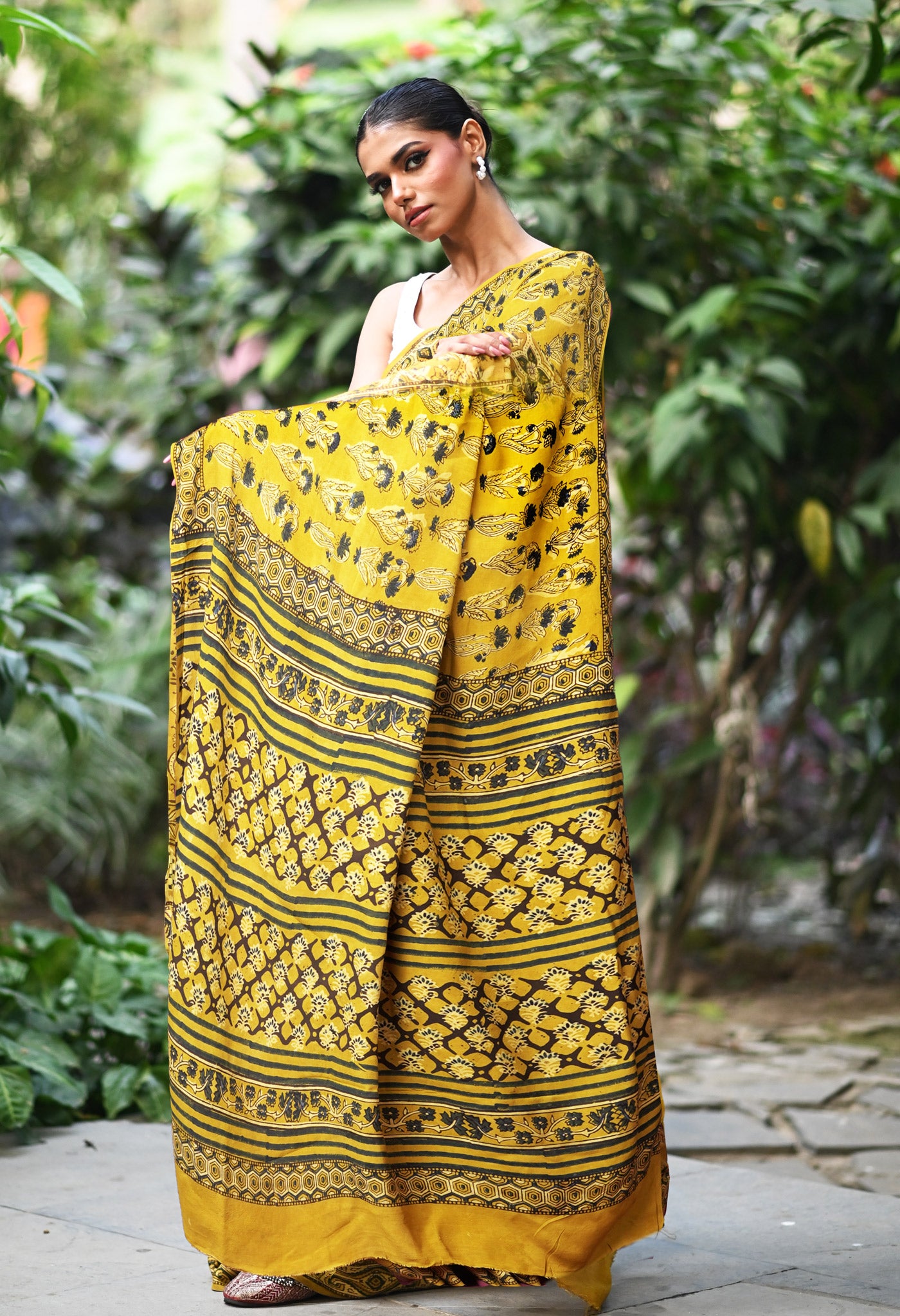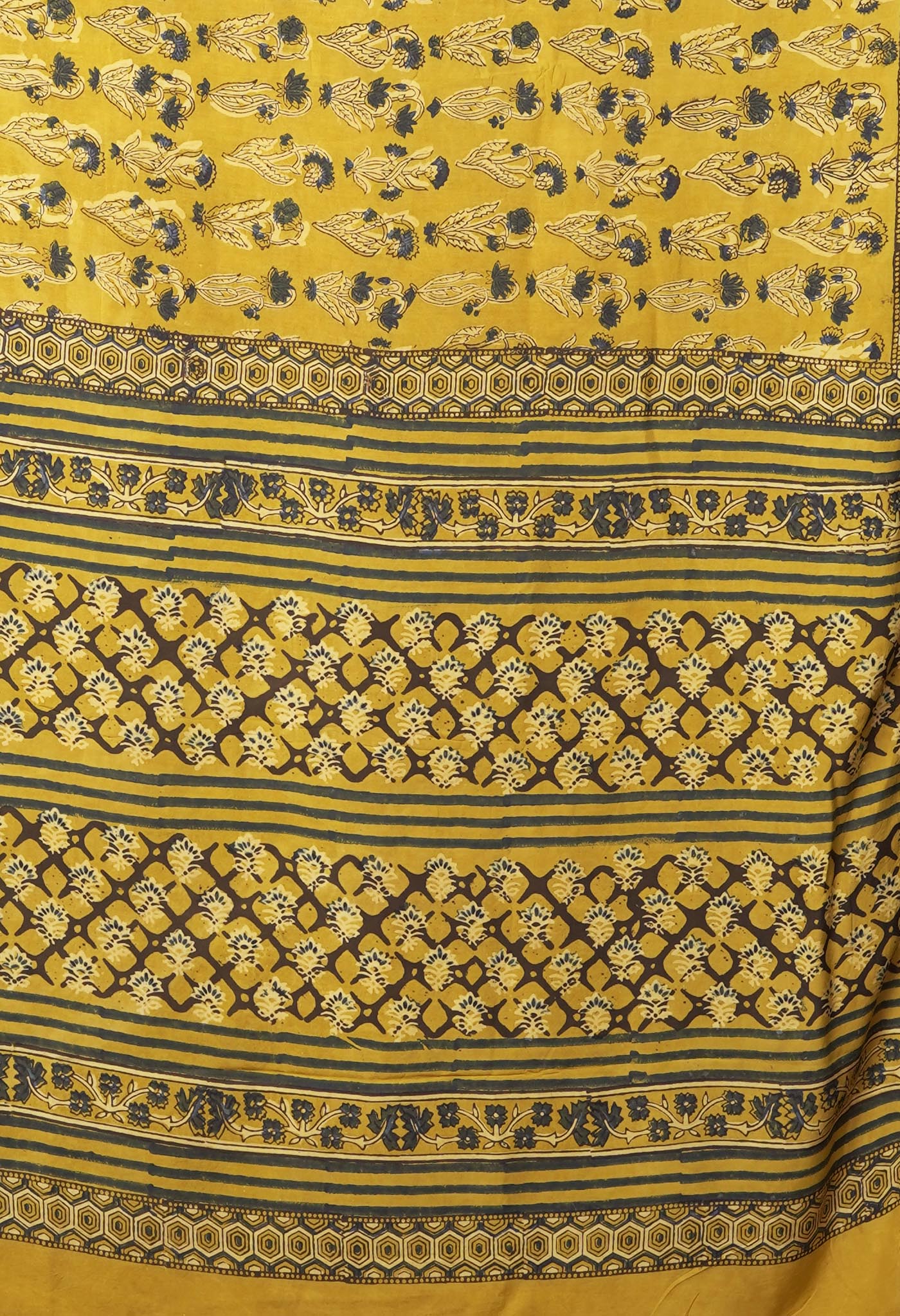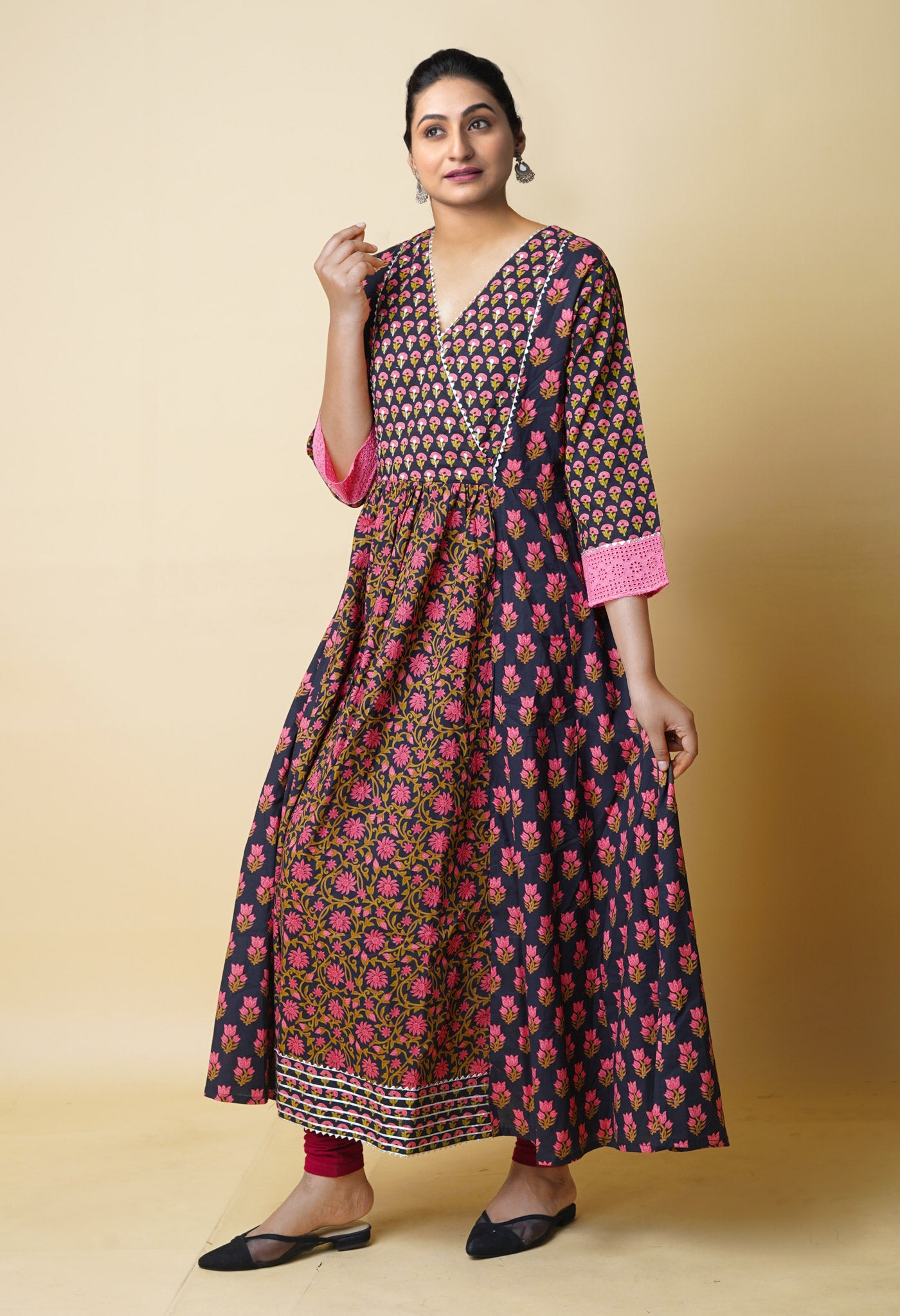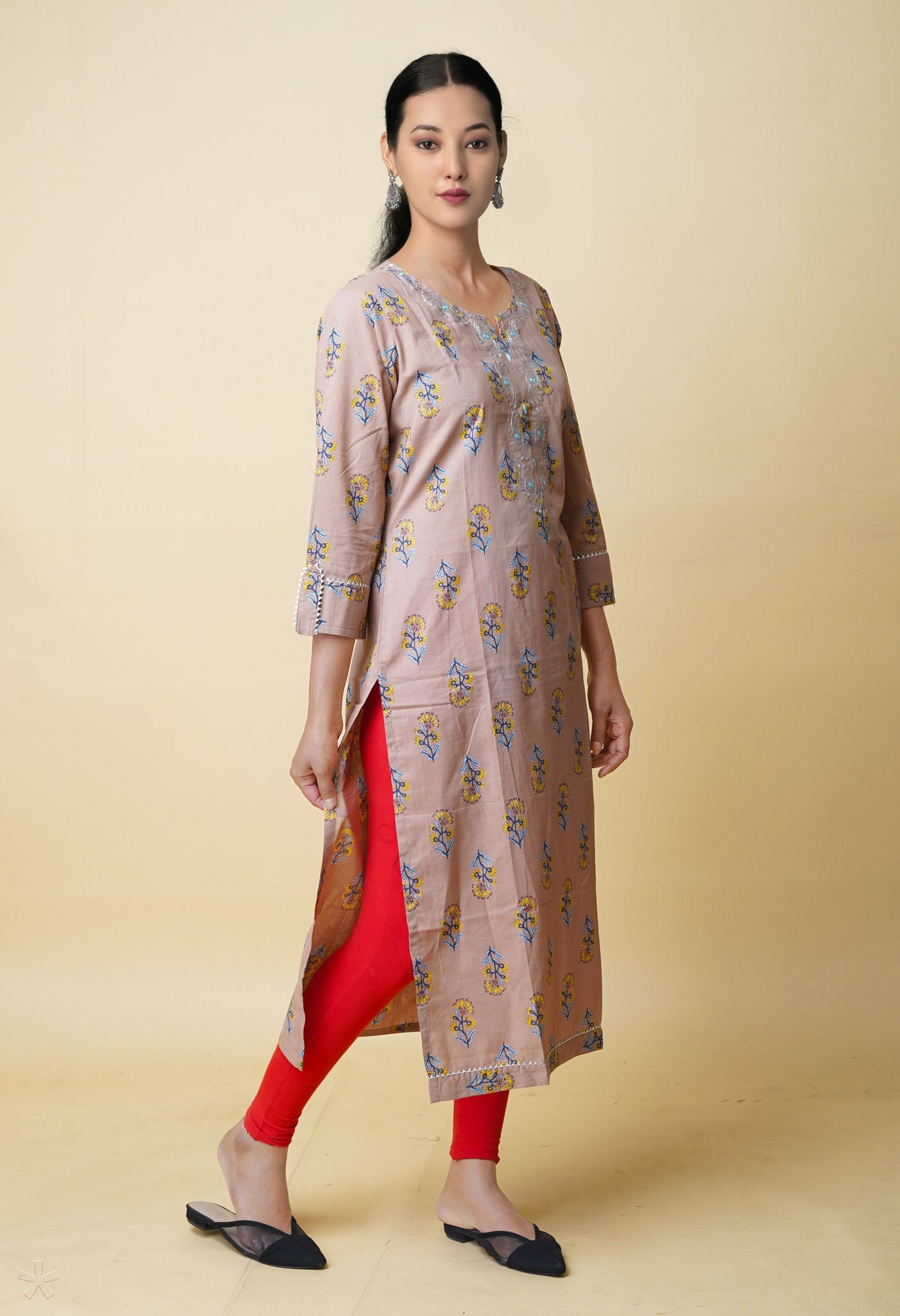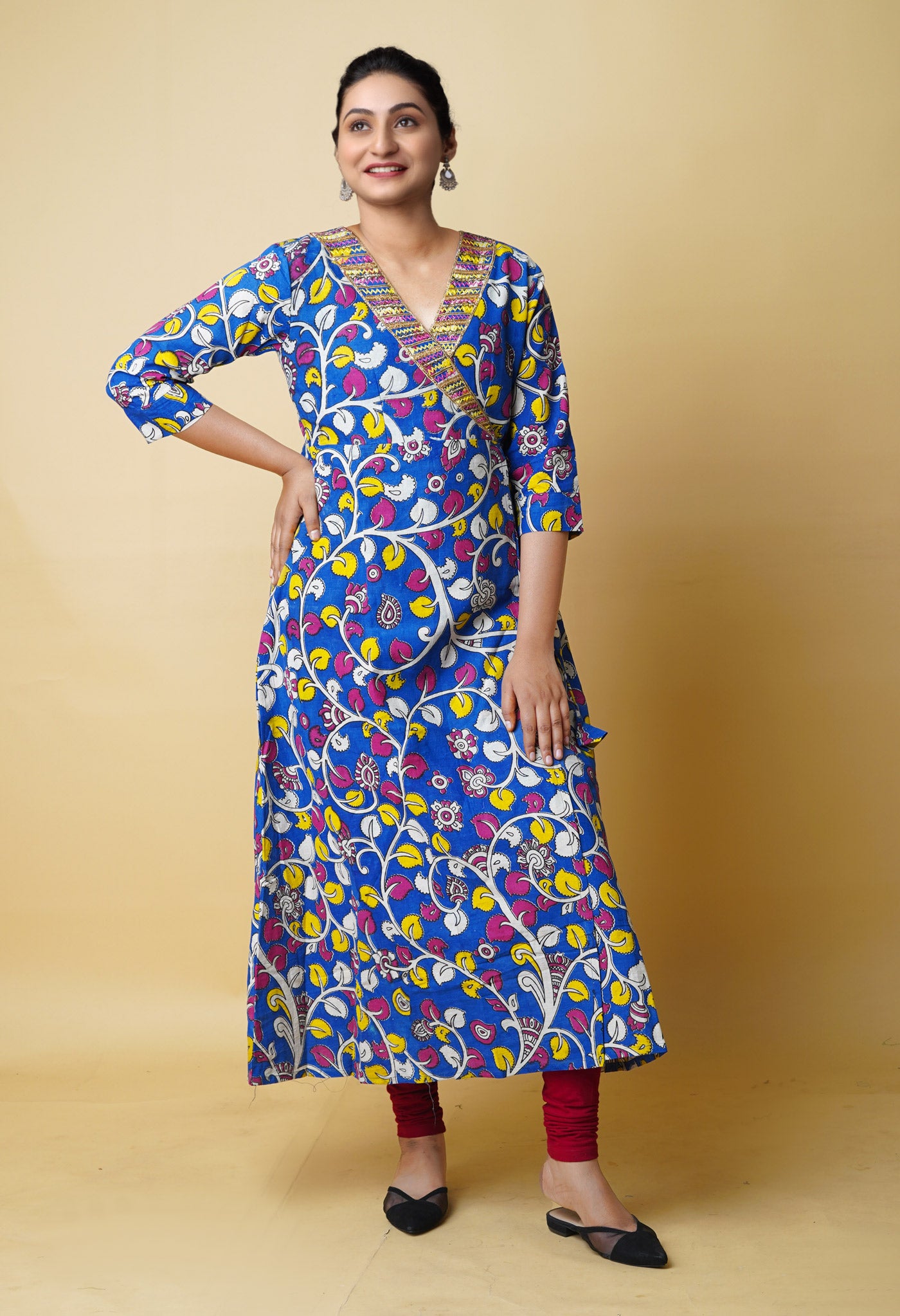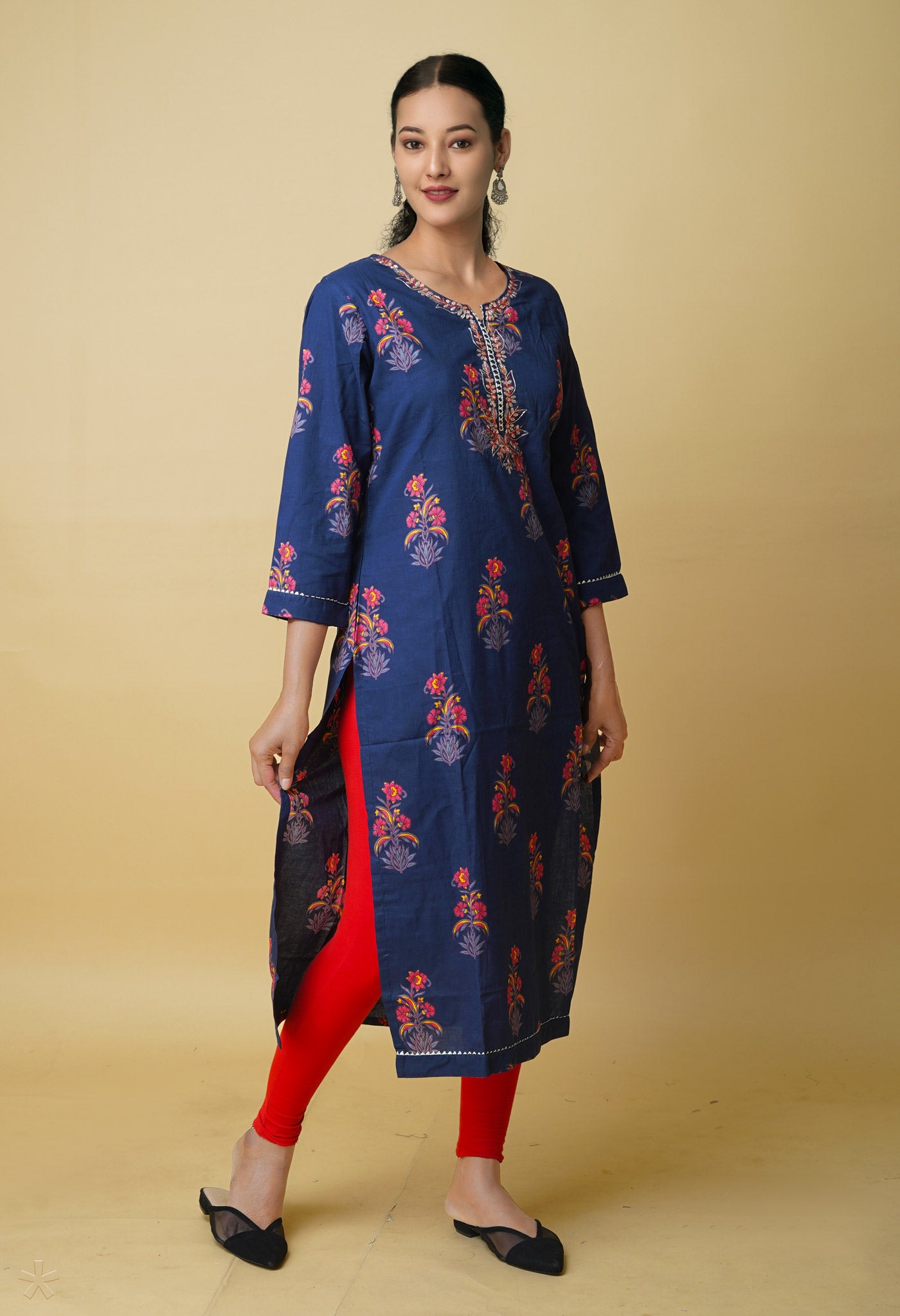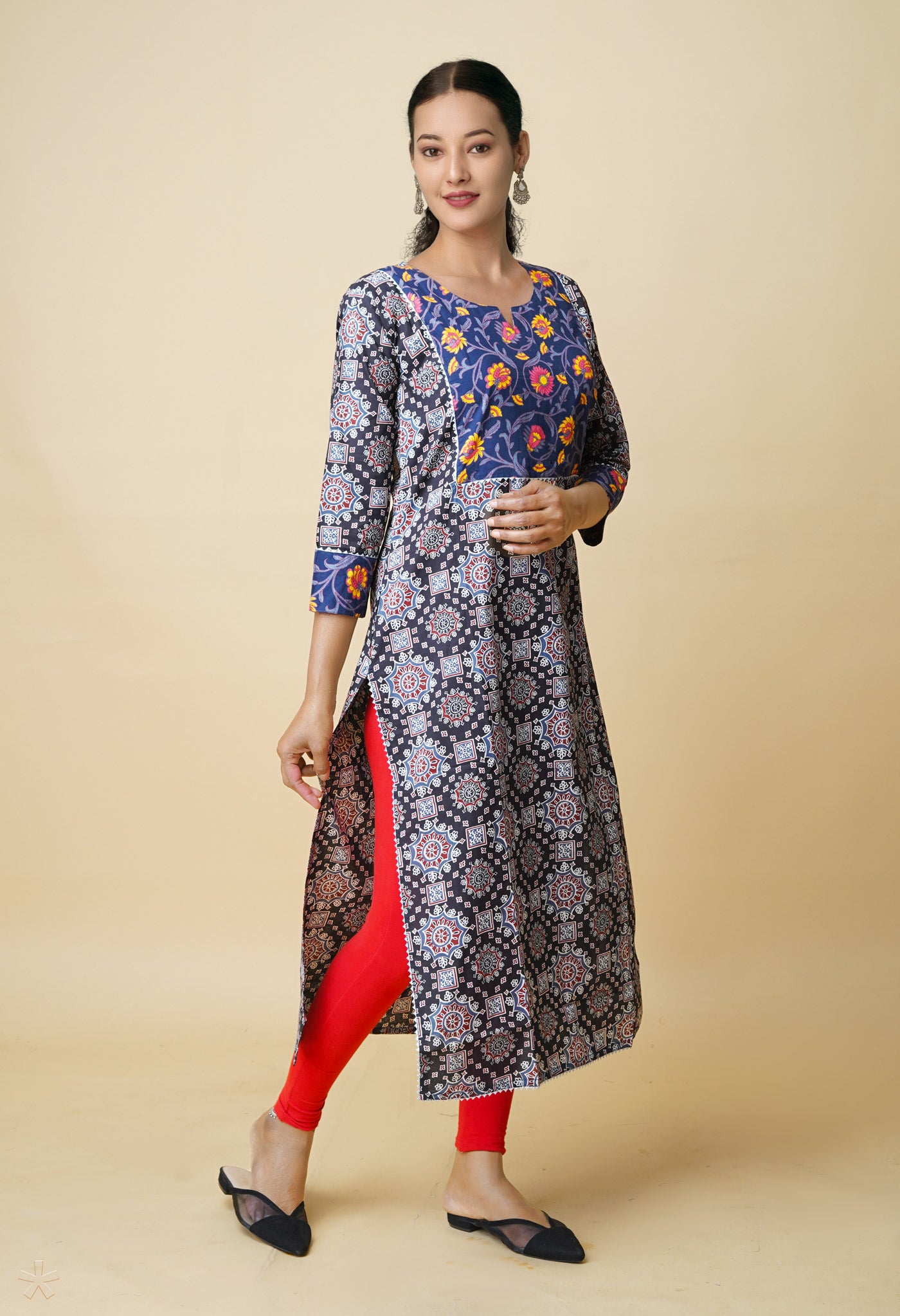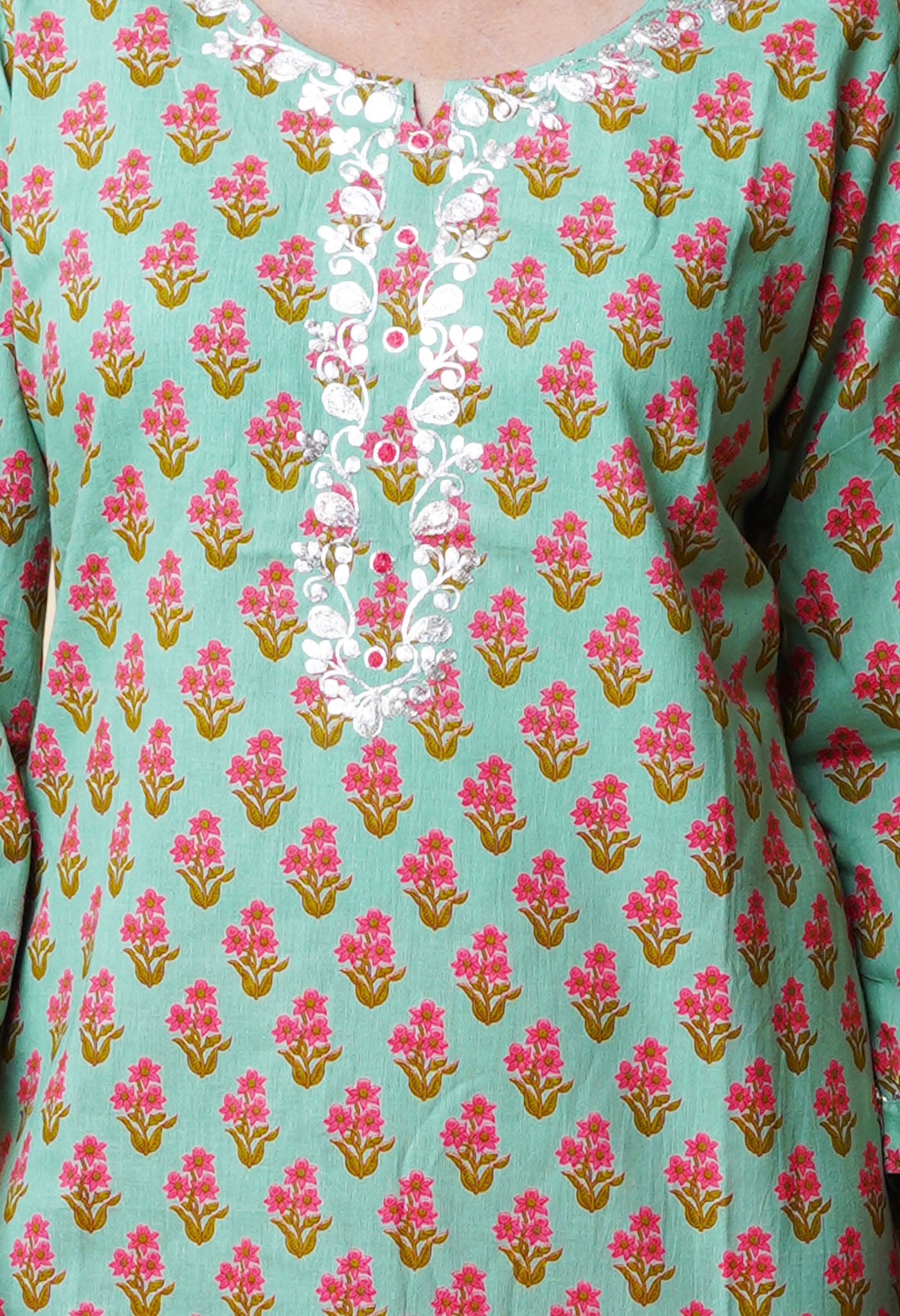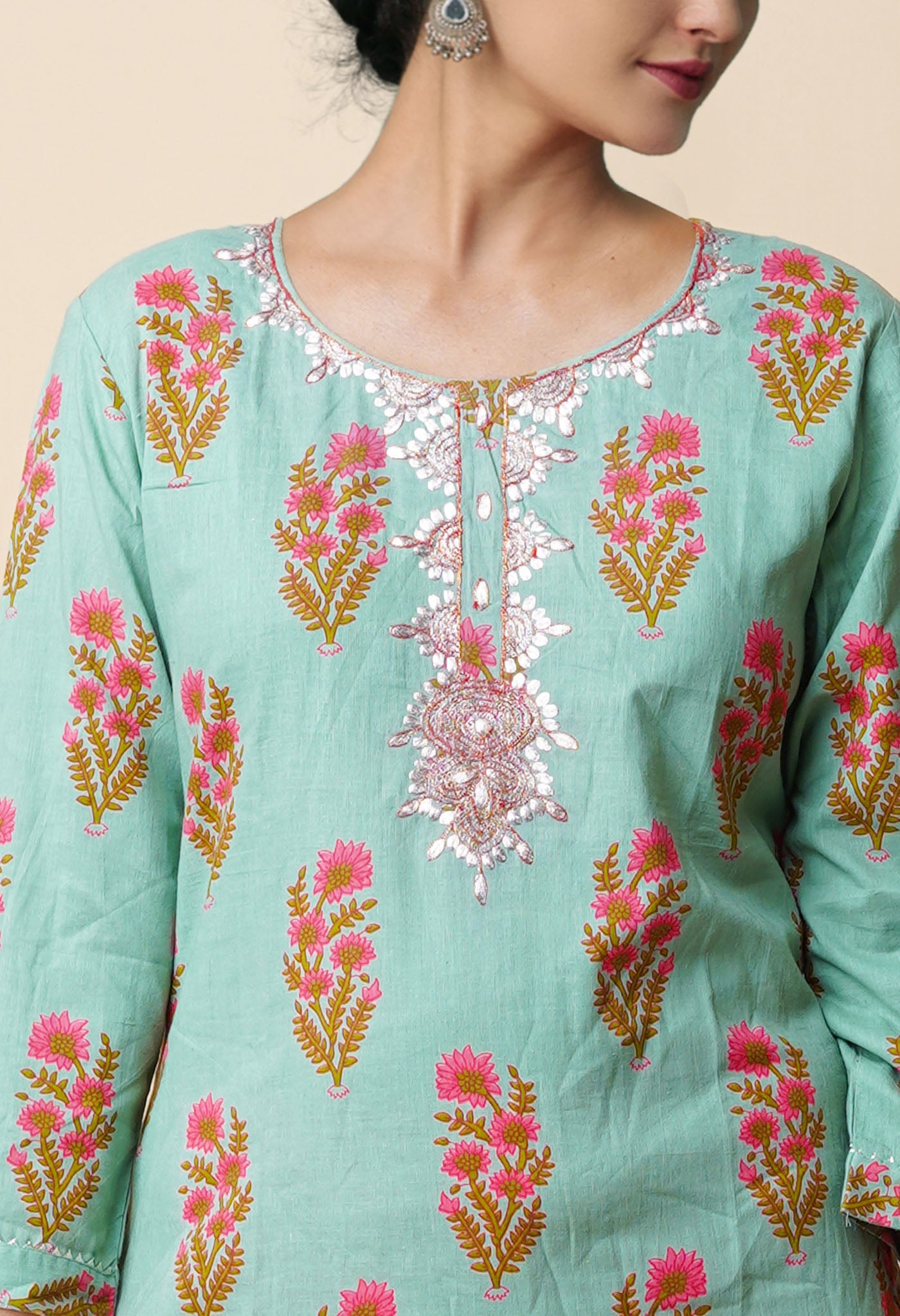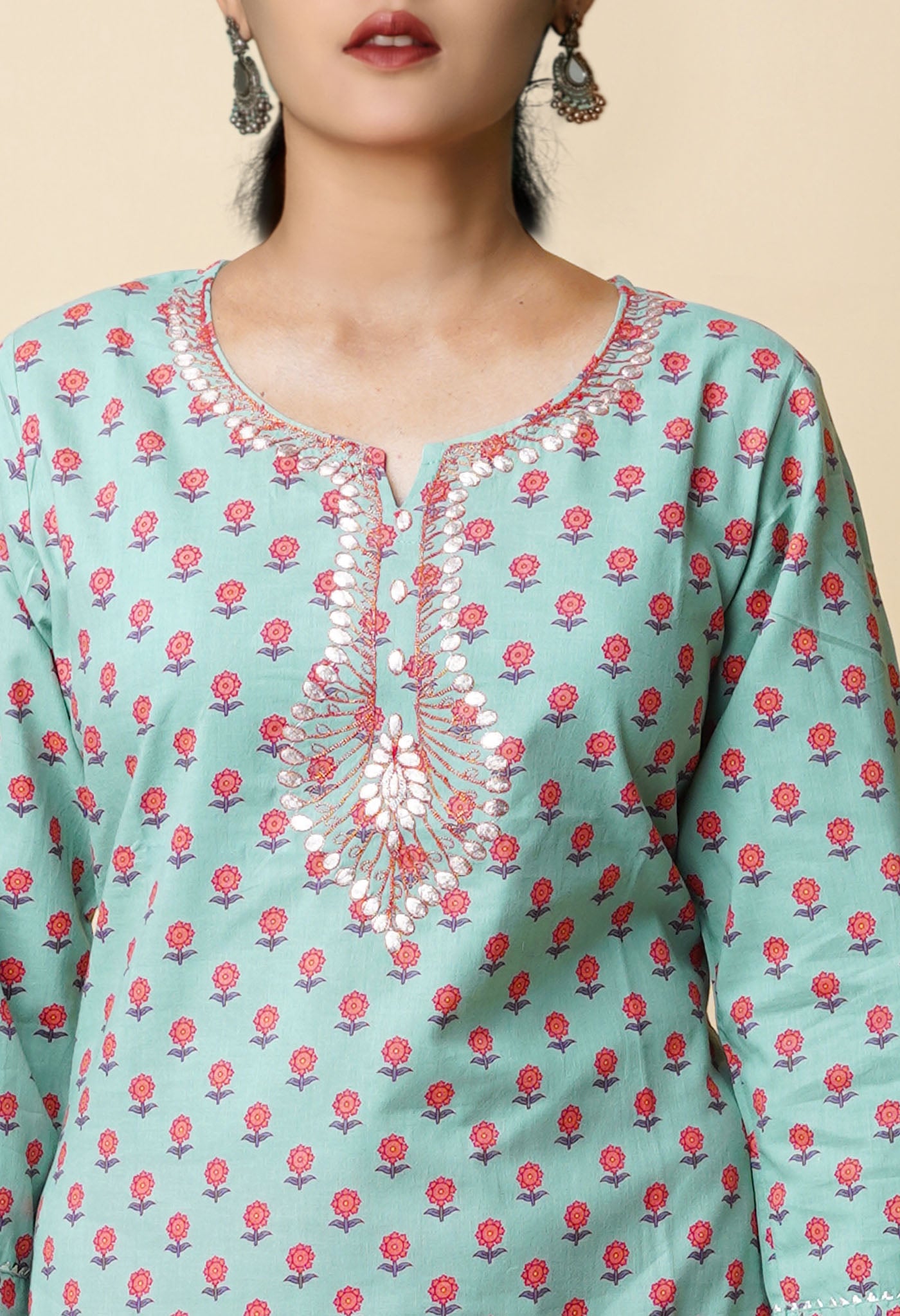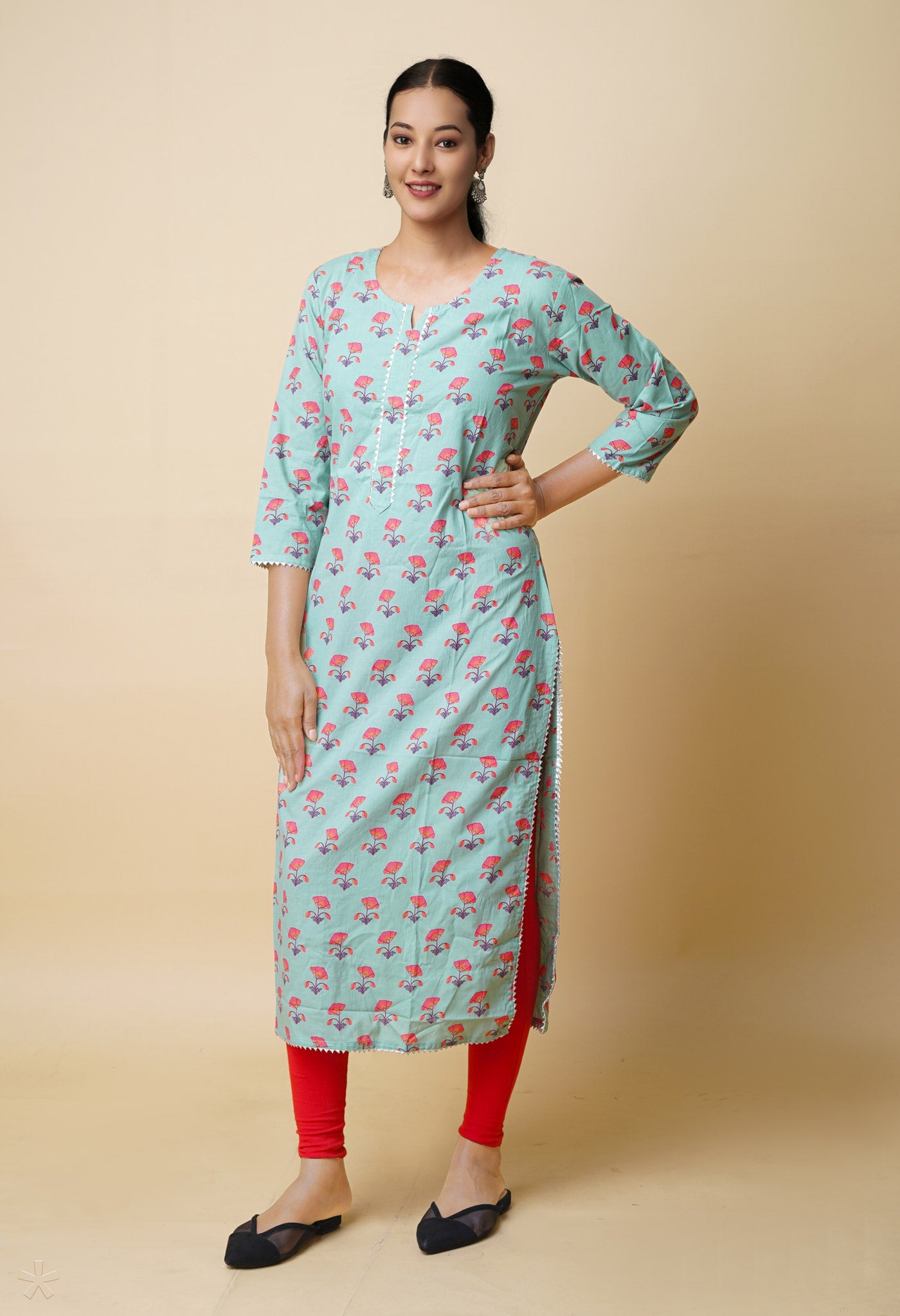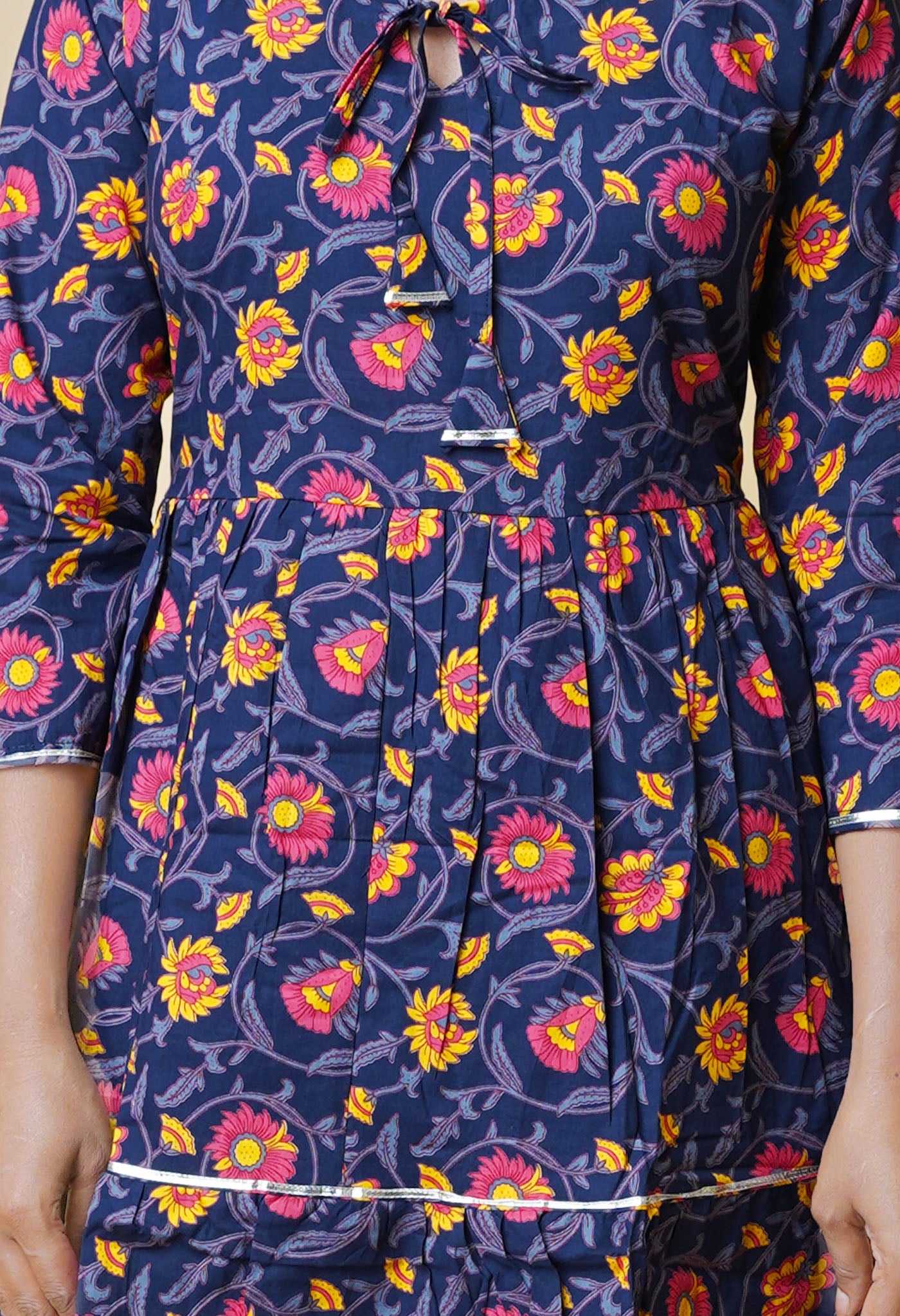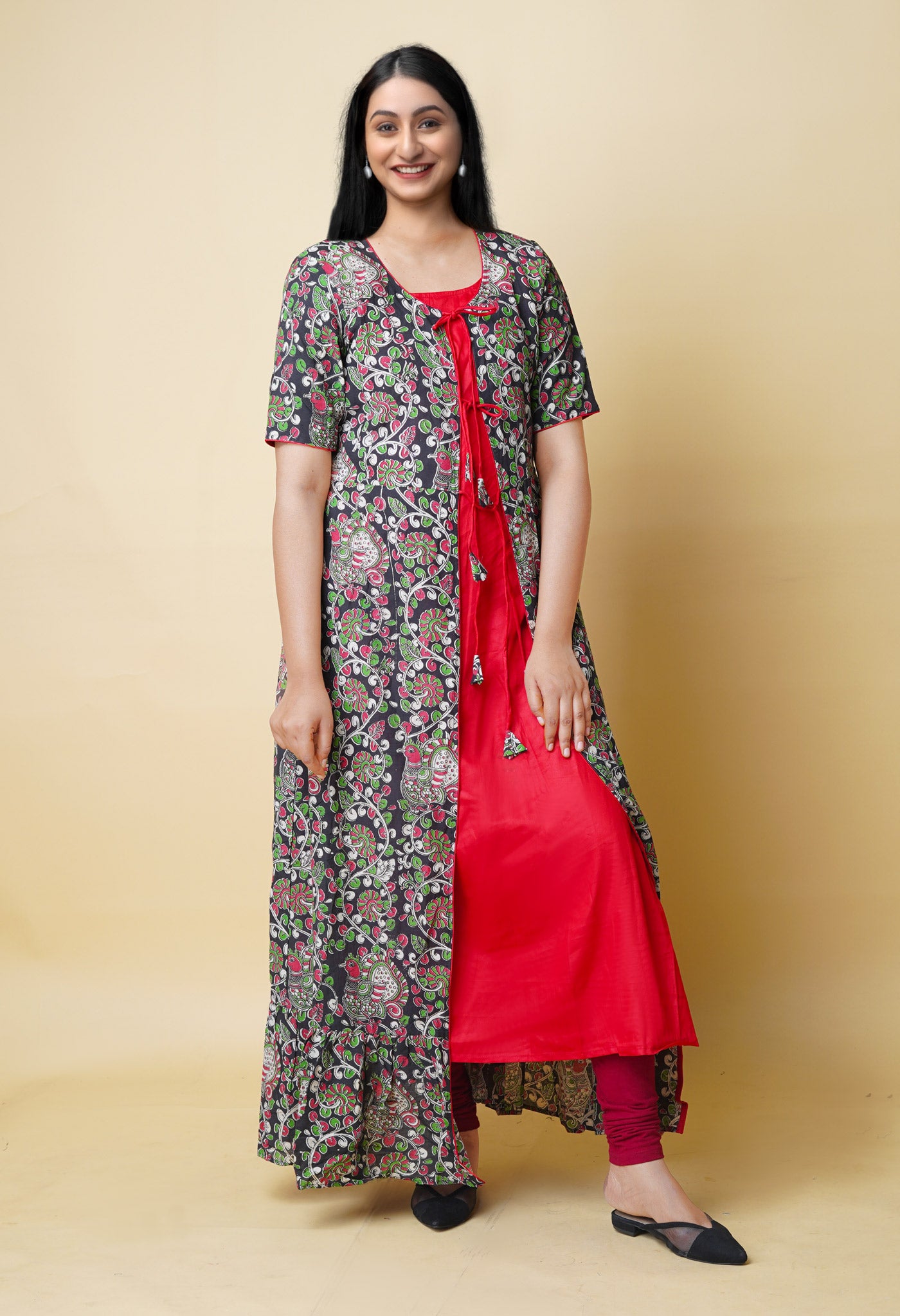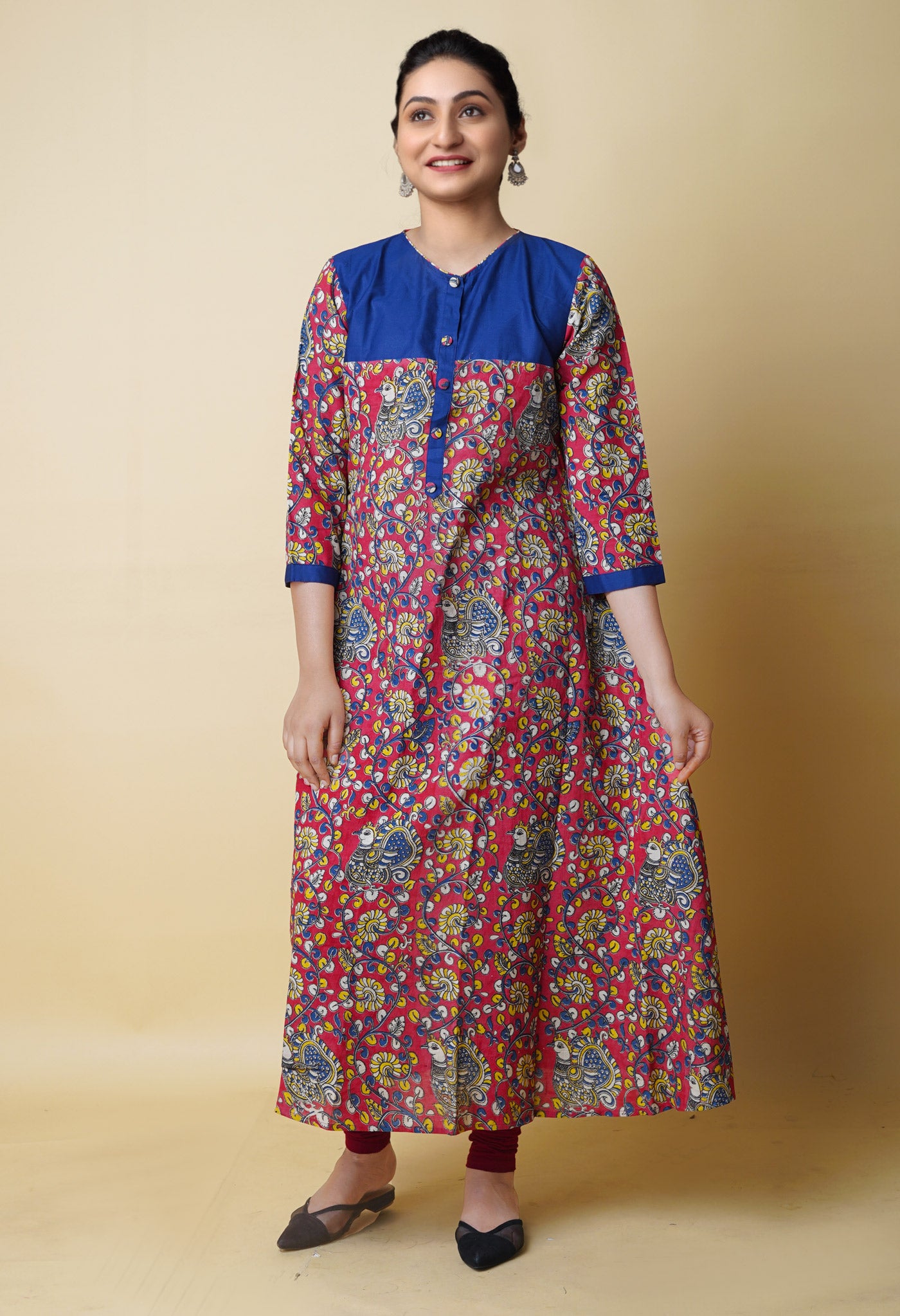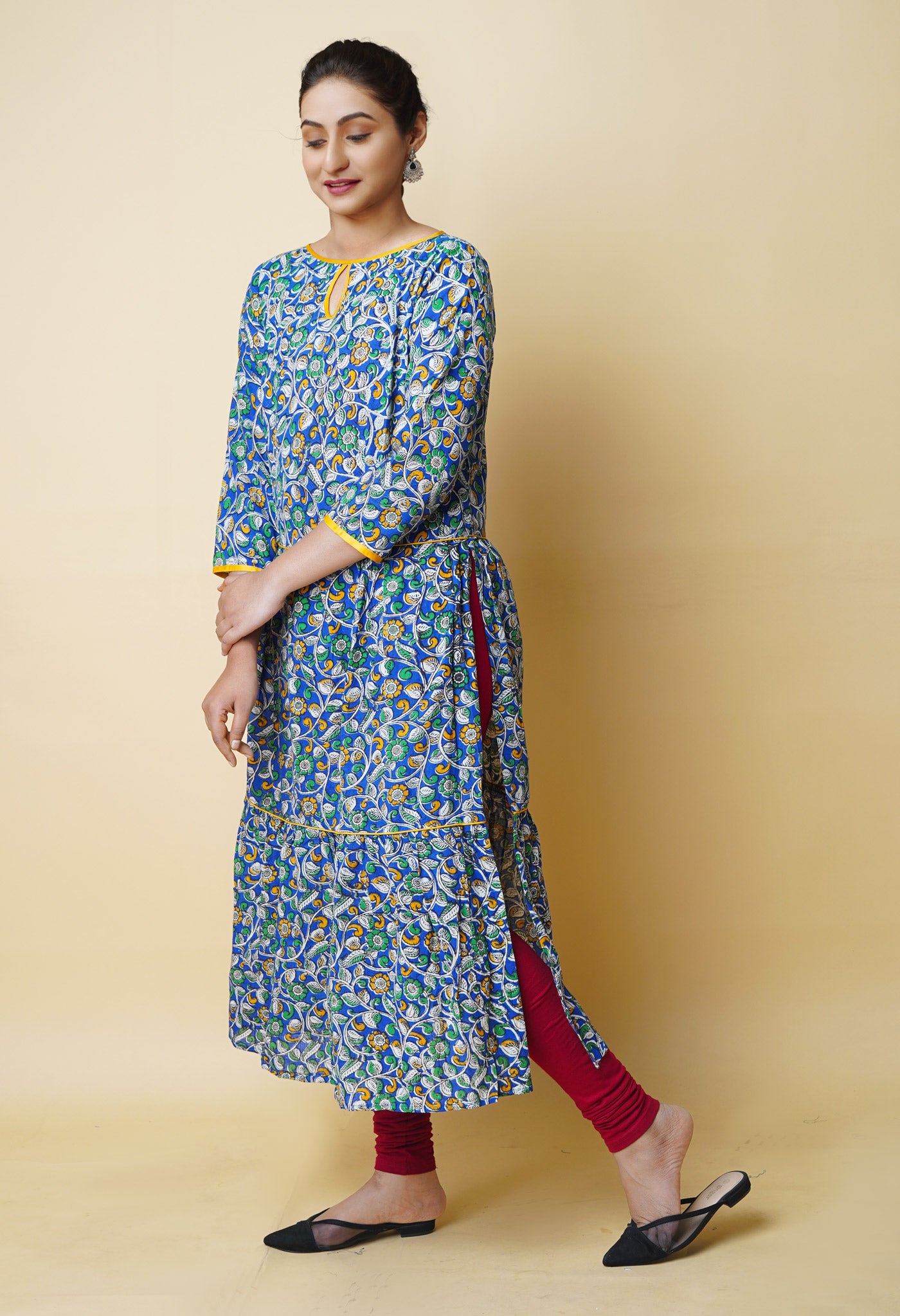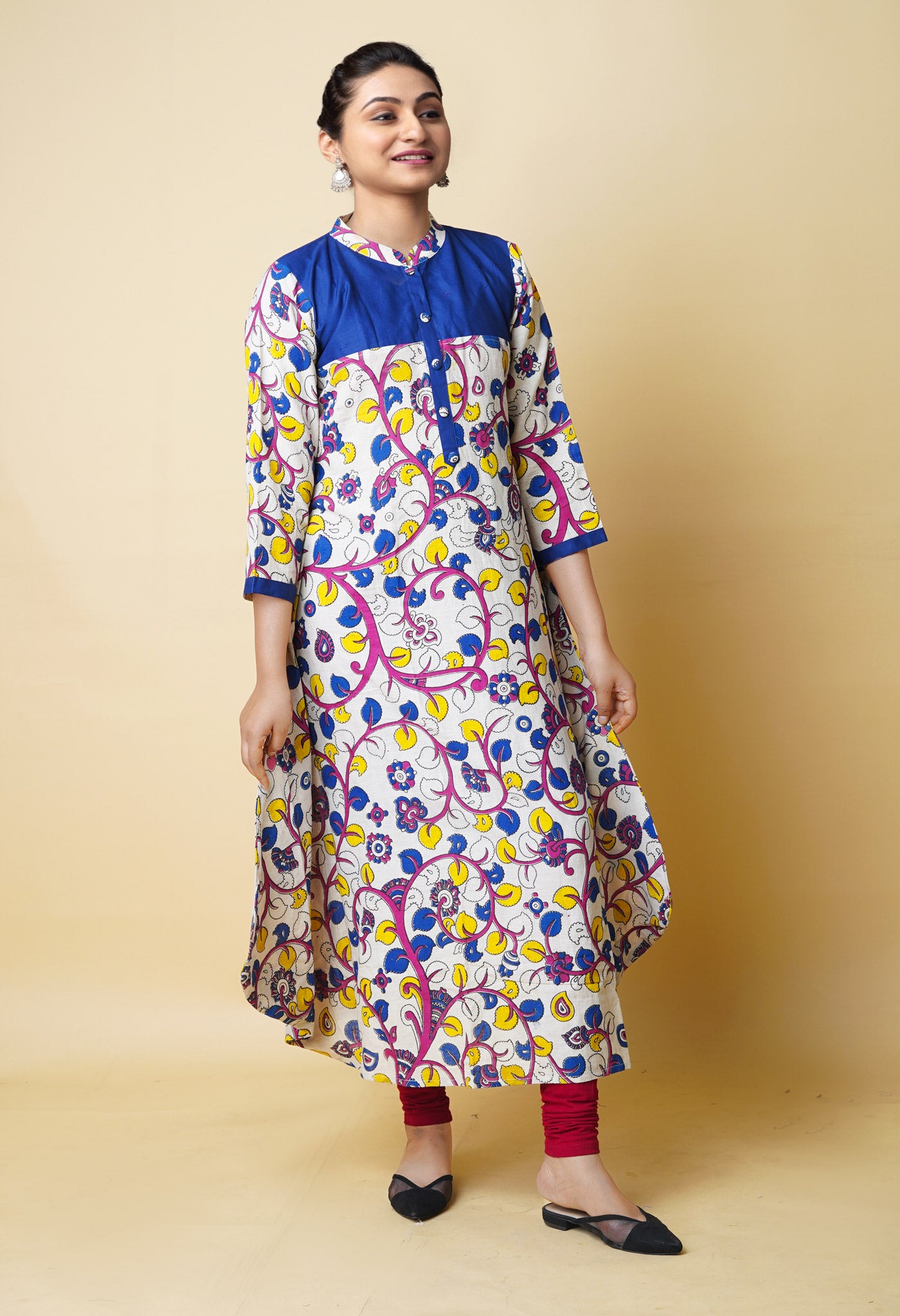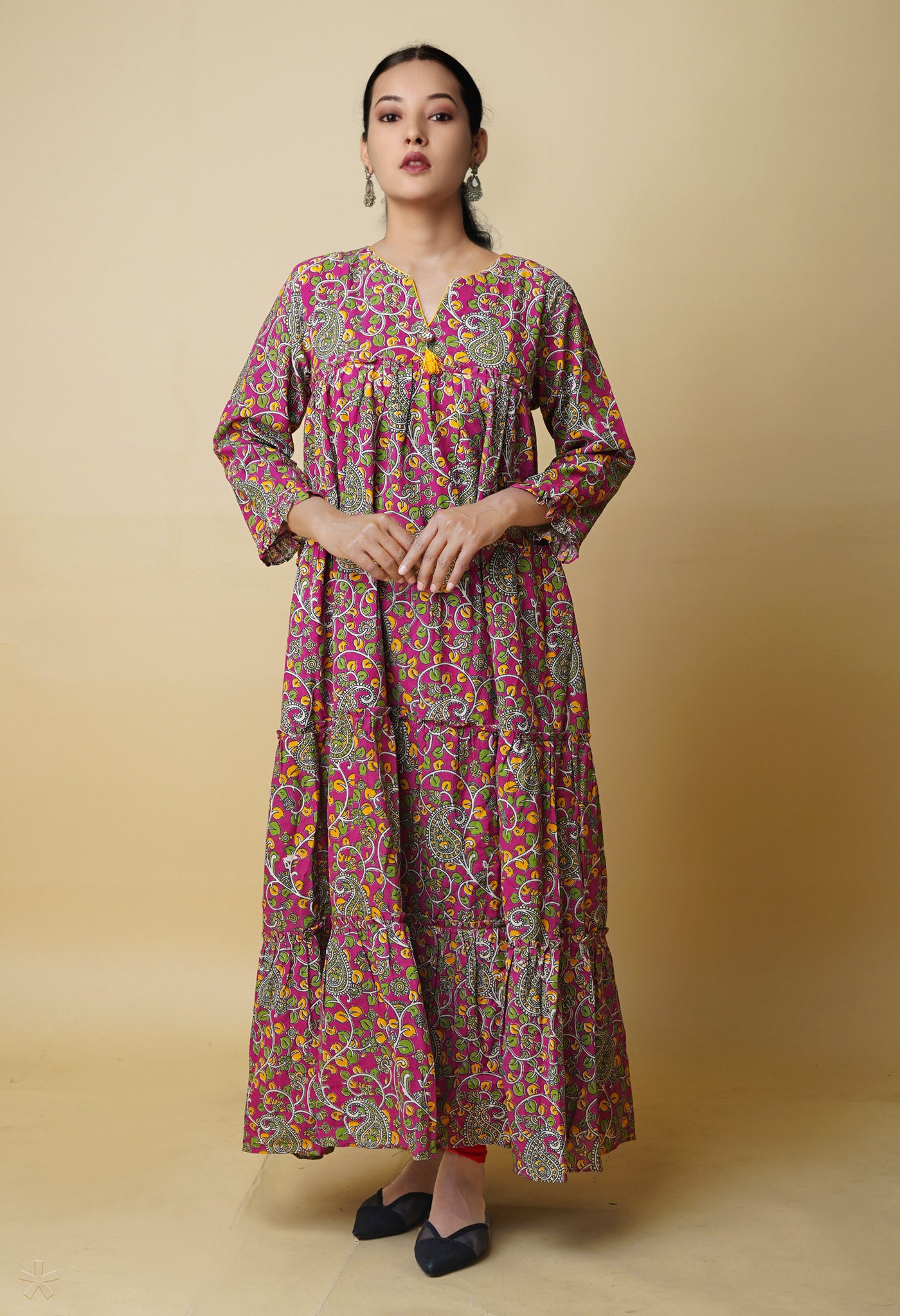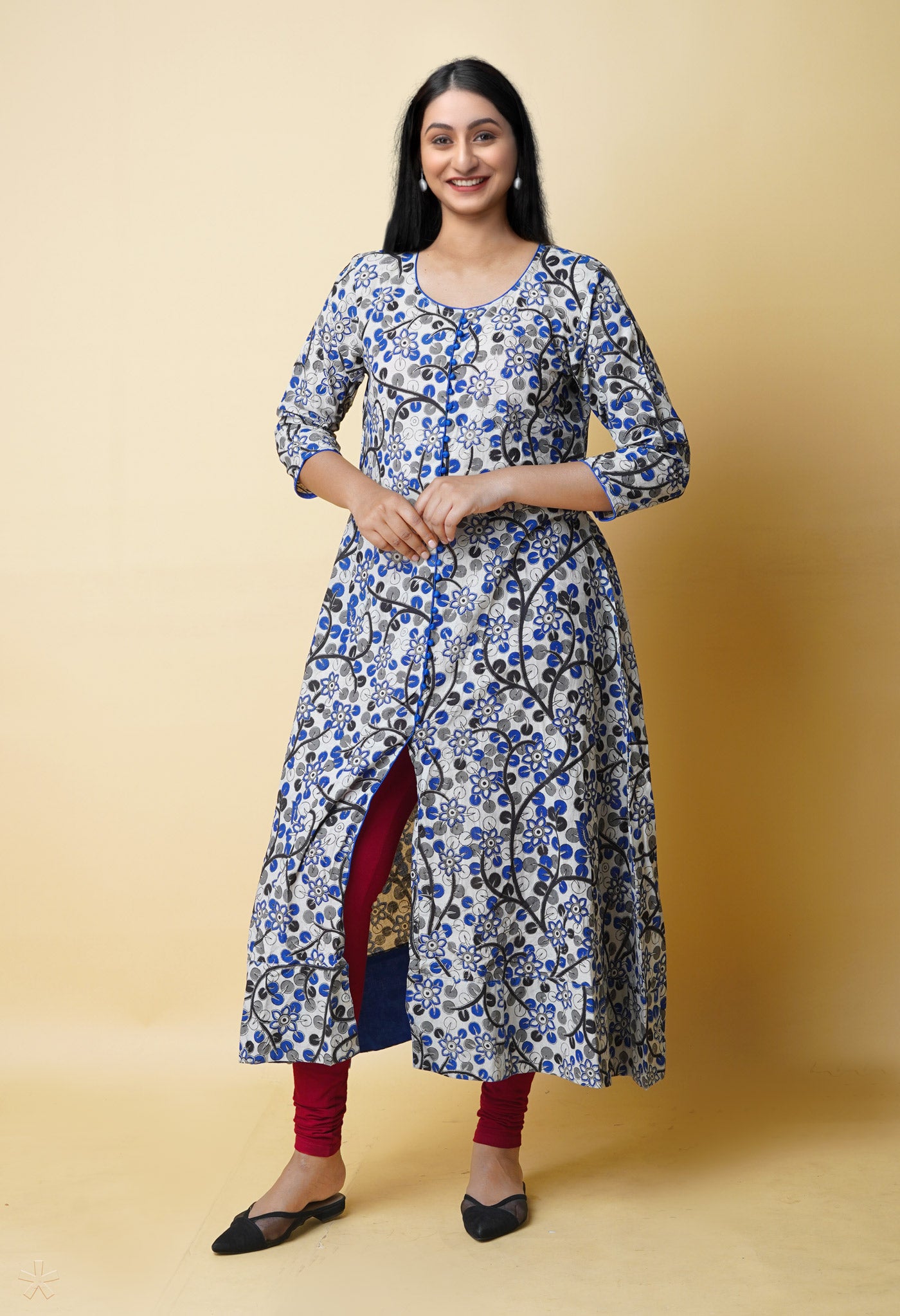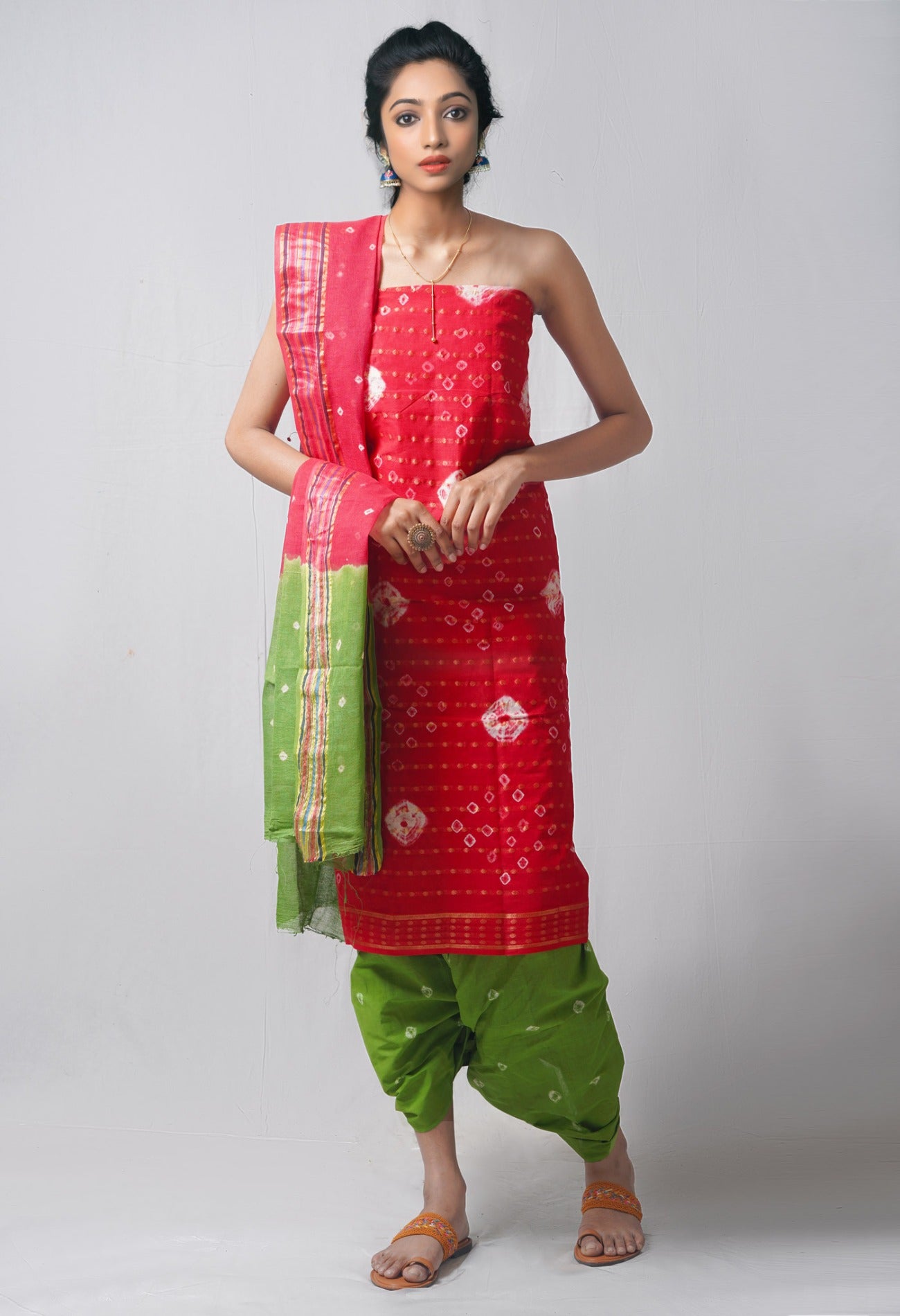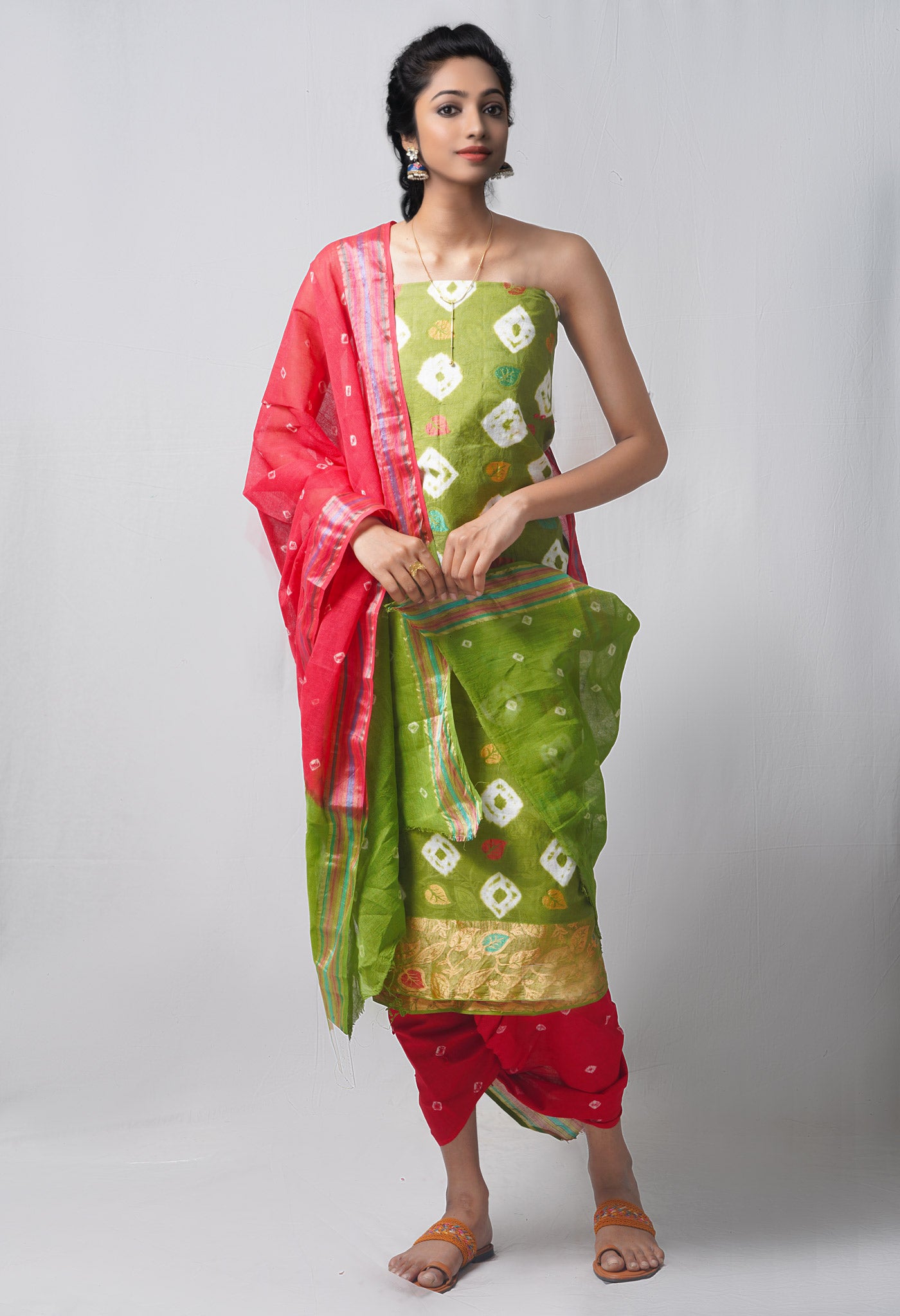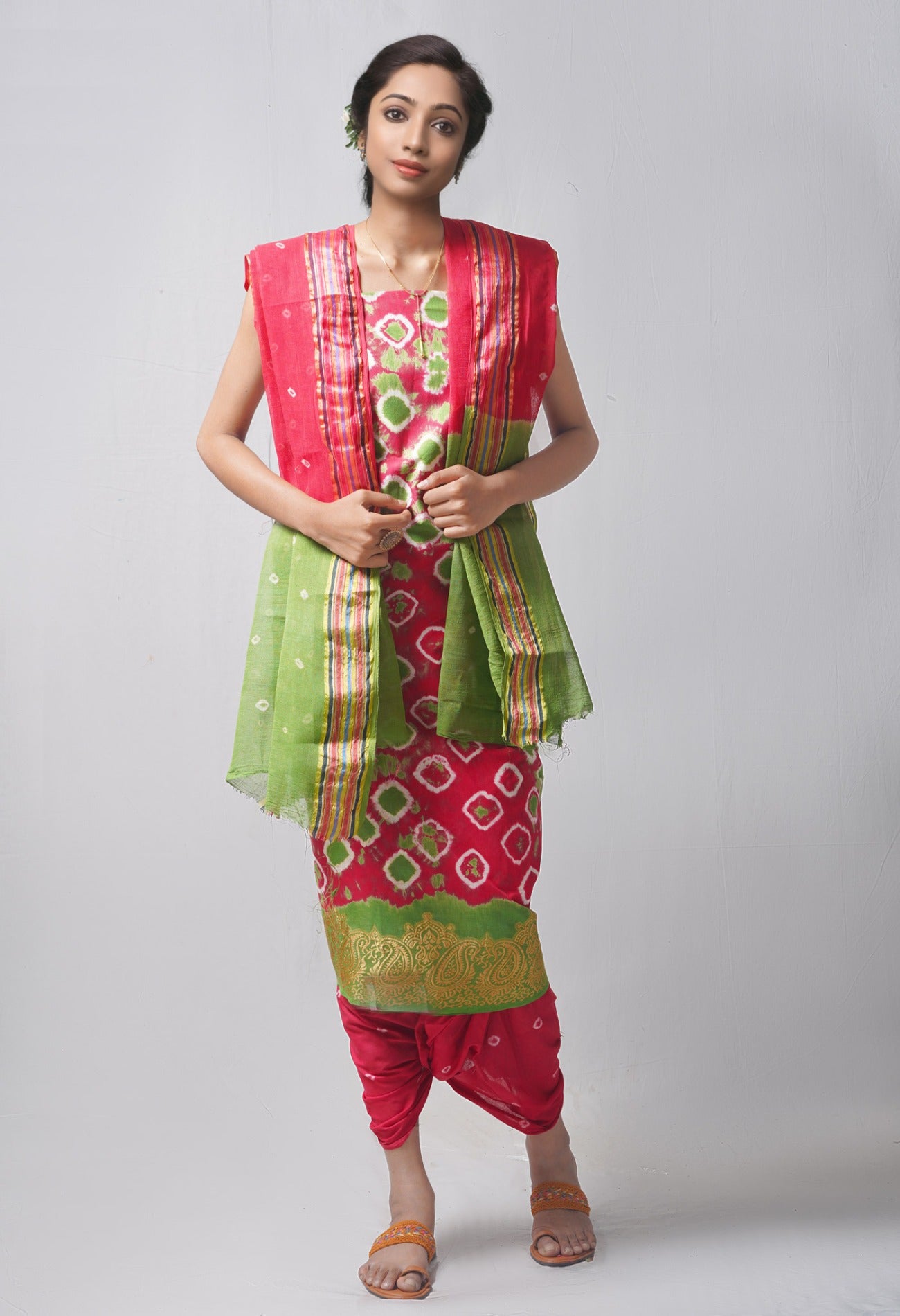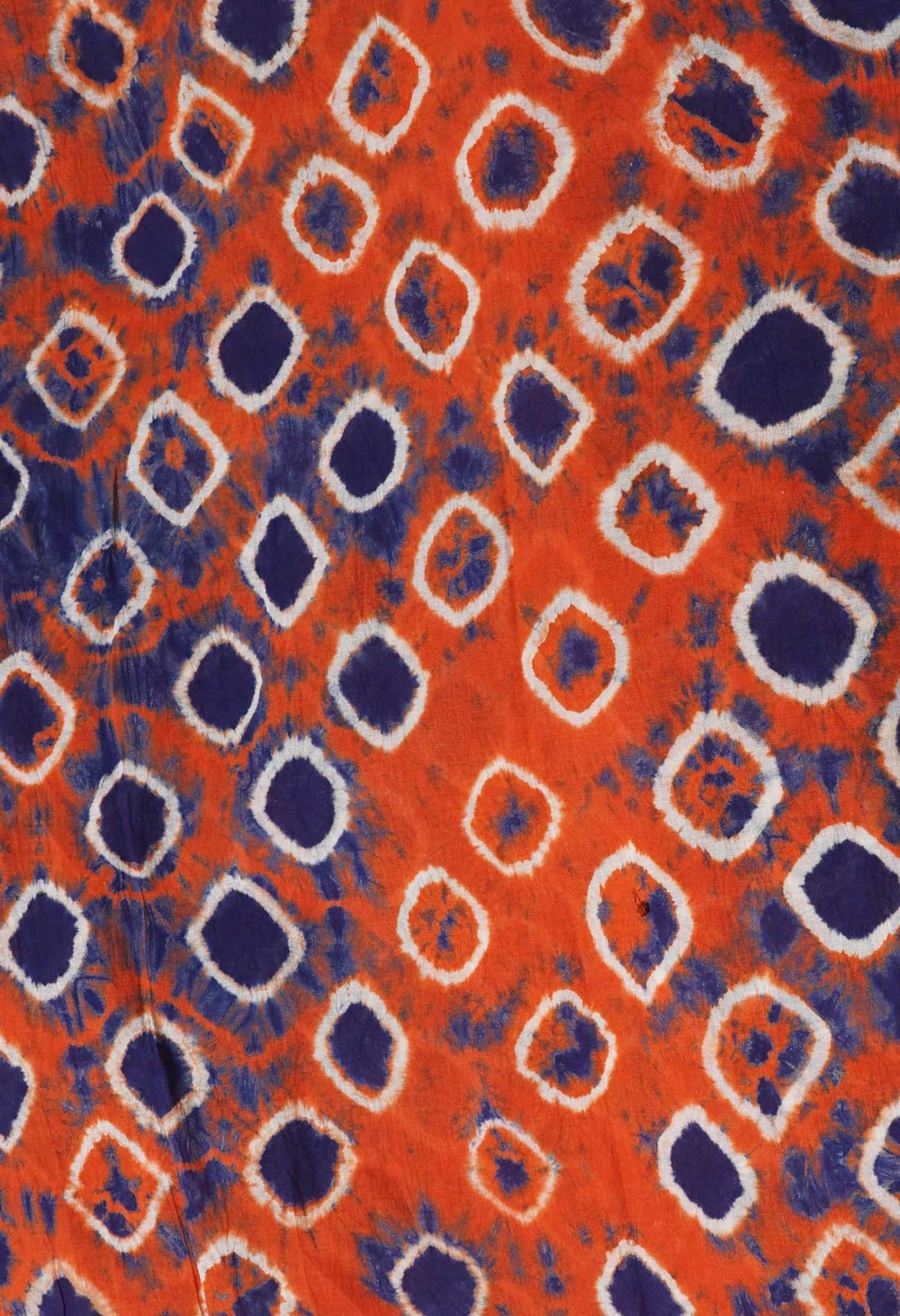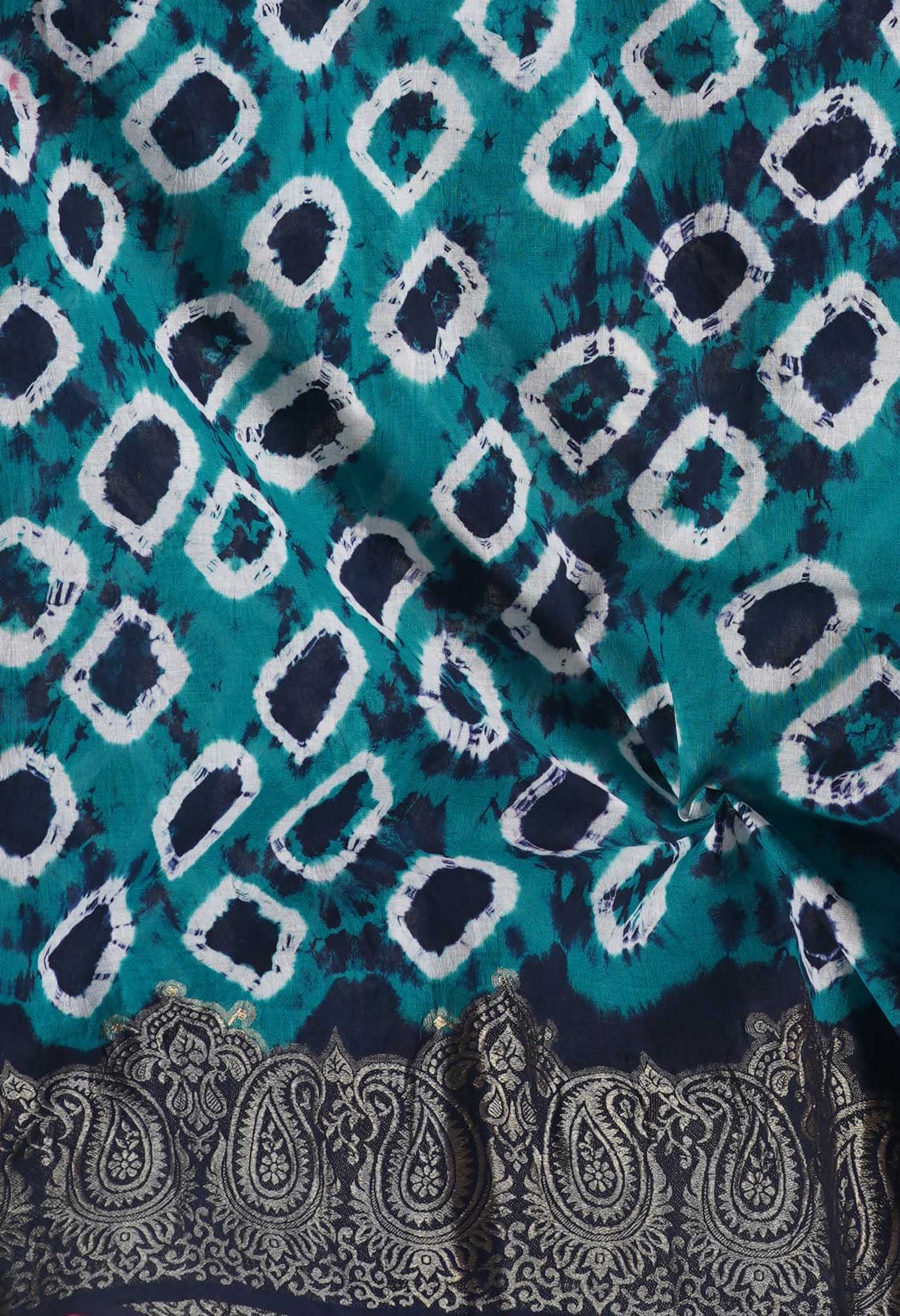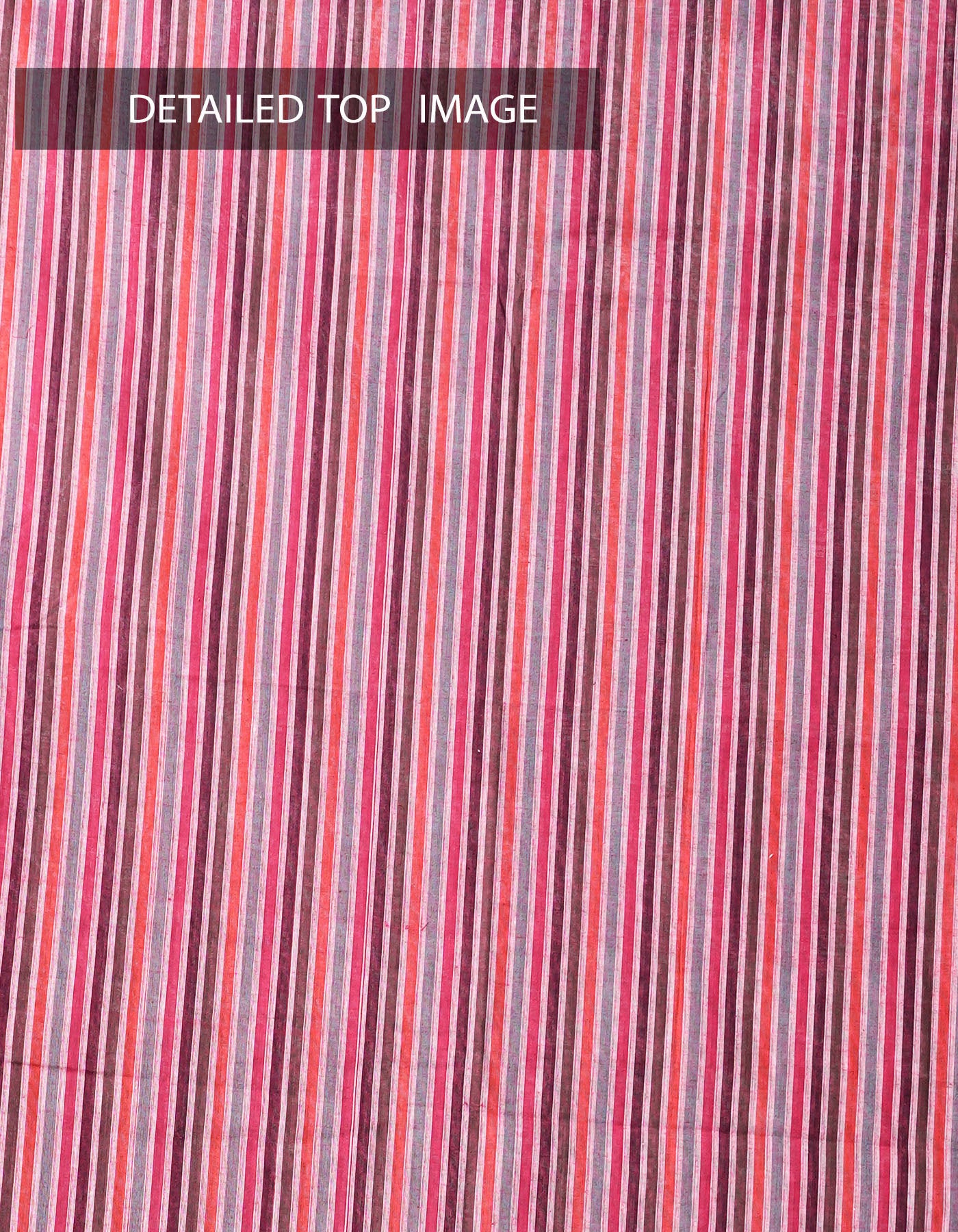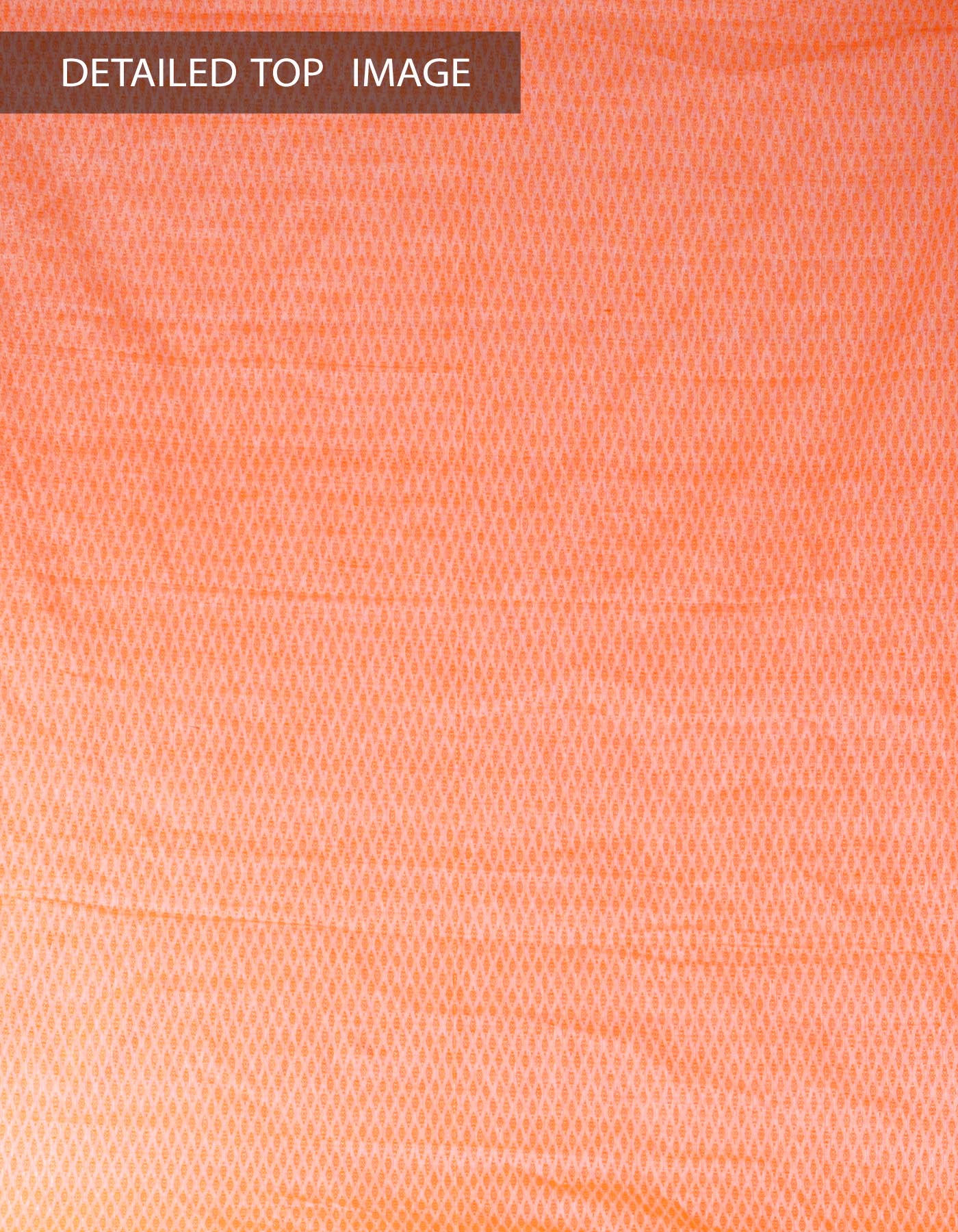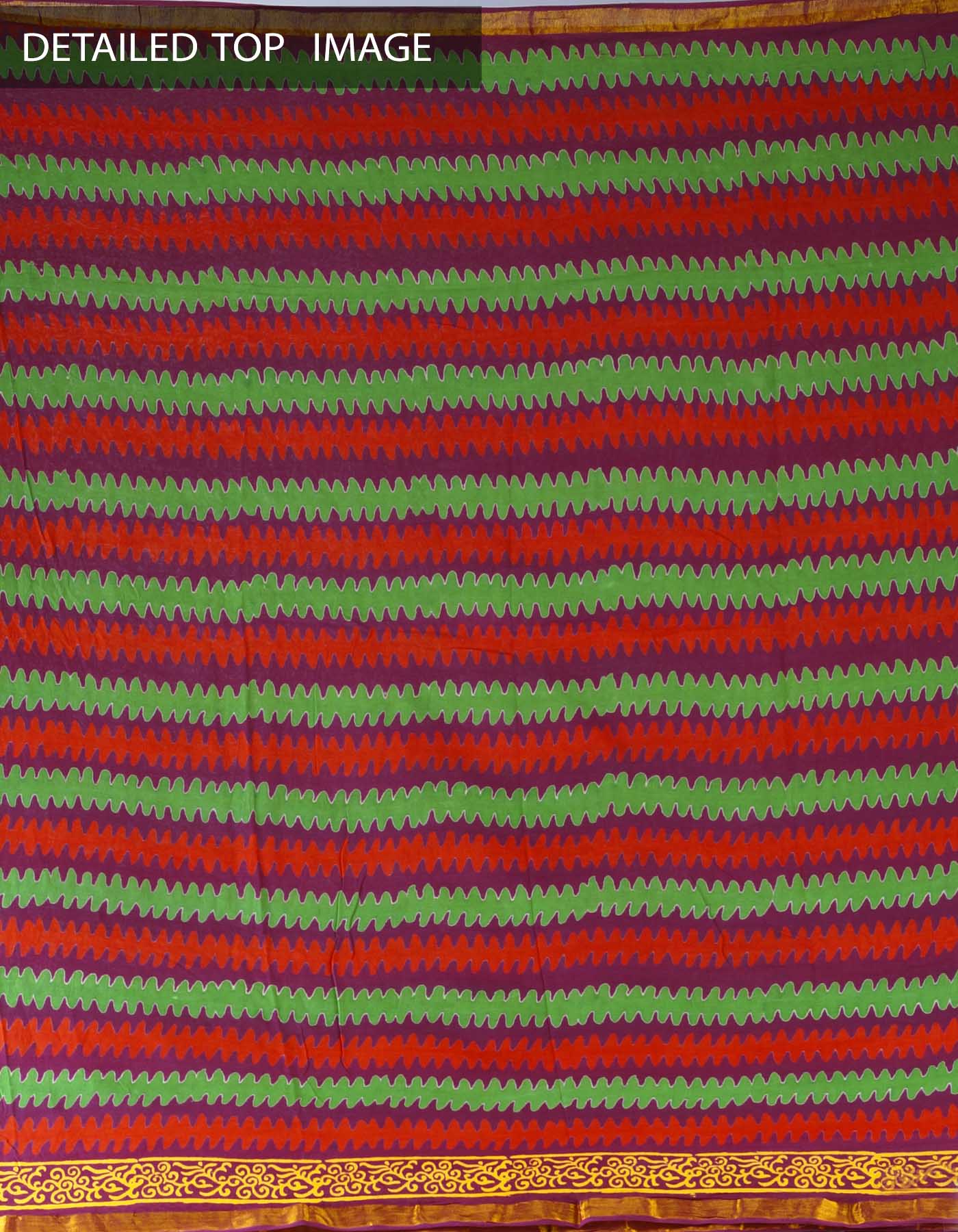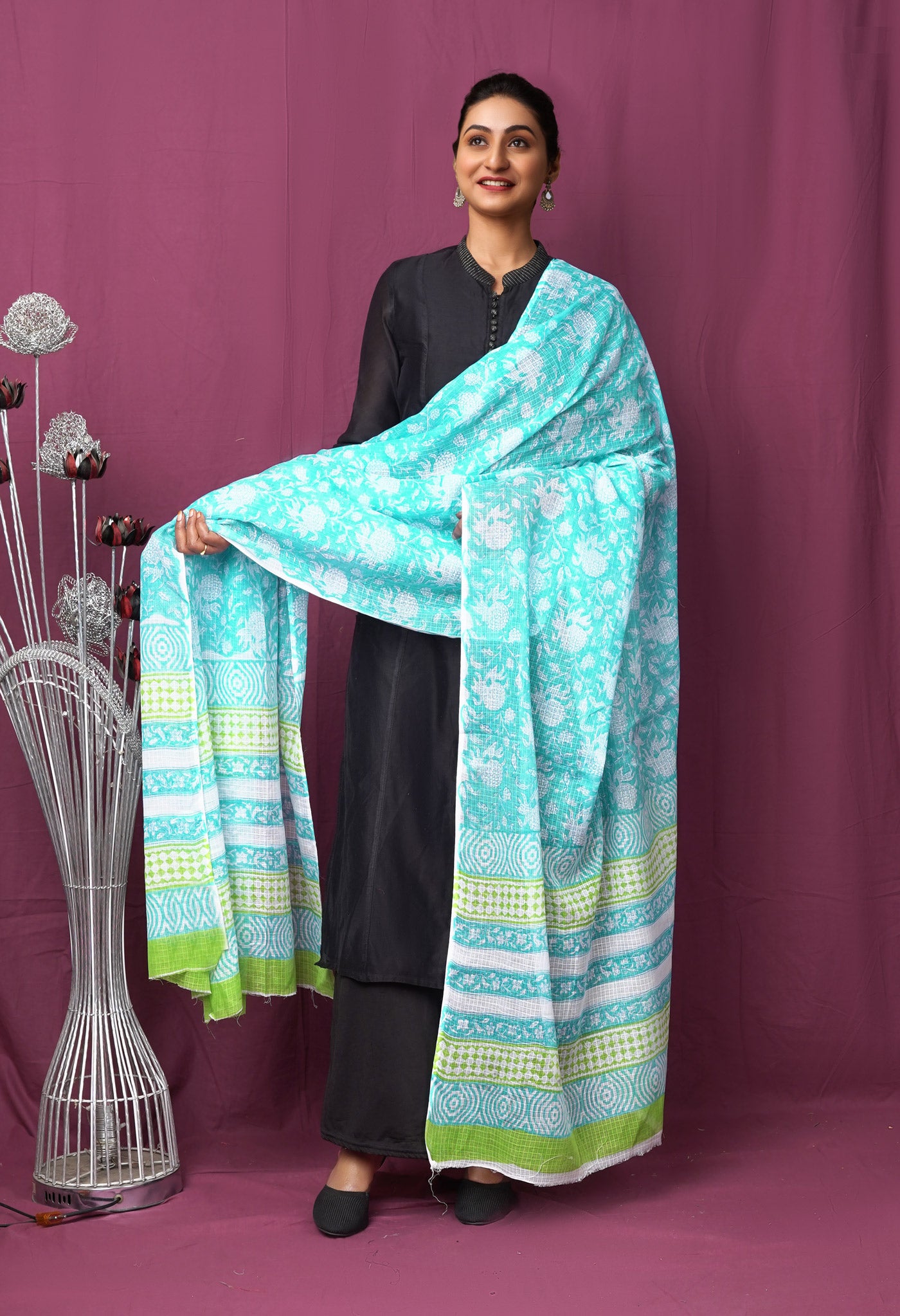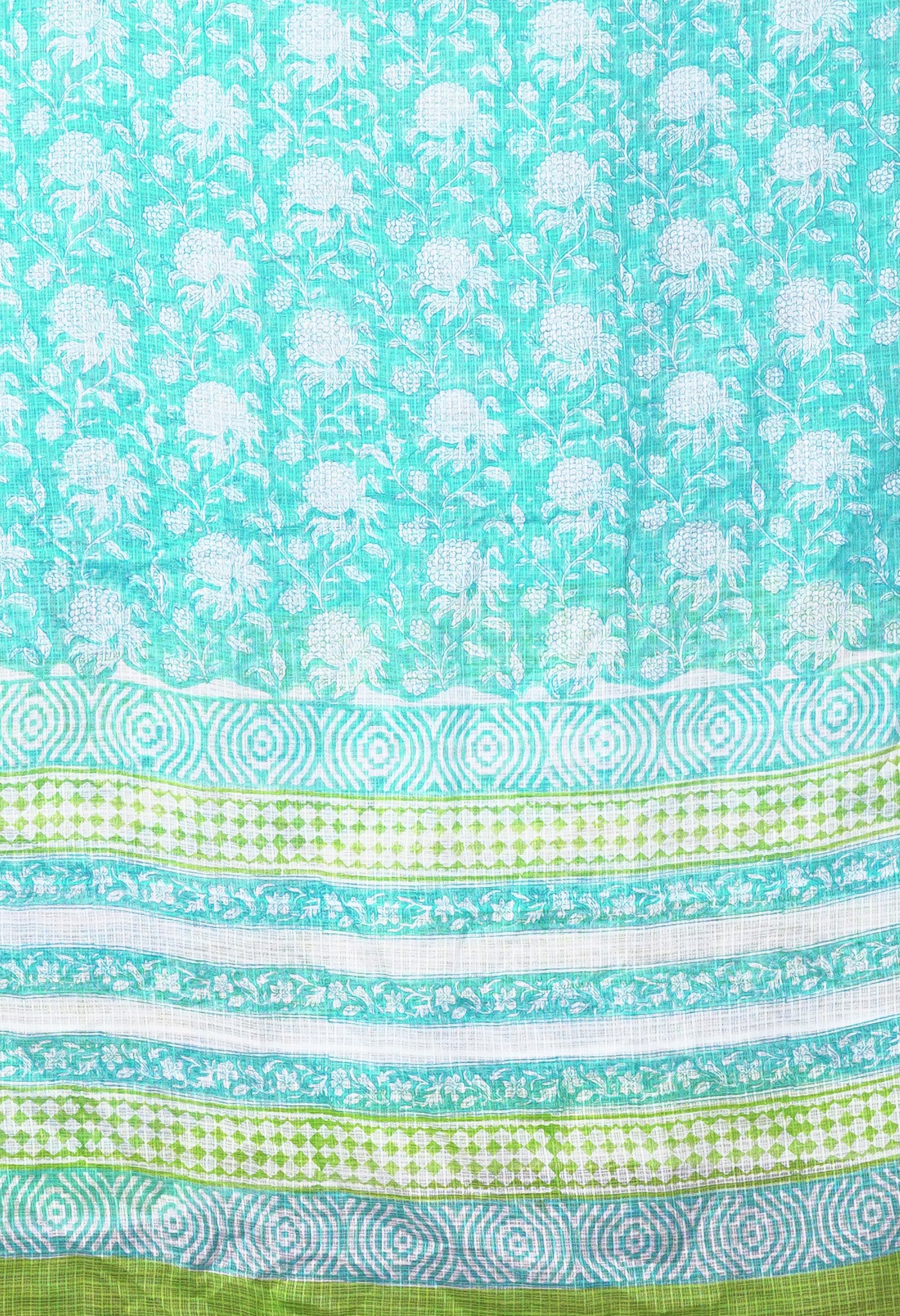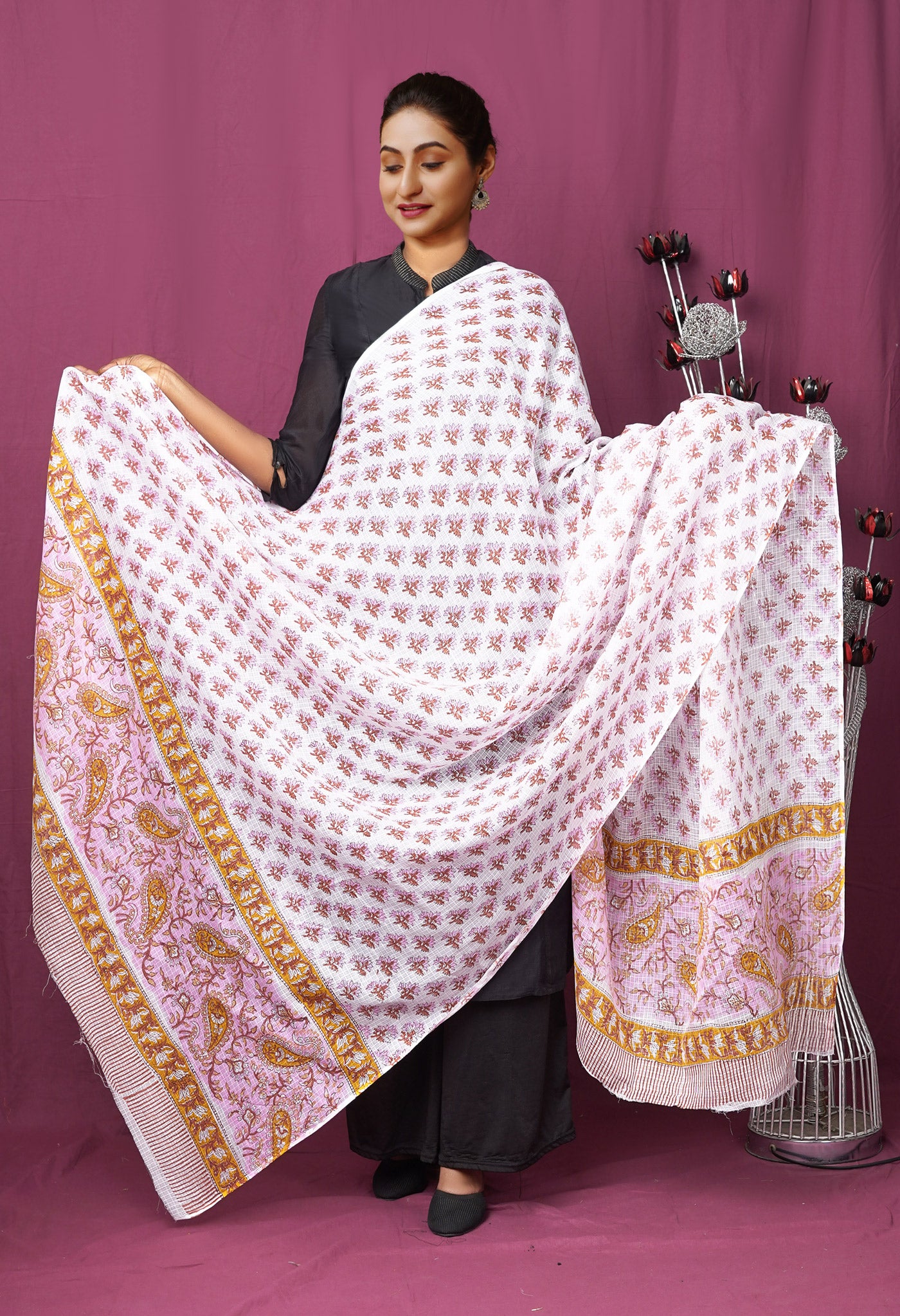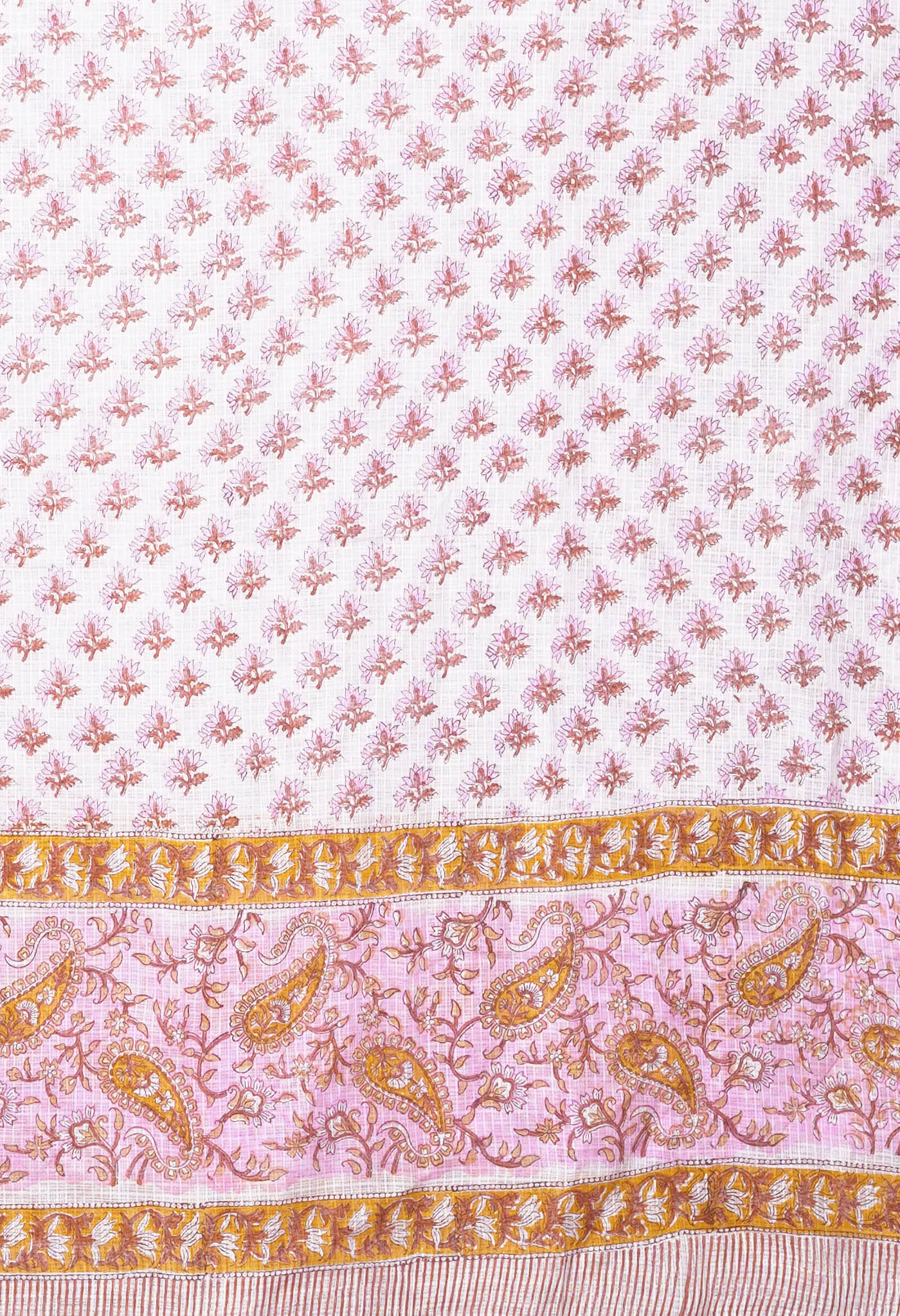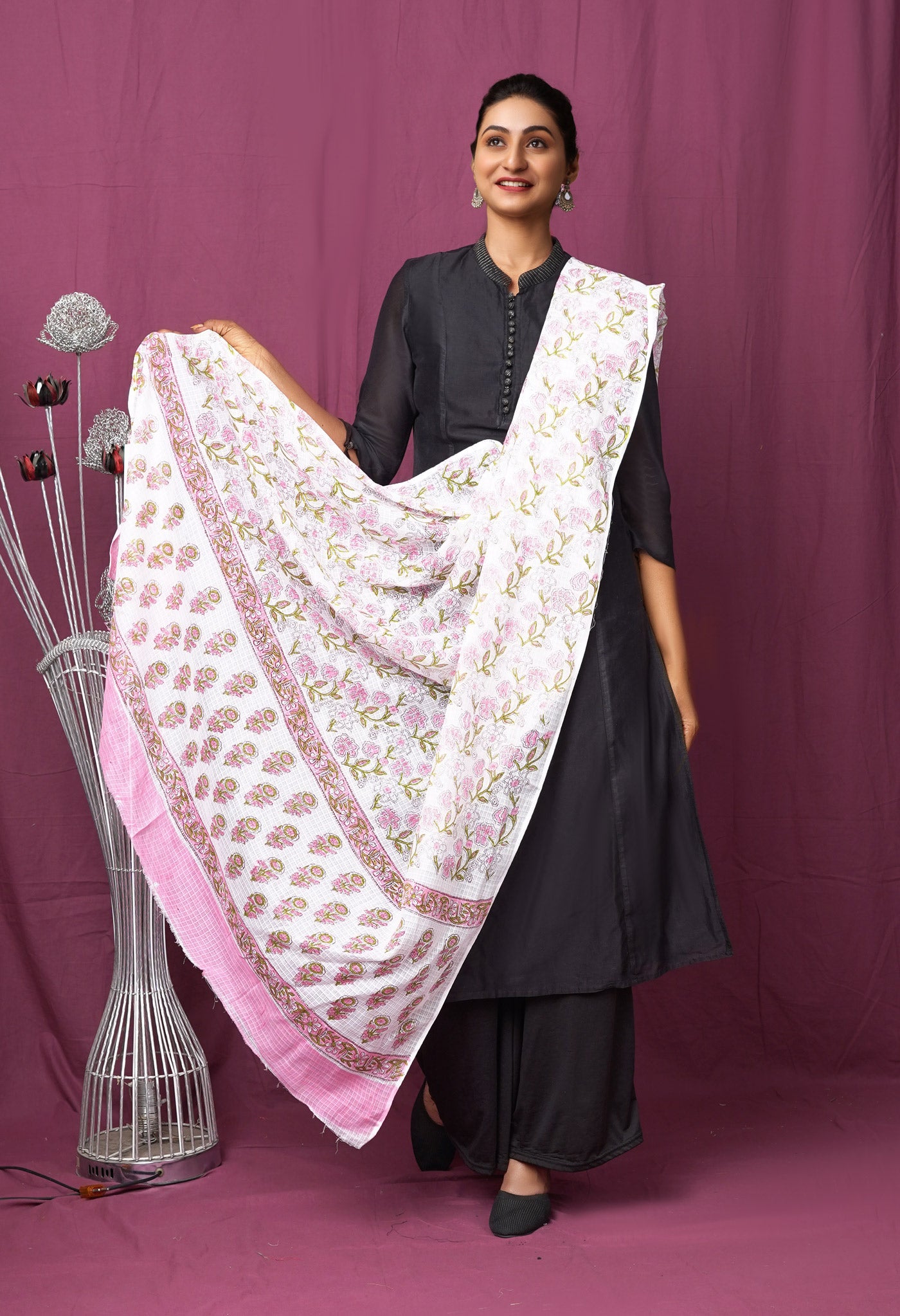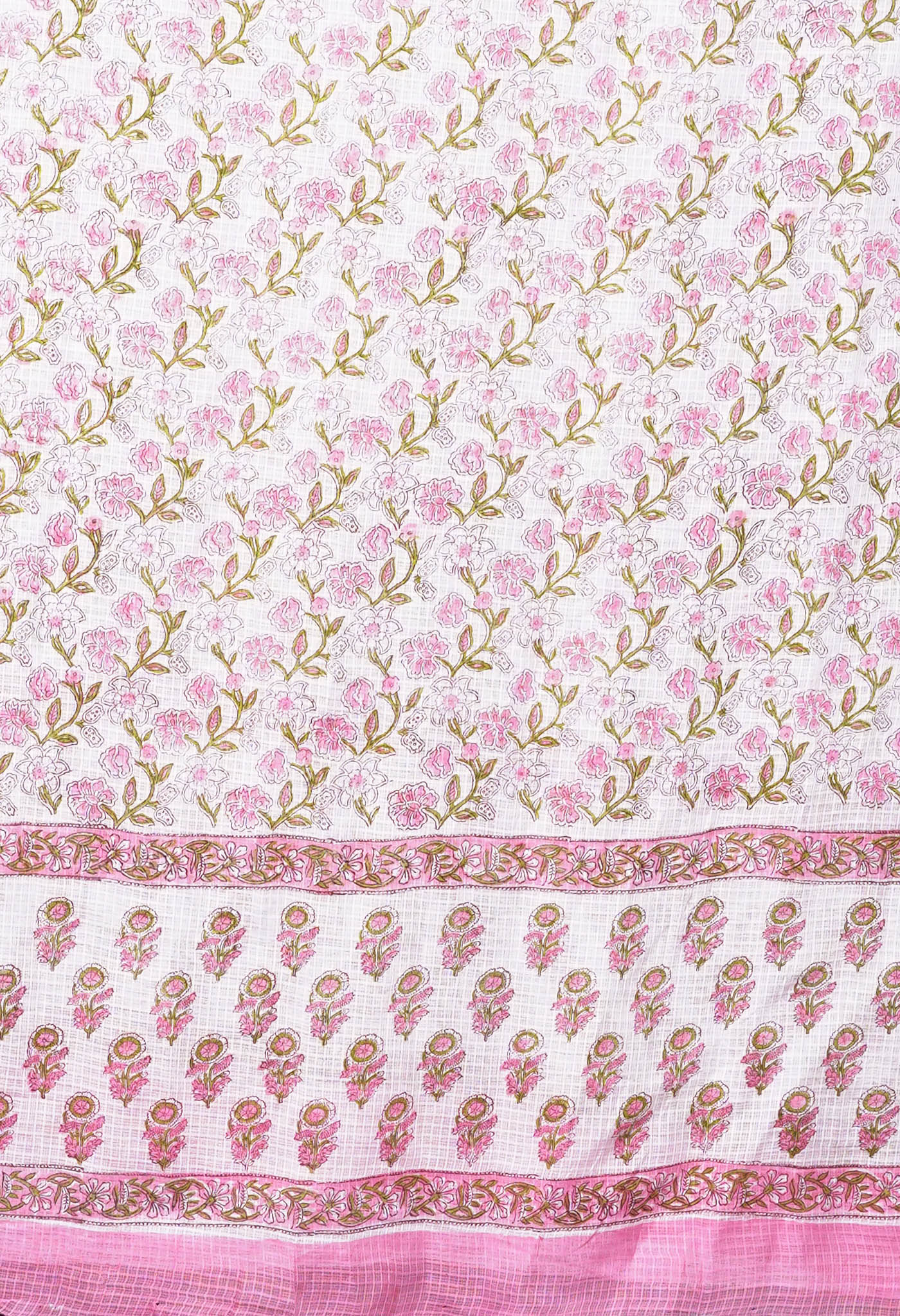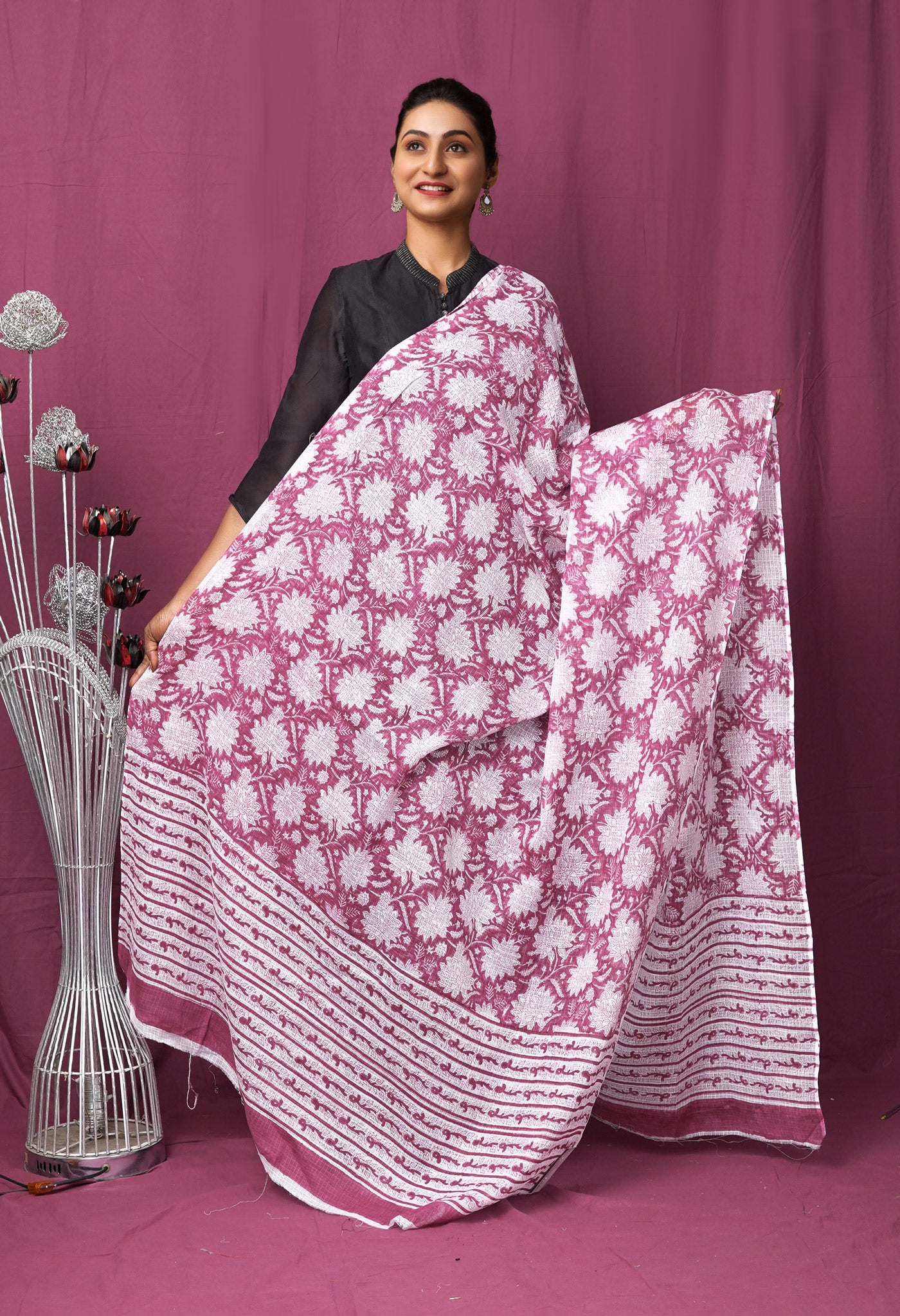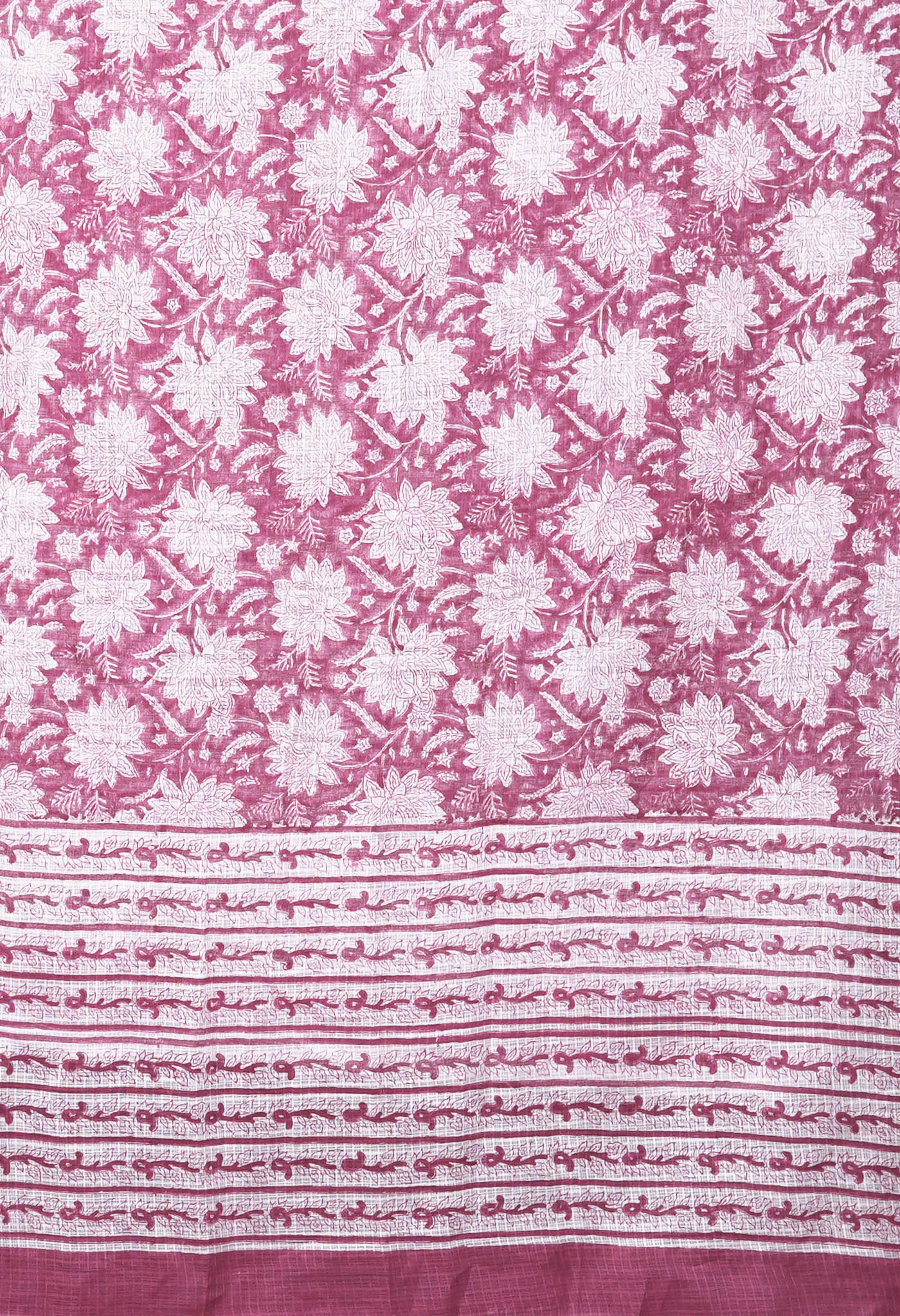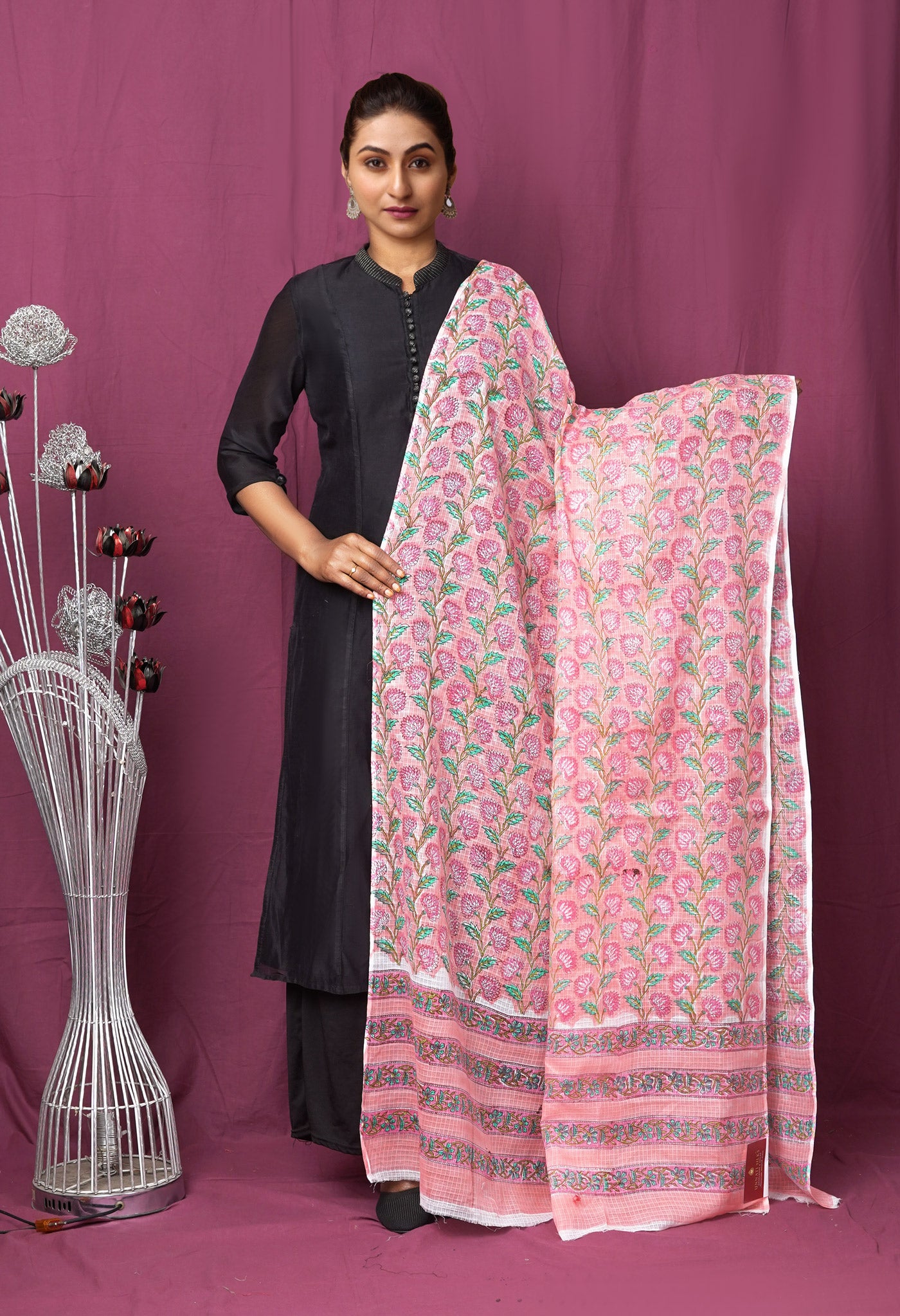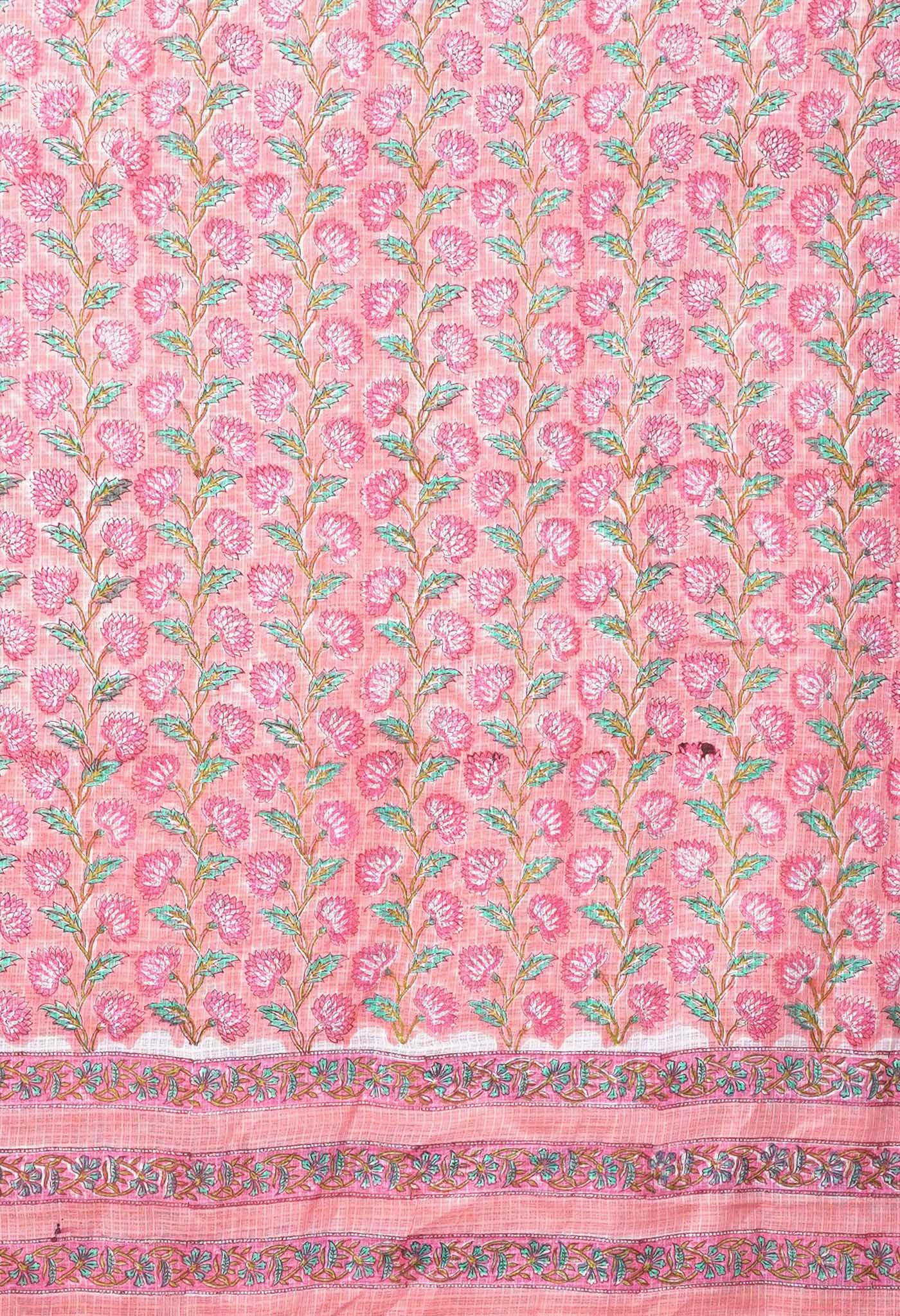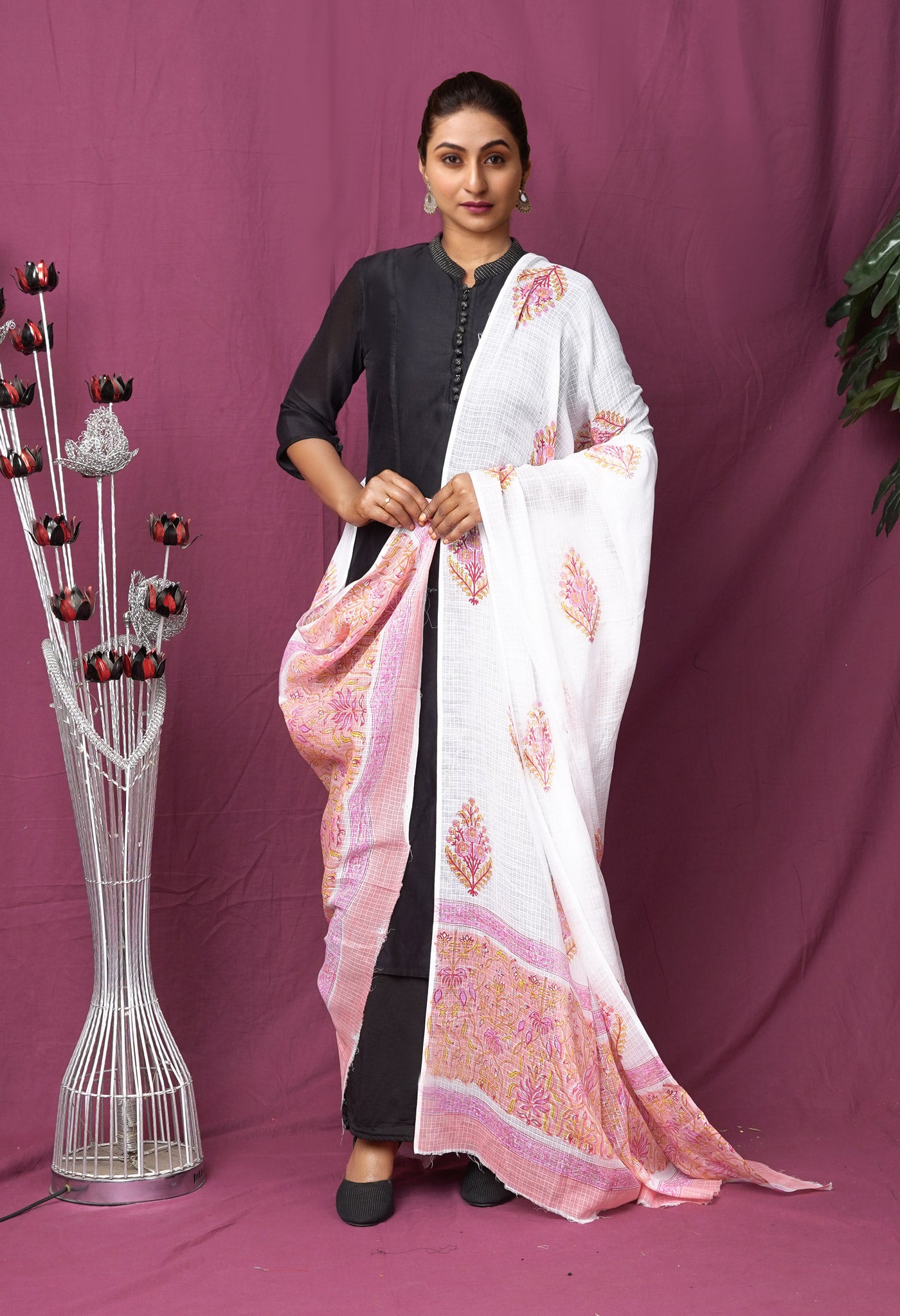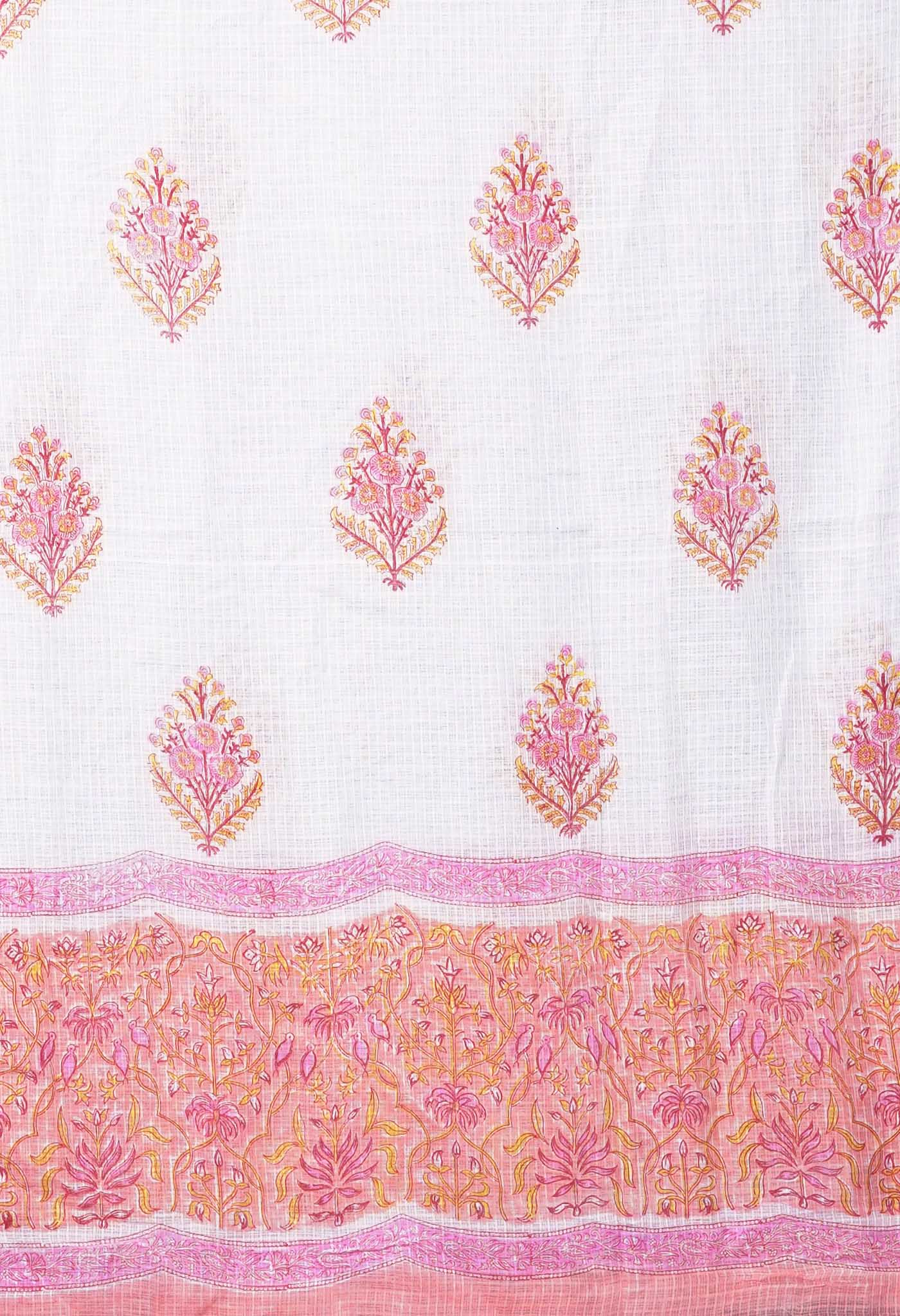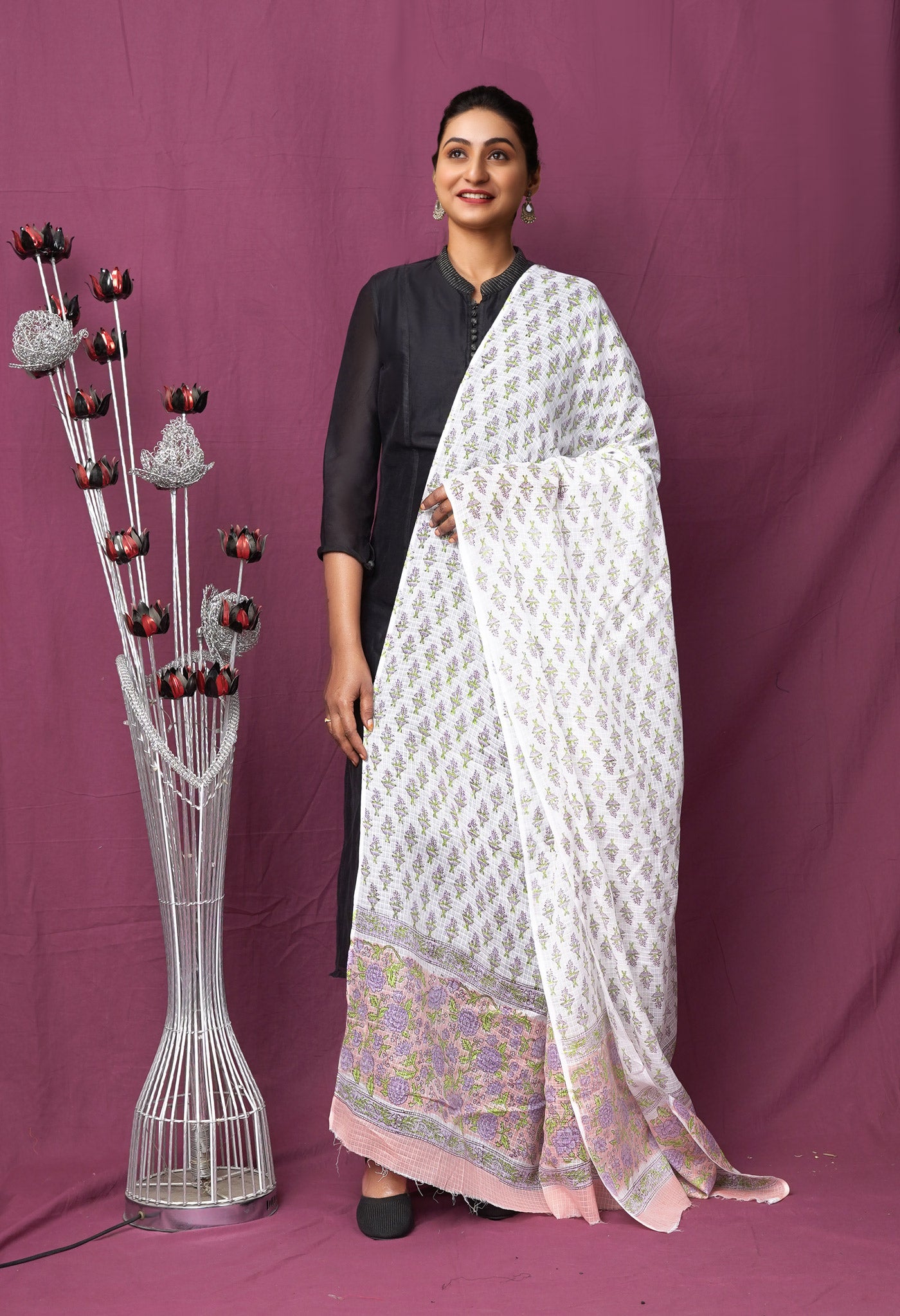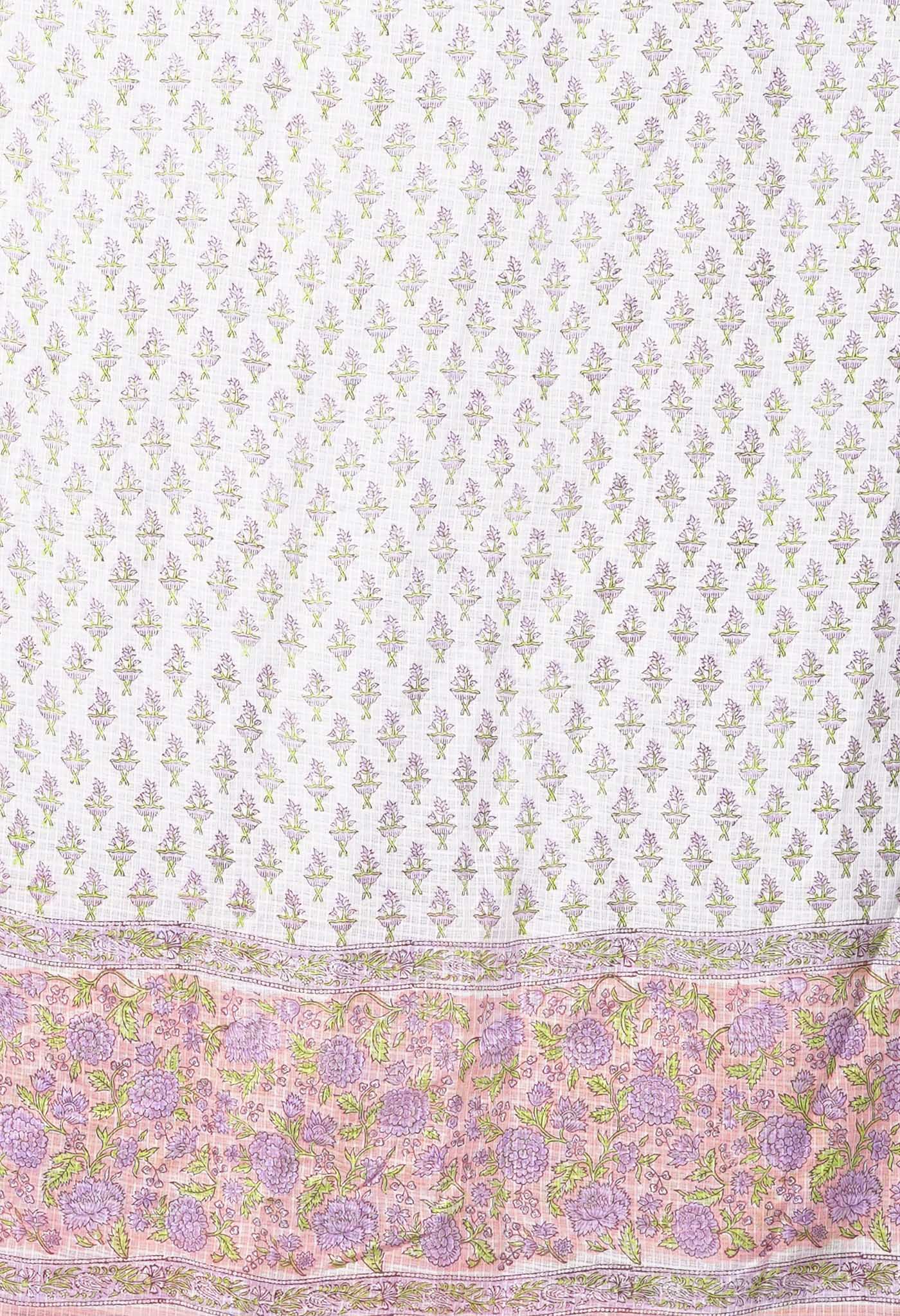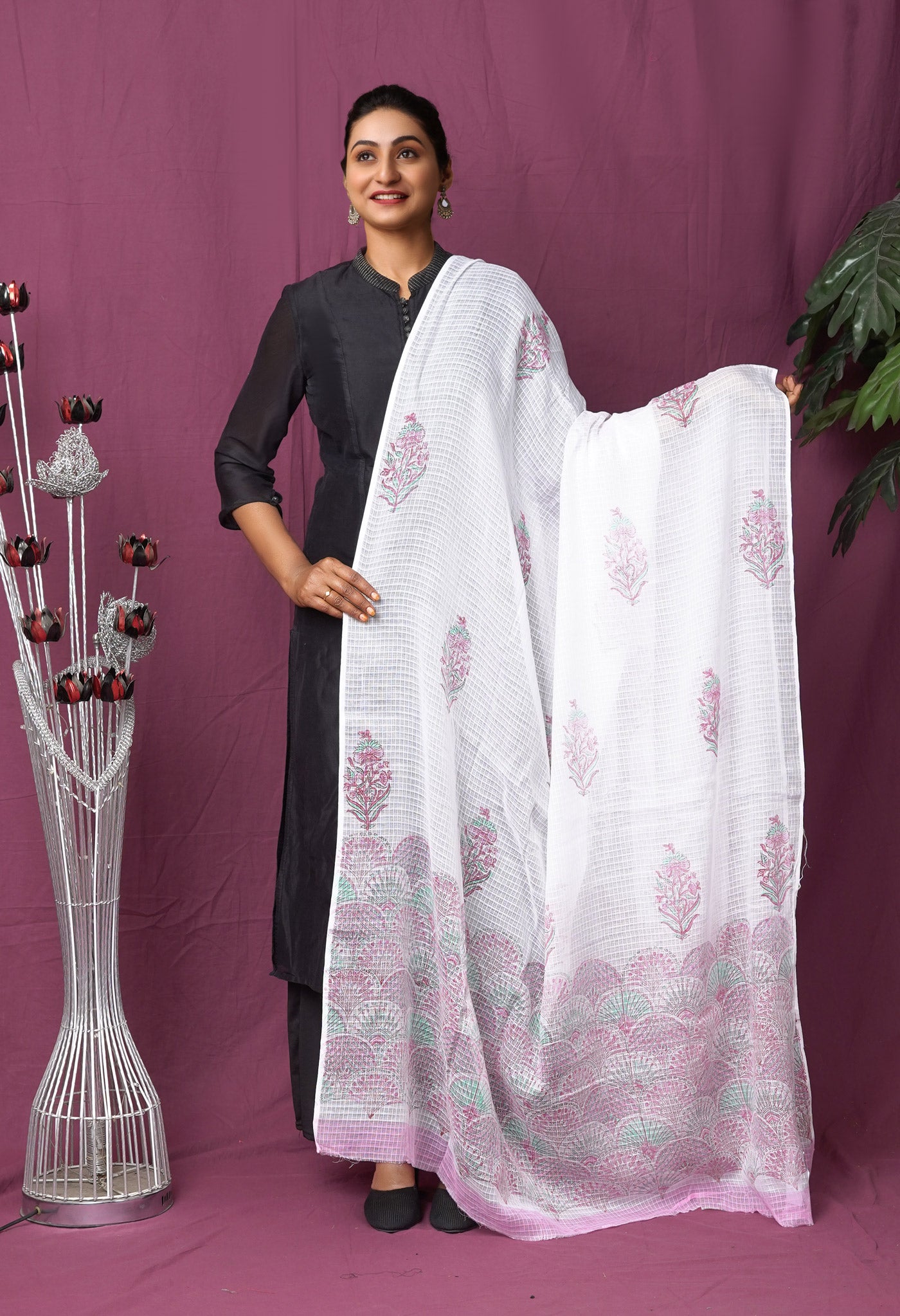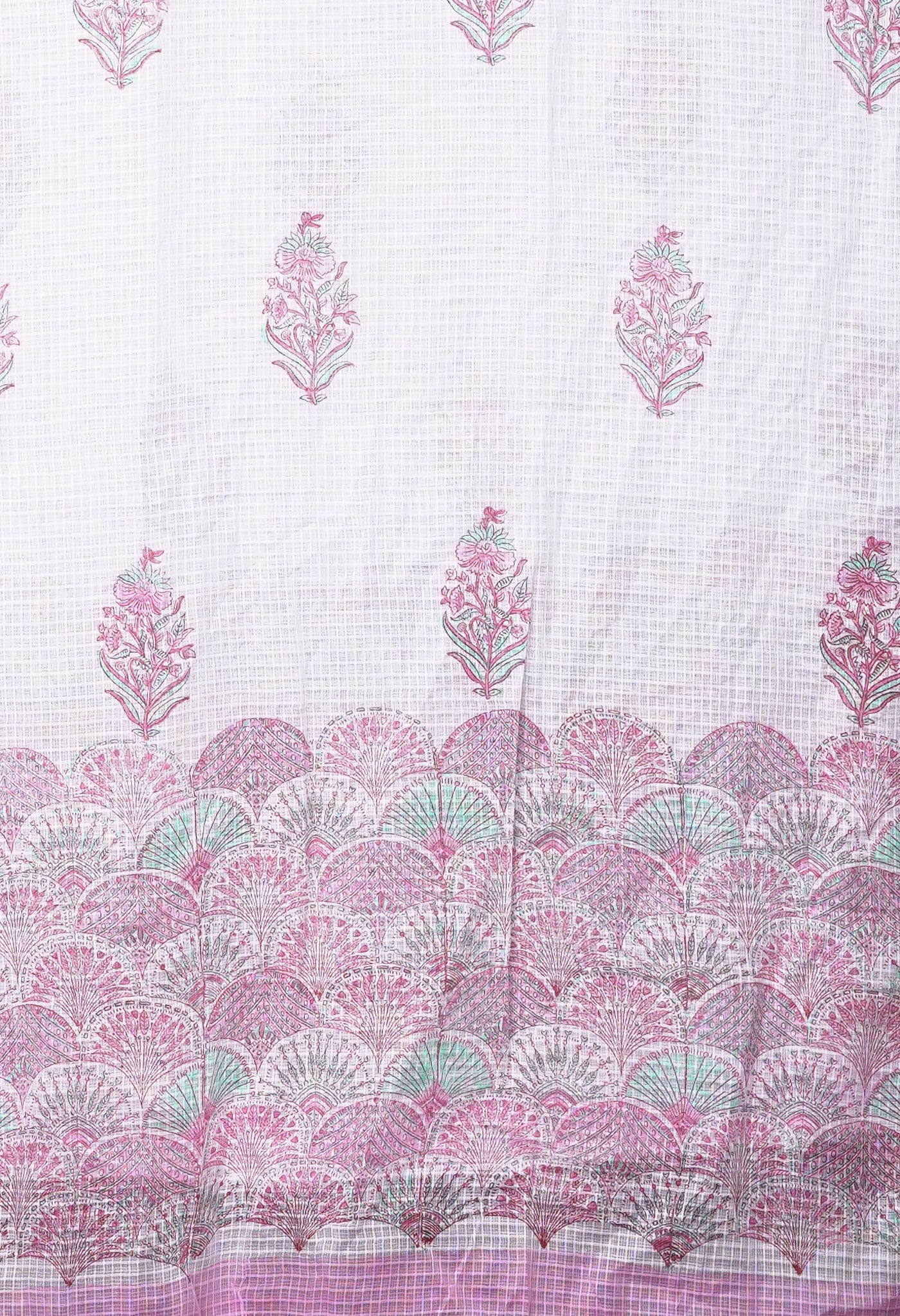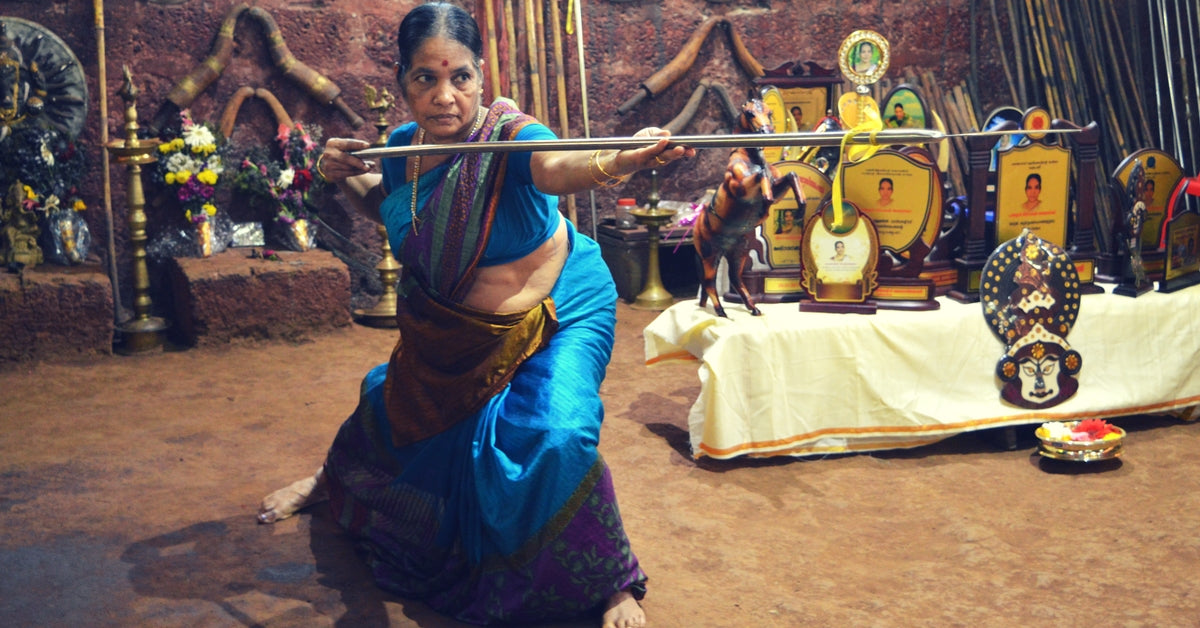
This Sari-Clad 77 year oldKalaripayattu teacher will amaze & inspire you at the same time
The other day when Meenakshiamma was the focus of our discussion, one thing that stood out was the traditional Indian garment – the saree.
Who is Meenakshiamma you ask? Well, she is the oldest woman Kalaripayattu practising trainer in Kerala. Kalaripayattu is an ancient combat form of this state, in the southernmost part of the country, that came into existence in 11th century, when the Tamil kingdoms of Cheras and Cholas were at war with each other. This North-Kerala style of fighting involves the skill of jumping, twirling in the air, crouching, with the use of weapons like Otta (sword), Sharira Vadi (long wooden pole), Urmi (long strips of steel ribbons) etc. that we might have seen in Chinese based martial arts movies and presumed that they might have originated from that country.
Incidentally Kalaripattu is by itself an original form that is not influenced but could have parallels. It is mentioned in Tamil Sangam literature (300 BCE to 300 CE), and was taught to warriors as a combat form to fight battles. It was practiced only by men in the north and central part of Kerala, and the southern part of Tamil Nadu.
Despite being full of fighting moves, Kalari leaps and jumps are so graceful and fluid that they remind one of the traditional Kerala dance forms. This fact has made many a dance include some of the Kalari moves in their repertoire.
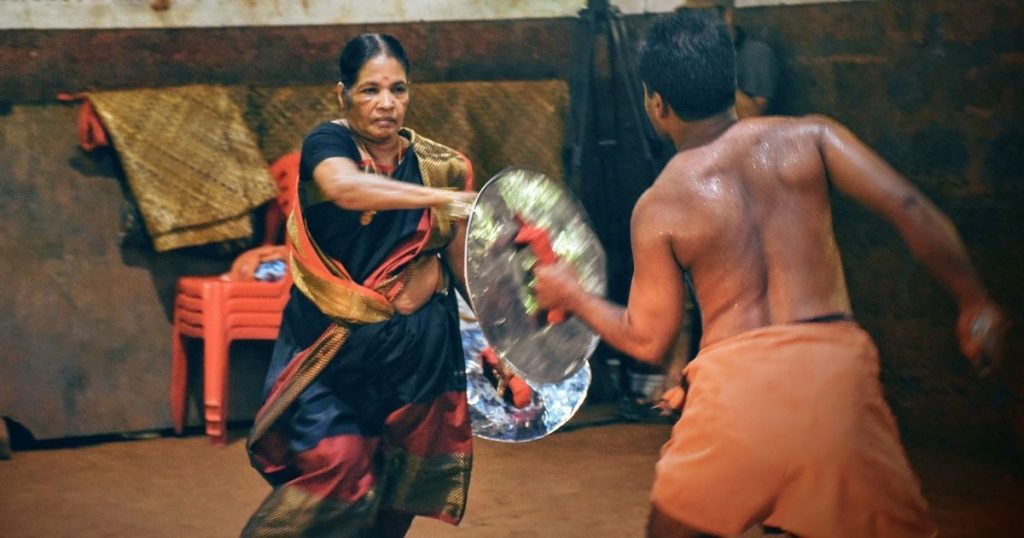
A glimpse of Meenakshiamma’s training
60 kms away from Kozhikode city in Kerala, at Kadathanad Kalari Sangh in Vadakara, a place known for its rich heritage of Kalaripayattu, Meenakshiamma, at 73, becomes the oldest practicing trainer of this fighting art form. Meenakshiamma says," In today's times' women cannot walk outside freely. They should train themselves in Kalaripayattu. Unlike before, there are so many elderly women and young girls who are coming forward to get trained."
It all started when her father had taken her and her sister to a local kalari. Observing her avid interest, she was enrolled to learn and train under Raghavan Master. "There were only a handful of girls in our class. But my father wasn't bothered. He was determined we learn Kalaripayattu," she says. Meenakshi turned out to be naturally gifted, and her father encouraged her to continue training even past puberty, when girls normally stopped.
"My father motivated me and I continuously practised till I was 17. I got married to my guru and took a short break. But after that break, I have never stopped my practice and training," She started her journey in martial arts at the age of seven.
"Each 'desam' or locality had a kalari or gymnasium with a guru at its head and both boys and girls received physical training in it”. "...Learn twice a day as long as they are children... and they become so loose jointed and supple that they make them turn their bodies contrary to nature.."
With around 150 students who learn Kalaripayattu in her school from June to September every year, she has trained hundreds of practitioners. Classes are three times in a day teaching the Northern style of Kalaripayattu that also includes the scientific skill of massaging for aches and pains.

Charging no fees, the students at the end of each year, give her whatever Guru Dakshina (repayment in any form honoring a teacher) they chose to. Today, some of her students are now Gurukkals or masters with their own institutes, themselves.
Techniques have been passed down through generations, written in a palm ‘booklet’, grey and delicate with age.
A rigourous schedule maintained over the years
It was her tears when he was slightly injured and started bleeding at one of the exhibition events that prompted her Guru or teacher to propose and marry her. After marriage she took on the responsibility of helping her husband-guru run the training center – Kadathanadan Kalari Sangam.
The Institute was commenced by her husband Raghavan Master, a school teacher with a passion for Kalaripayattu. Ironically he was not allowed to train professionally as a young child because he belonged to a Dalit community. Raghavan Master built his own Kalaripayattu training school in defiance. Kadathanadan Kalari Sangam set up in 1949, was a place where anyone and everyone who had a passion for the martial art could join.

Is it only about teaching the skills to others, for Meenakshiamma? Not necessarily. When school term is over, Meenakshi takes part in performances. “Nowadays, apart from teaching, I practise only when I have a show,” she says nonchalantly. She on an average performs in 60 shows a year.
In the 1940s and ‘50s, girls in India were rarely allowed to participate in any such activities on attaining puberty. So even after her marriage, even Meenakshi amma practiced behind closed doors. She took care of the massaging of students, caring after the girl disciples and correcting their movements in the absence of the Master.

The Meenakshiamma of today
Not to let an art go wasted from neglect, Meenakshiamma after the death of her husband about 10 years ago, took charge of the institute and started publicly teaching and performing. “My husband’s wish was to make this art accessible to everyone, irrespective of their caste and gender. He, as a young man, had faced bias and so had vowed to learn Kalari and spread the art to anyone who was willing to learn it,” recalls Meenakshiamma.
A winner of the Padma Shri Award, she says learning Kalari not only provides a person his or her self-defence but also boosts the confidence. “There is no need to carry arms. We teach many hand and leg combat forms also. In fact, this is the main and initial training in Kalari,’’ she elaborates while demonstrating on the mud floor of the center.

Many times while practicing, a performer gets injured. Even Meenakshi amma too has a deep scar below her eye. Hands and legs get injured quite often. “But that is part of any contact defence form. Every Kalari uses typical healing methods of full body medicinal oil massage. This not only helps in increasing the practitioner’s flexibility, but also treats muscle injuries that commonly occur during practice. In fact, because of the necessity of abundant oil massages, the training is conducted during monsoon when the weather in Kerala is cool,’’ informs the Guru.
“It was well past Independence when things really picked up. Now it's a way of life for us," says Meenakshi. Her children, two sons and two daughters, and even grandsons also started training in Kalaripayattu at six, and today her son Sajeev is a Gurukkal. "I will practise Kalaripayattu for as long as I physically can," she adds.

Historical background
Mythology credits Parasurama, as being the father of Kalaripayattu, having learnt in from Lord Shiva himself. Notably the Thiyya/Ezhava warriors of Puthooram tharavad in North Malabar are considered Kalaripayattu champions. Heroes and heroines such as Aromal Chekavar, an expert in 'ankam' (duelling) and Unniarcha, a woman skilled in 'urumi' combat are talked about a lot. An expert is assumed to be very good at the use of fist daggers, shields, spears, thick wooden rods, tusk-shaped 'ottas' and 'urumis' - long flexible blades used in combat. Many of these weapons decorate the walls of Meenakshiamma’s institute, including a polished shield that she trained with as a young girl.

Kalaripayattu and the interest in it declined after the 17th century. Colonial rulers percieved that locals could pose a threat to them if they trained in the martial arts, and strongly discouraged Kalaripayattu. Women who by that time were also being given education had prudery come their way and desisted from learning such skills. It was revived only in the 1920s but the weapons that were used were considered as dangerous weapons that needed special licenses to keep. This made many a practitioner keep them hidden so as not to attract unnecessary attention of the authorities.
Kalari on the movie screens
Many feature films have incorporated Kalaripayattu as part of a fighting sequence and a couple have even had it as part of a theme. In 1978, Kannada film Ondanondu Kaladalli, directed by Girish Karnad and the winner of the National Film Award, was entirely based on this form. Moe recent movies that have shown Kalaripayattu are Asoka, The Myth, The Last Legion, Manasara, Commando, Baaghi etc.

In praise of the saree
If you see the various images of Meenakshiamma practicing and seen in different stances and poses, you would get an idea, how apt the Indian saree is when it comes to a) ease of movement b) comfort in long durations of wear c) matching any traditional form (skilled fighting in this case) d) color and variety e) wearing style that affords any degree of movement while still retaining the dignity of the woman and for many other reasons.
Again the fabric makes a huge difference if it has to be a strong weave, yet light in weight; one that is airy and provides cooling to the body, not just looking attractive and causing the body to heat up; acceptable to the wearer by look and decency, yet good enough to attempt any physical move in it without fear of malfunction. All the above is easily satisfied for any adventurous lady; the wearing of a handloom saree additionally provides for being traditional, is easily worn, and one that is accustomed to, for any Indian woman.

Check out Meenakshiamma in her different saree avatars that make her look like one advocating the Indian handloom saree for the tremendous advantage the fabric gives, in her rigorous daily routine.
People like Meenakshiamma never age with time. And in her case, she faced the disadvantages of most of the time being unable to freely learn and master the art, because of the restrictions that society placed then on women. Yet like it is said, where there is dedication, time and other benevolent forces in the entire universe get together to see a desire come true.
[gallery size="medium" ids="15570,15571,15572,15573"]
She has even today at 73, the energy of a youngster, the skill of a master and the humility to see that more and more students are able to come and learn an ancient art of promise; skills in self-defense to protect oneself most times.
Truly She’s Different!
[/vc_column_text][/vc_column][/vc_row][vc_row][vc_column][vc_video link="https://www.youtube.com/watch?v=6WuuR2I7ec8"][/vc_column][/vc_row]


